-
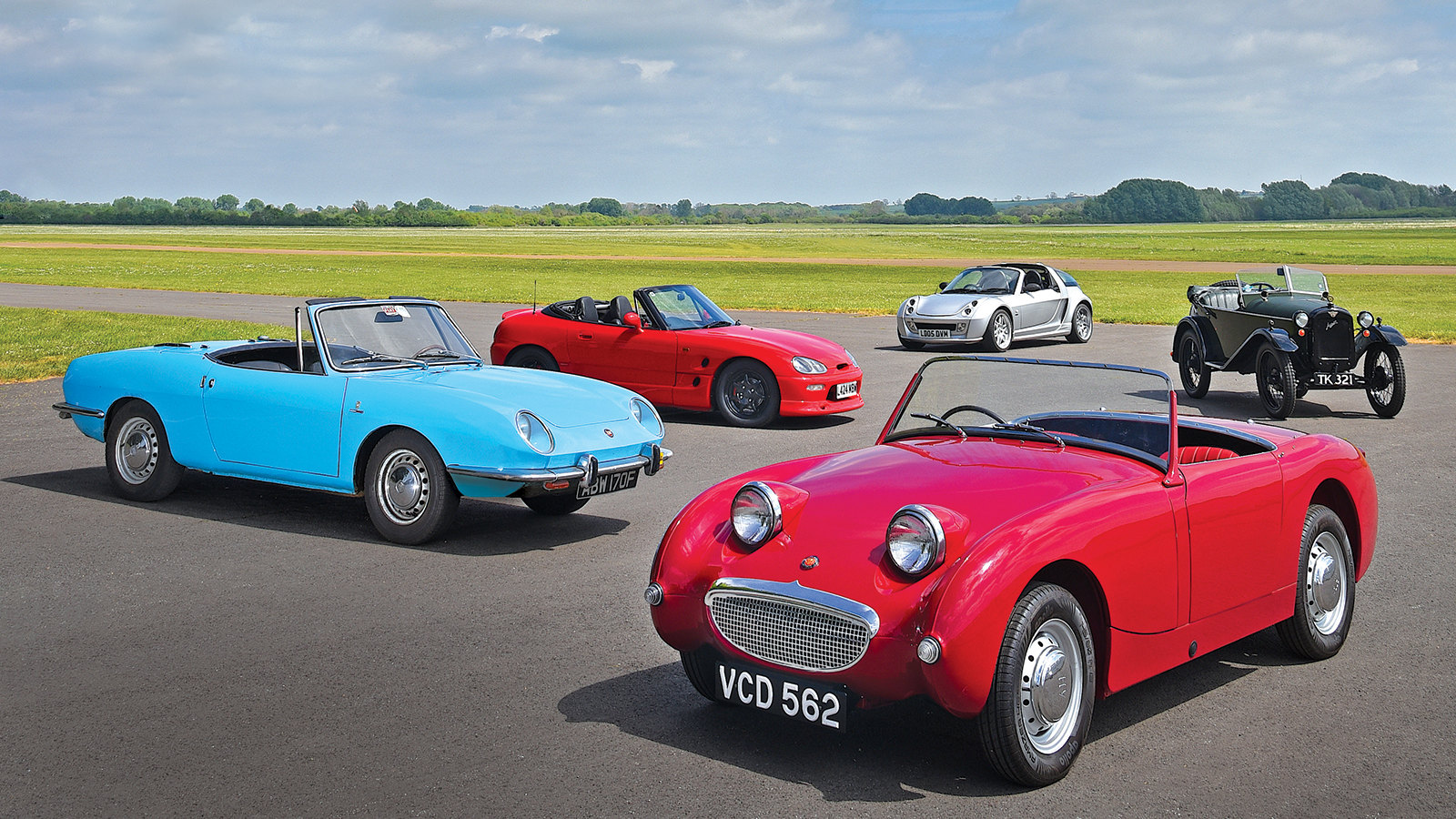 © Will Williams/Classic & Sports Car
© Will Williams/Classic & Sports Car -
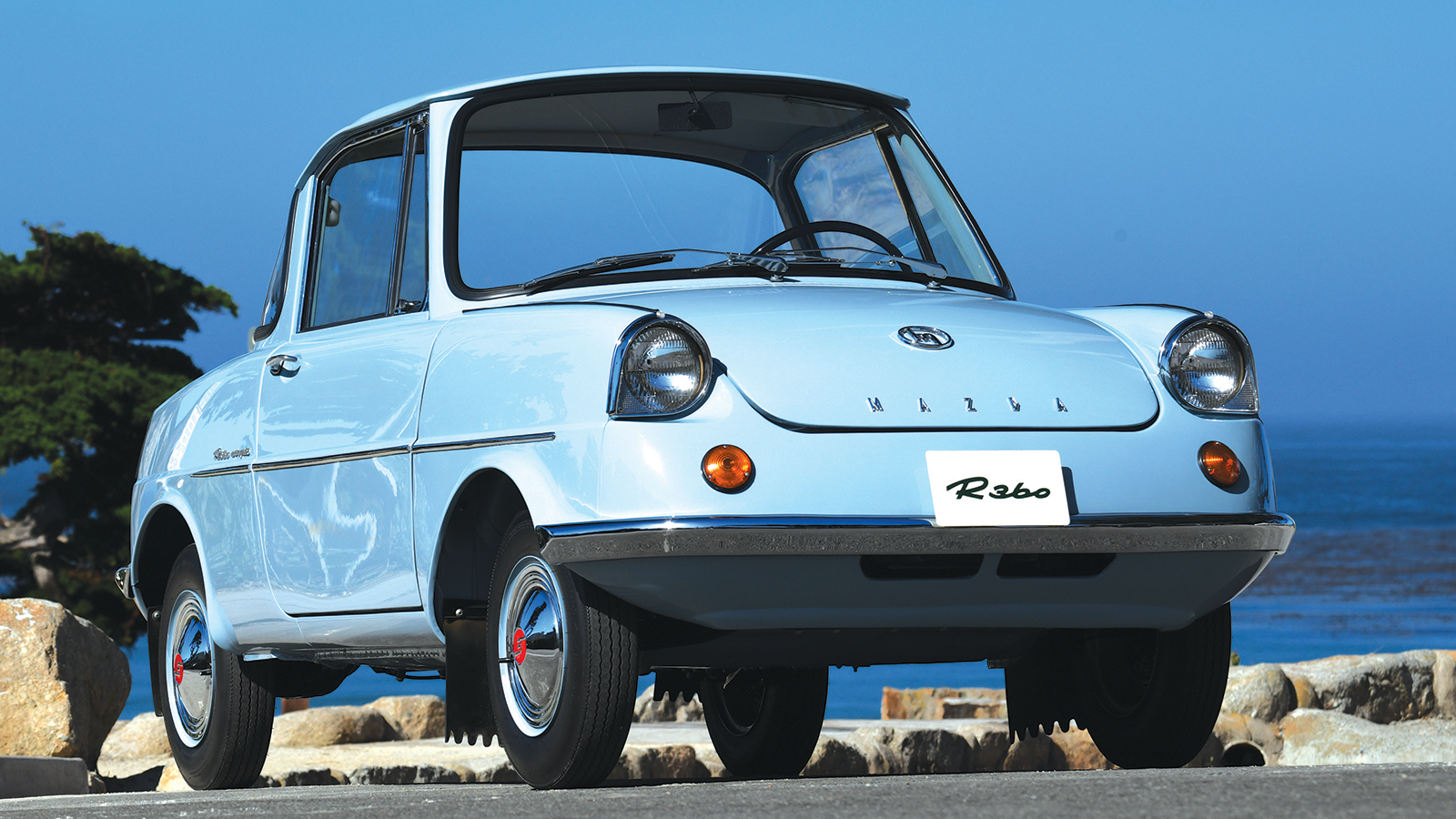 © Haymarket Archive
© Haymarket Archive -
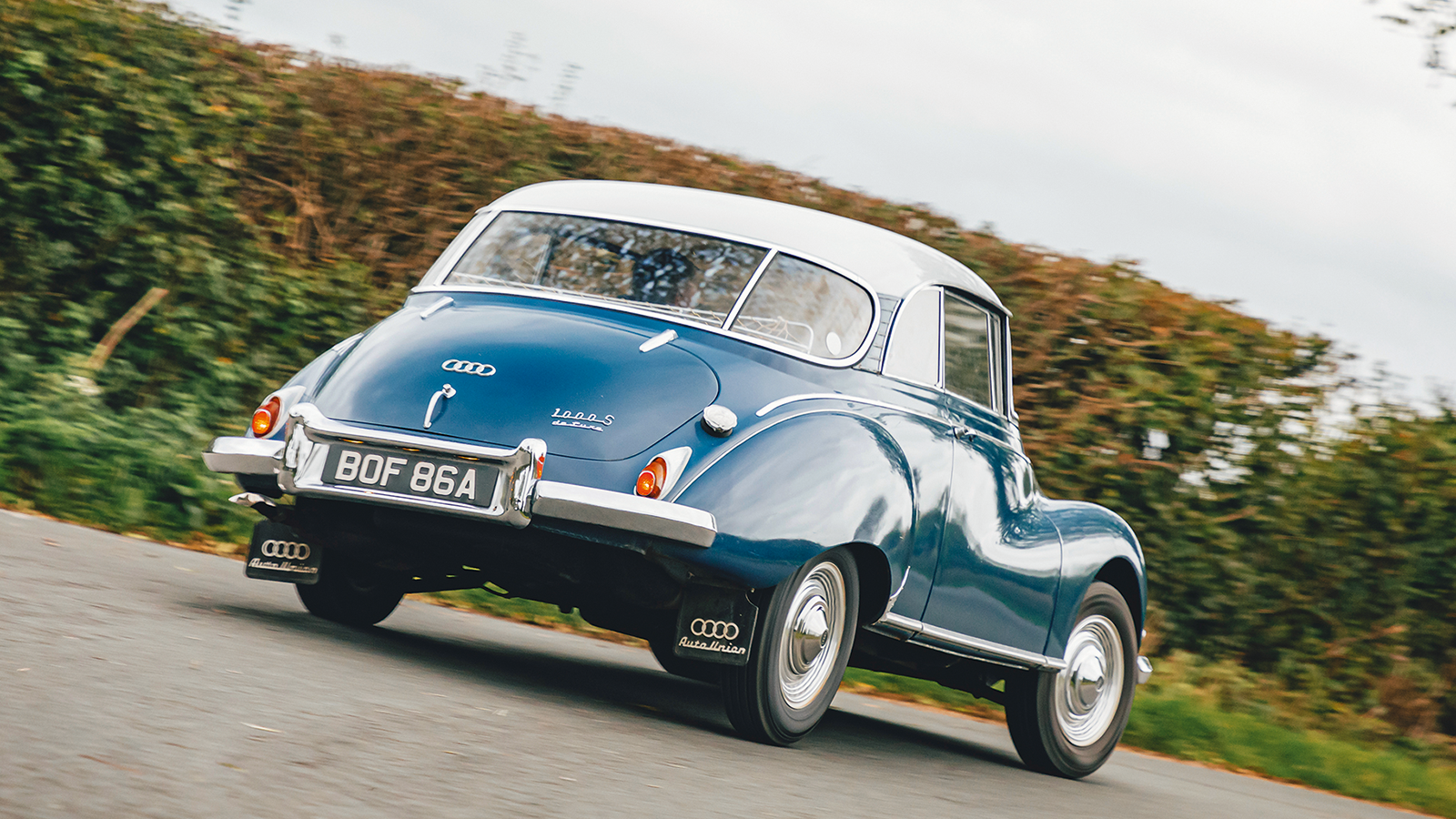 © Haymarket Archive
© Haymarket Archive -
 © Haymarket Archive
© Haymarket Archive -
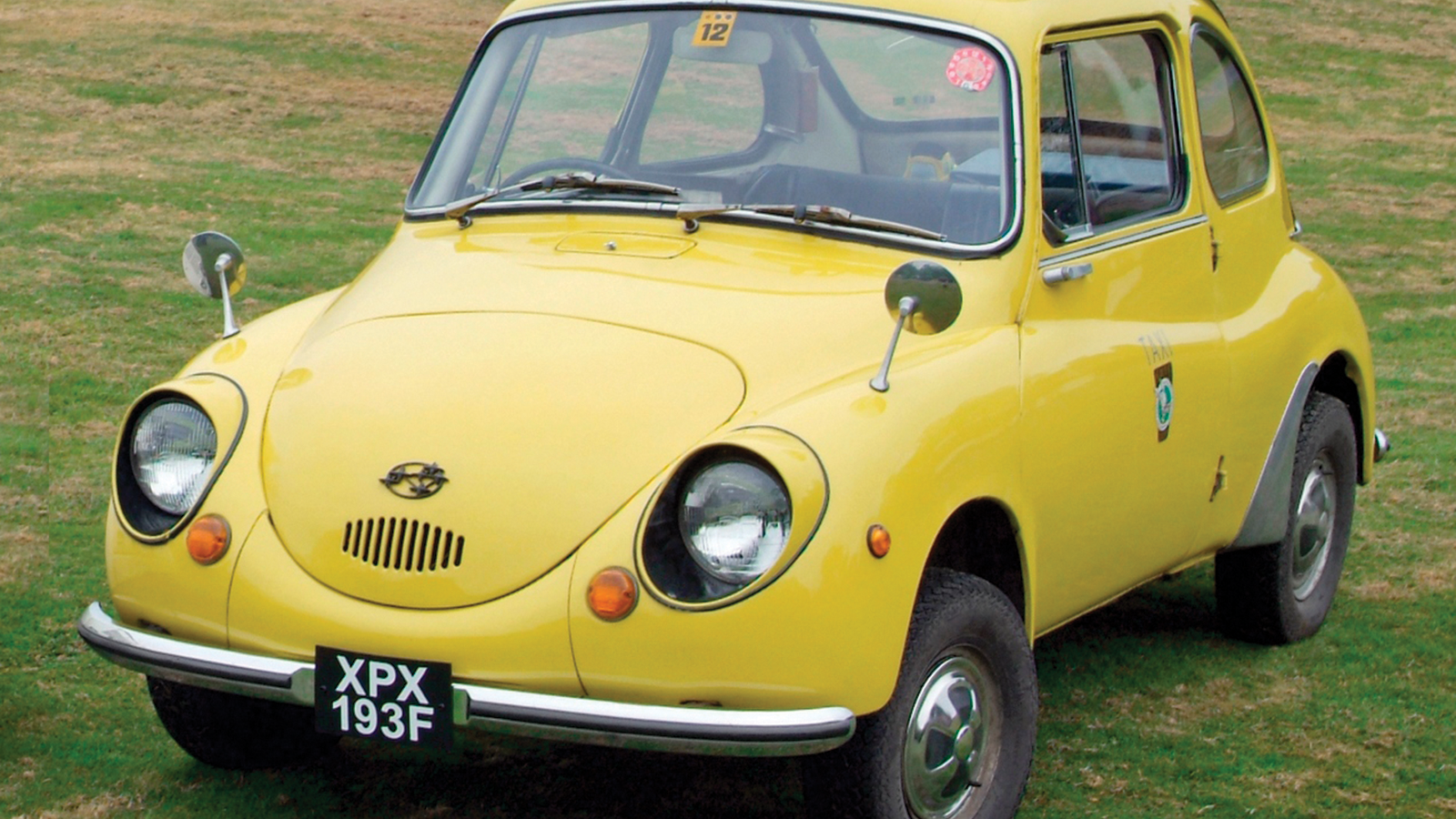 © Haymarket Archive
© Haymarket Archive -
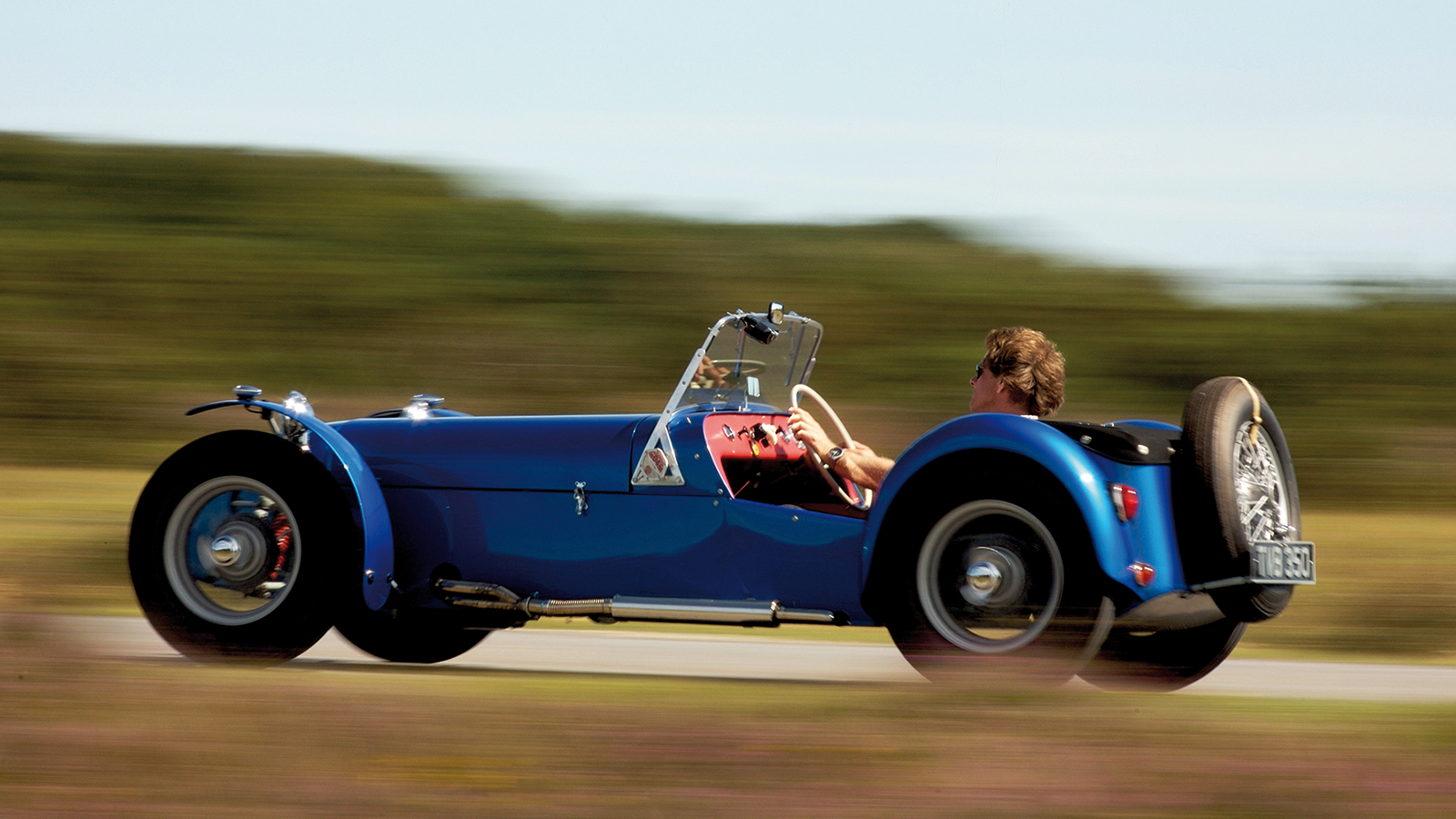 © Haymarket Archive
© Haymarket Archive -
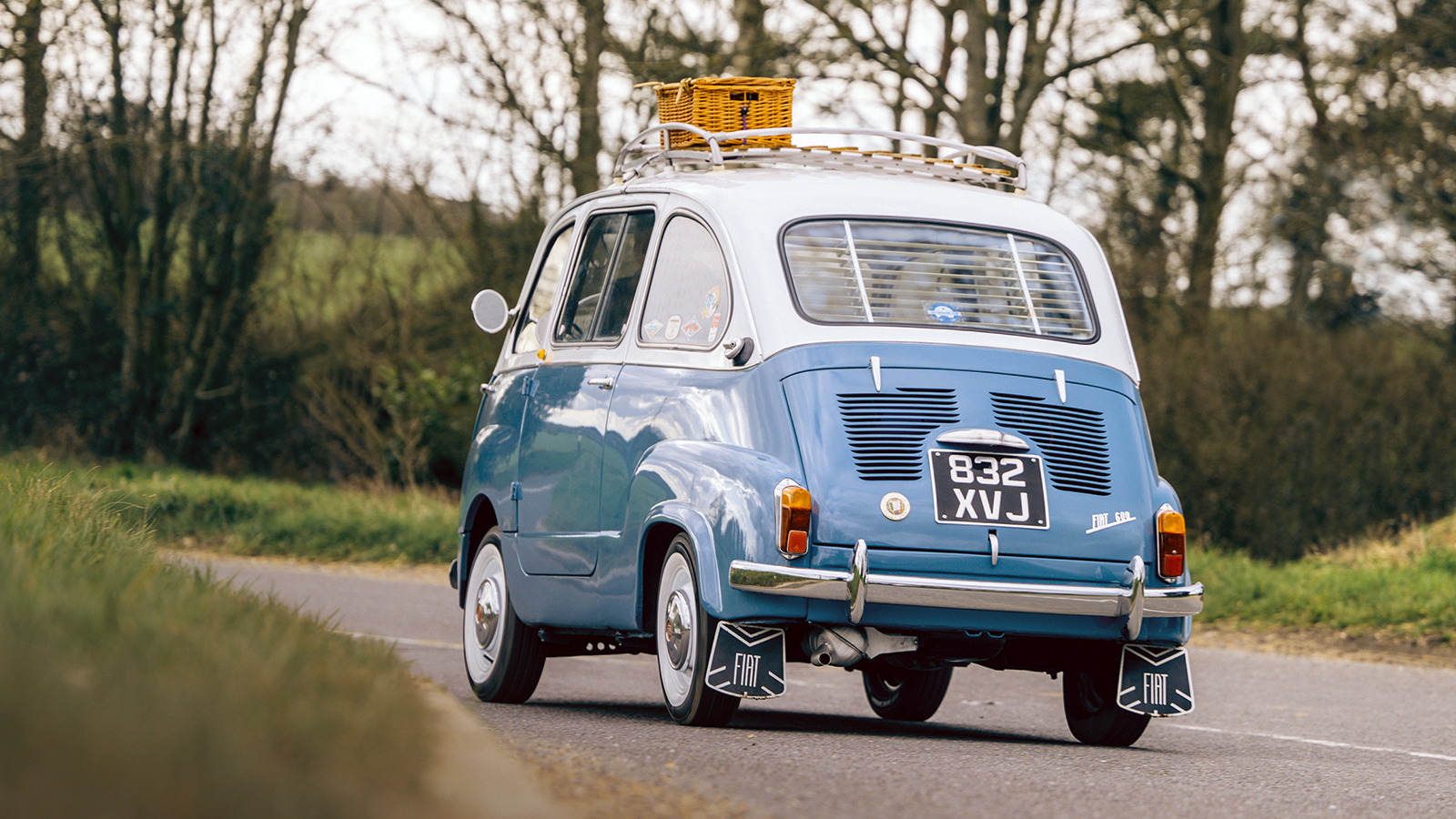 © Olgun Kordal/Classic & Sports Car
© Olgun Kordal/Classic & Sports Car -
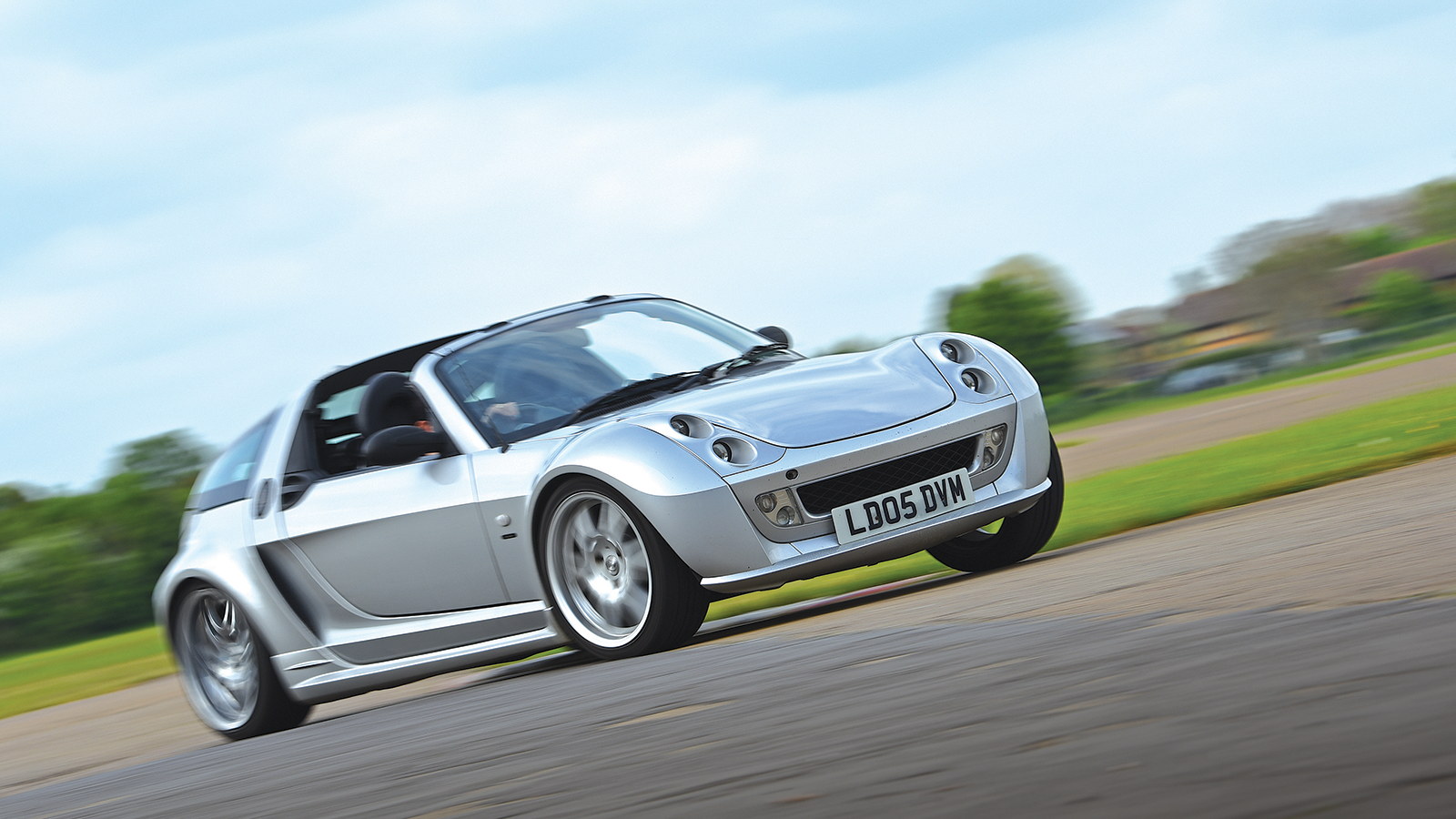 © Will Williams/Classic & Sports Car
© Will Williams/Classic & Sports Car -
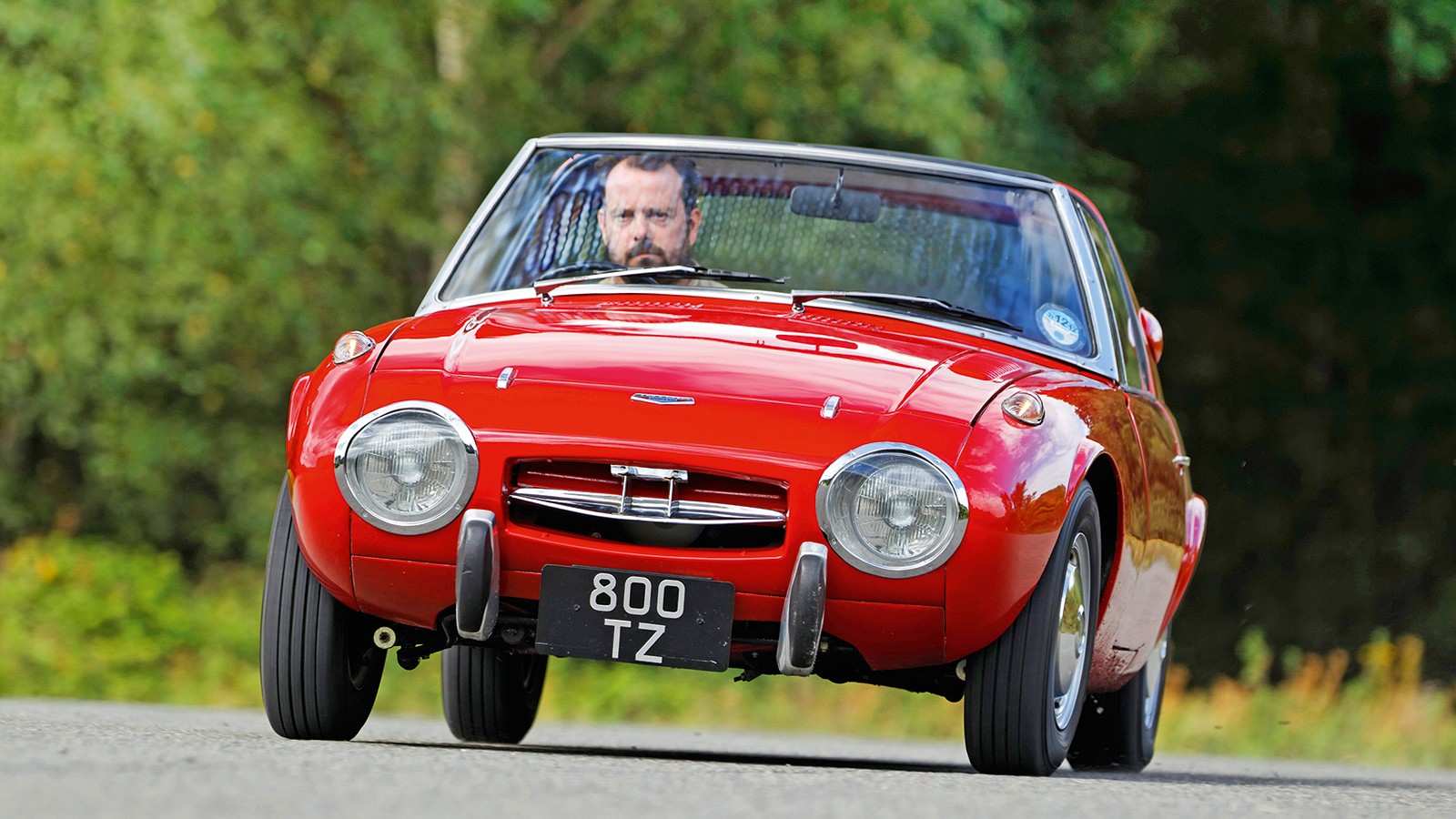 © Haymarket Archive
© Haymarket Archive -
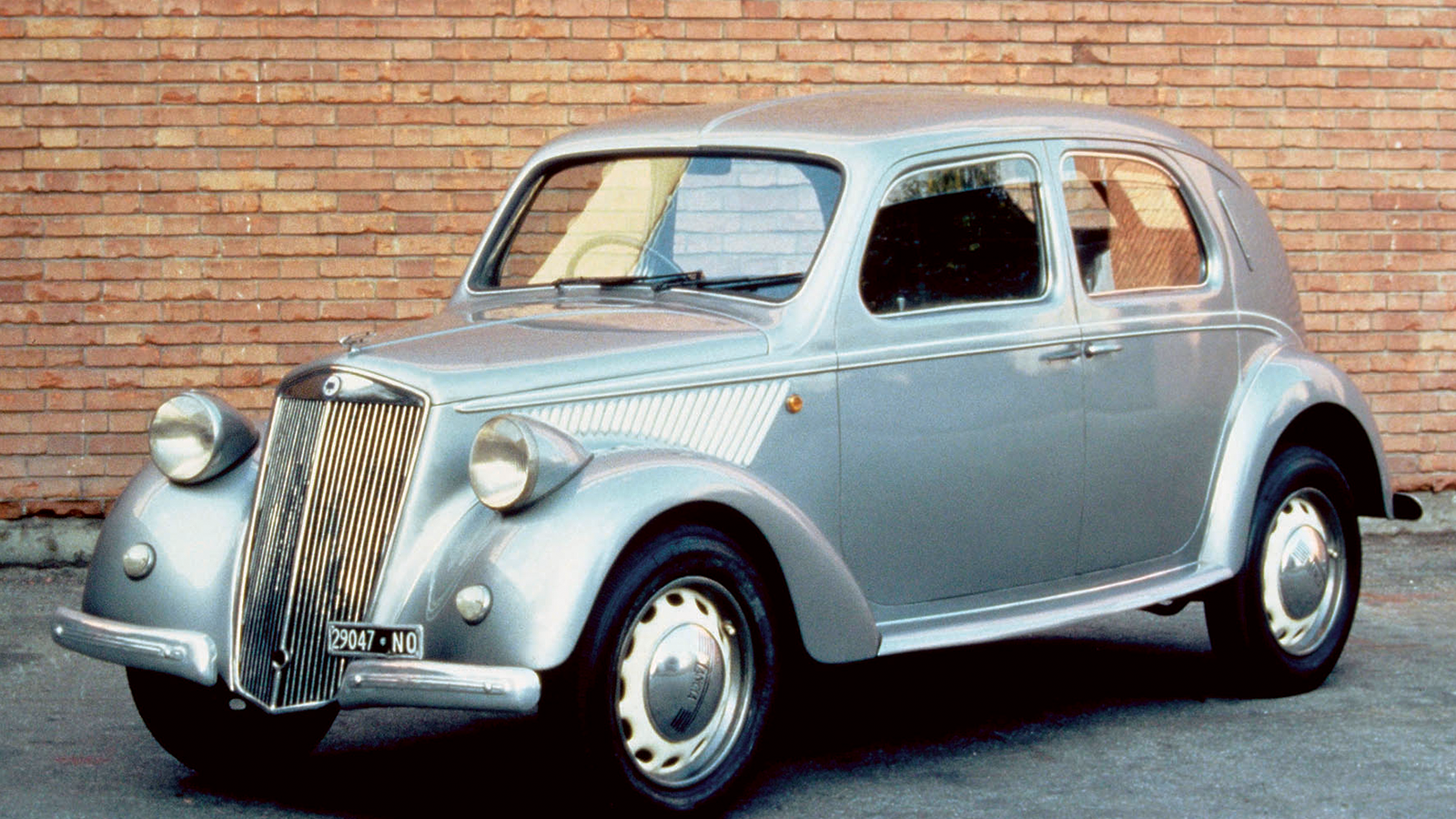 © Haymarket Archive
© Haymarket Archive -
 © Haymarket Archive
© Haymarket Archive -
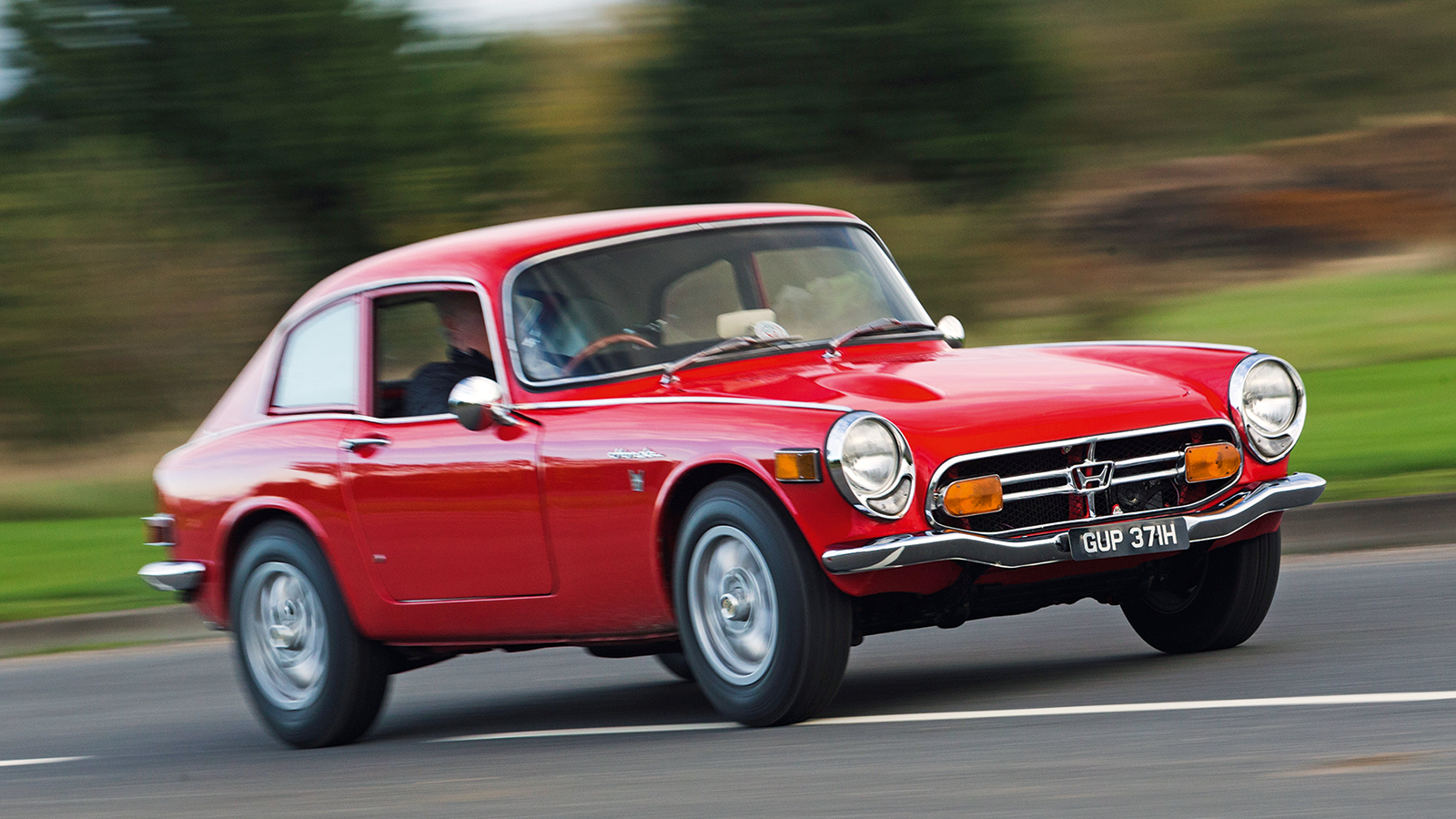 © Haymarket Archive
© Haymarket Archive -
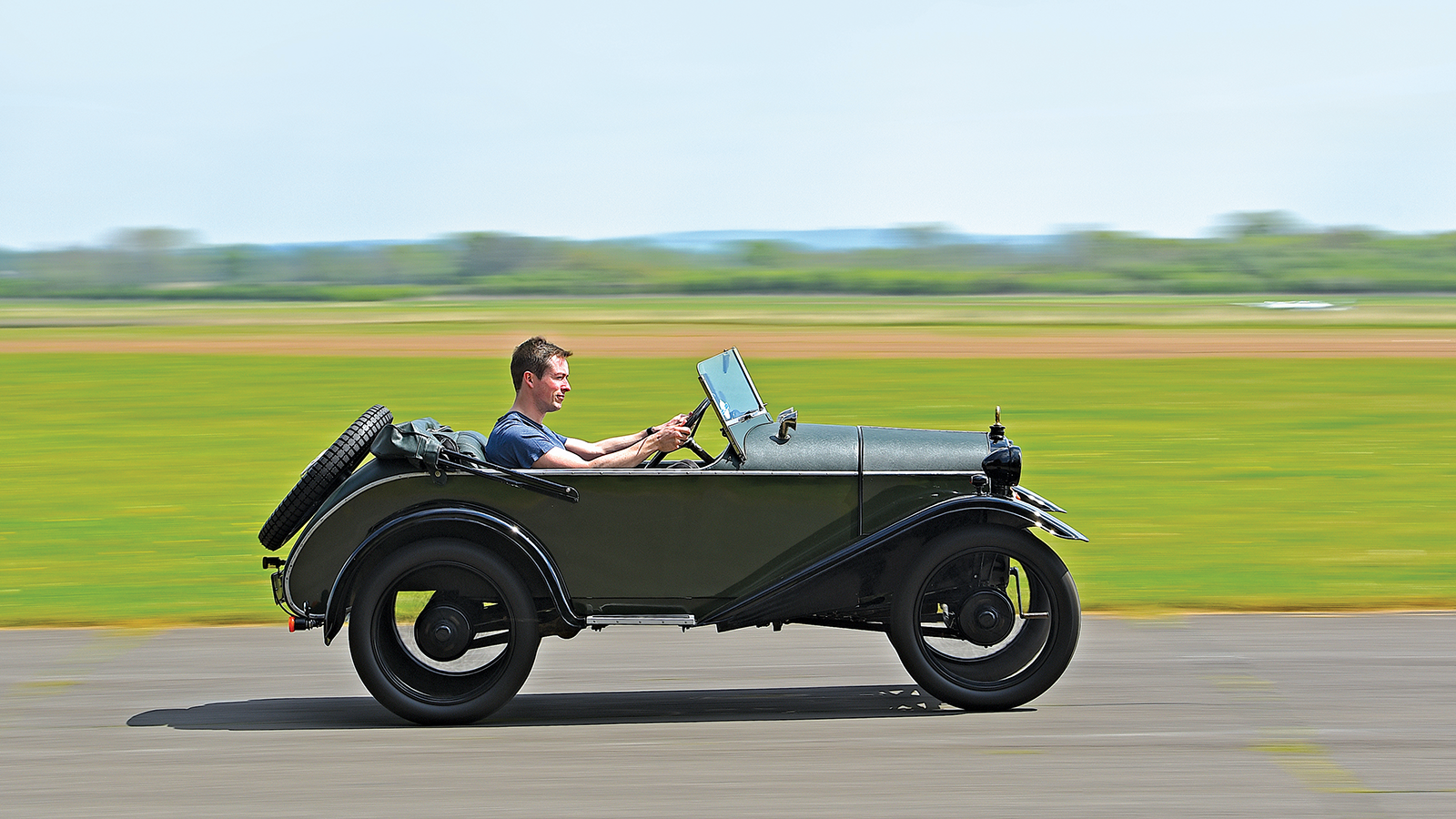 © Will Williams/Classic & Sports Car
© Will Williams/Classic & Sports Car -
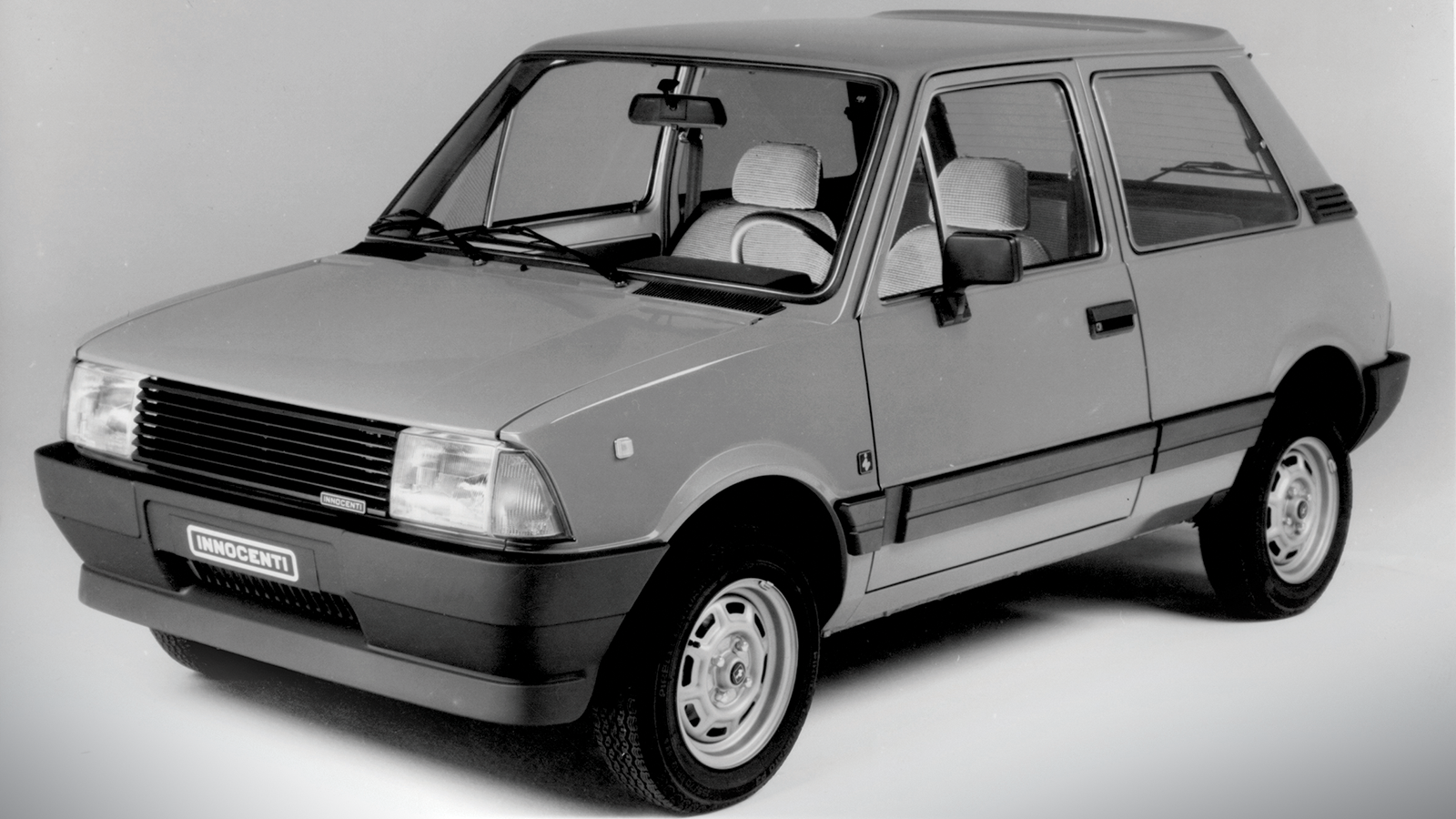 © Haymarket Archive
© Haymarket Archive -
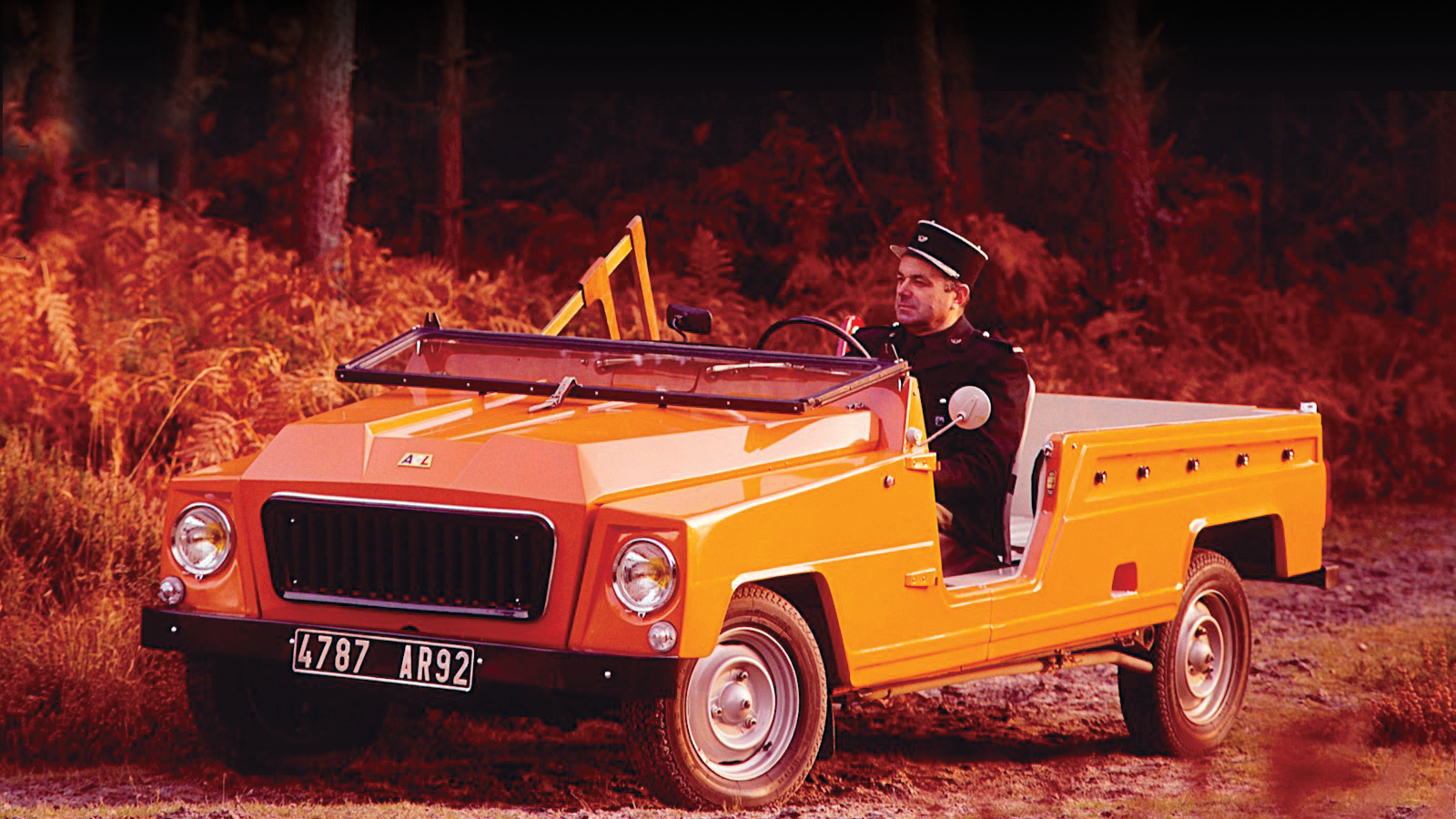 © Haymarket Archive
© Haymarket Archive -
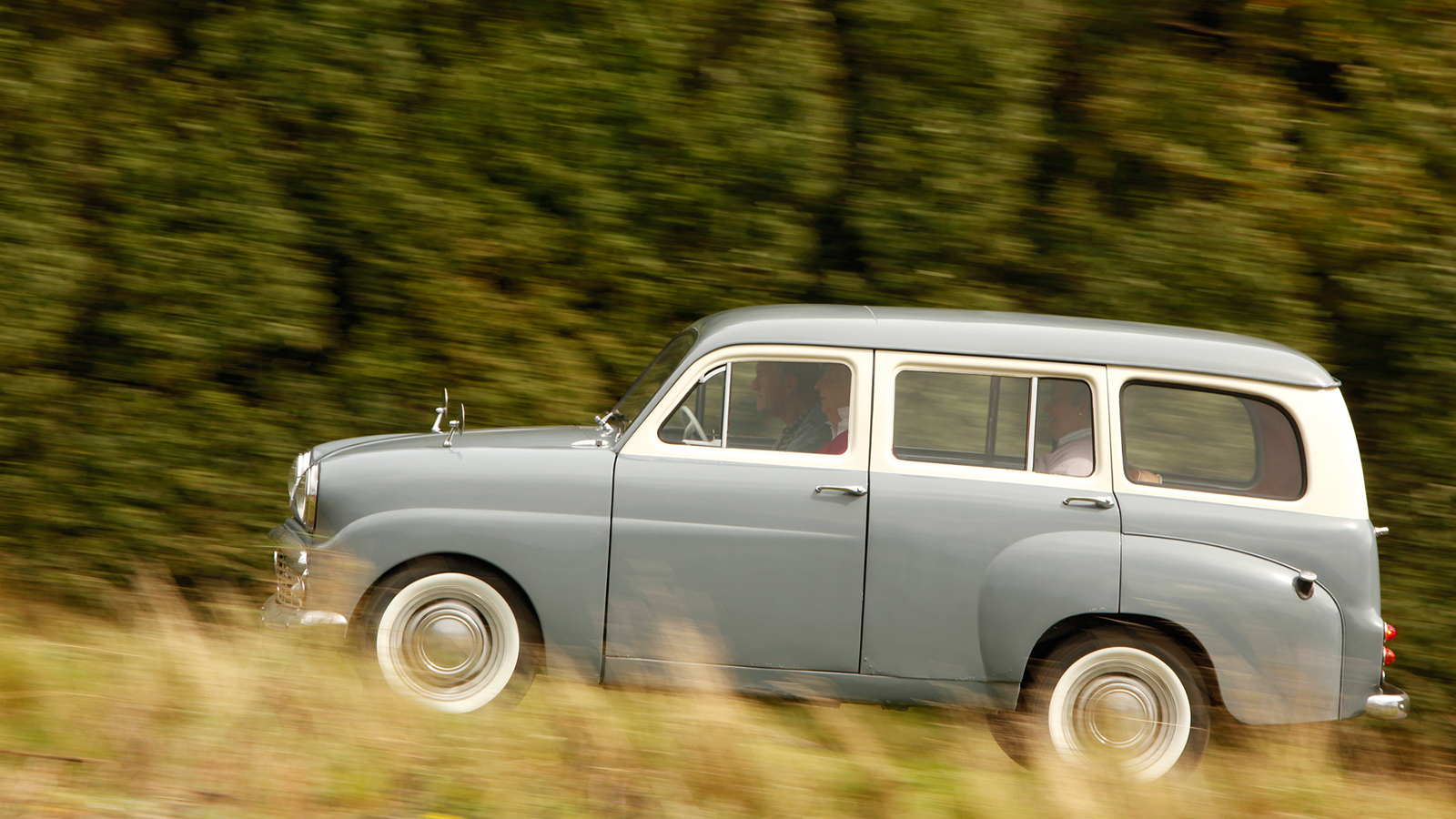 © Haymarket Archive
© Haymarket Archive -
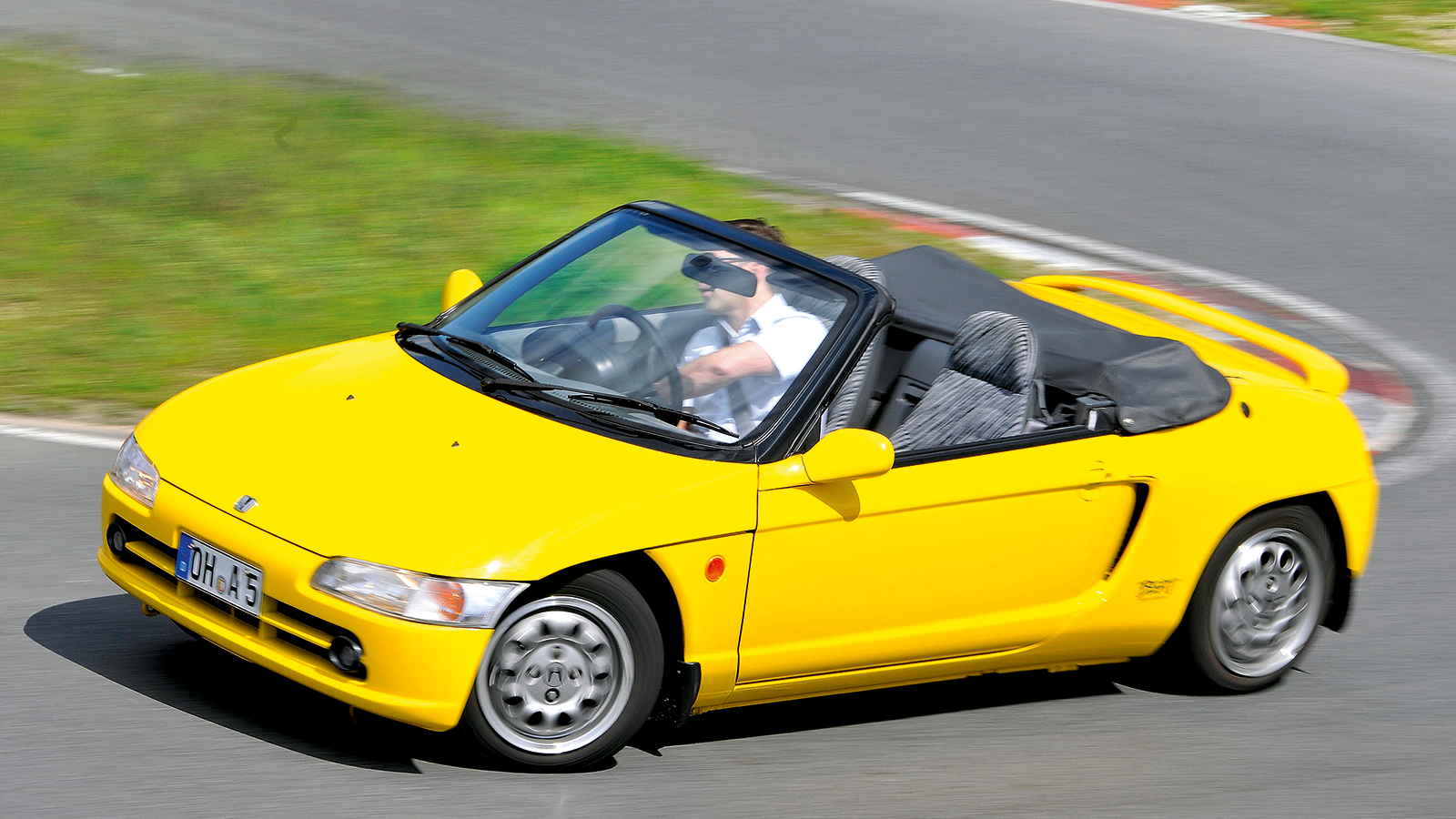 © Haymarket Archive
© Haymarket Archive -
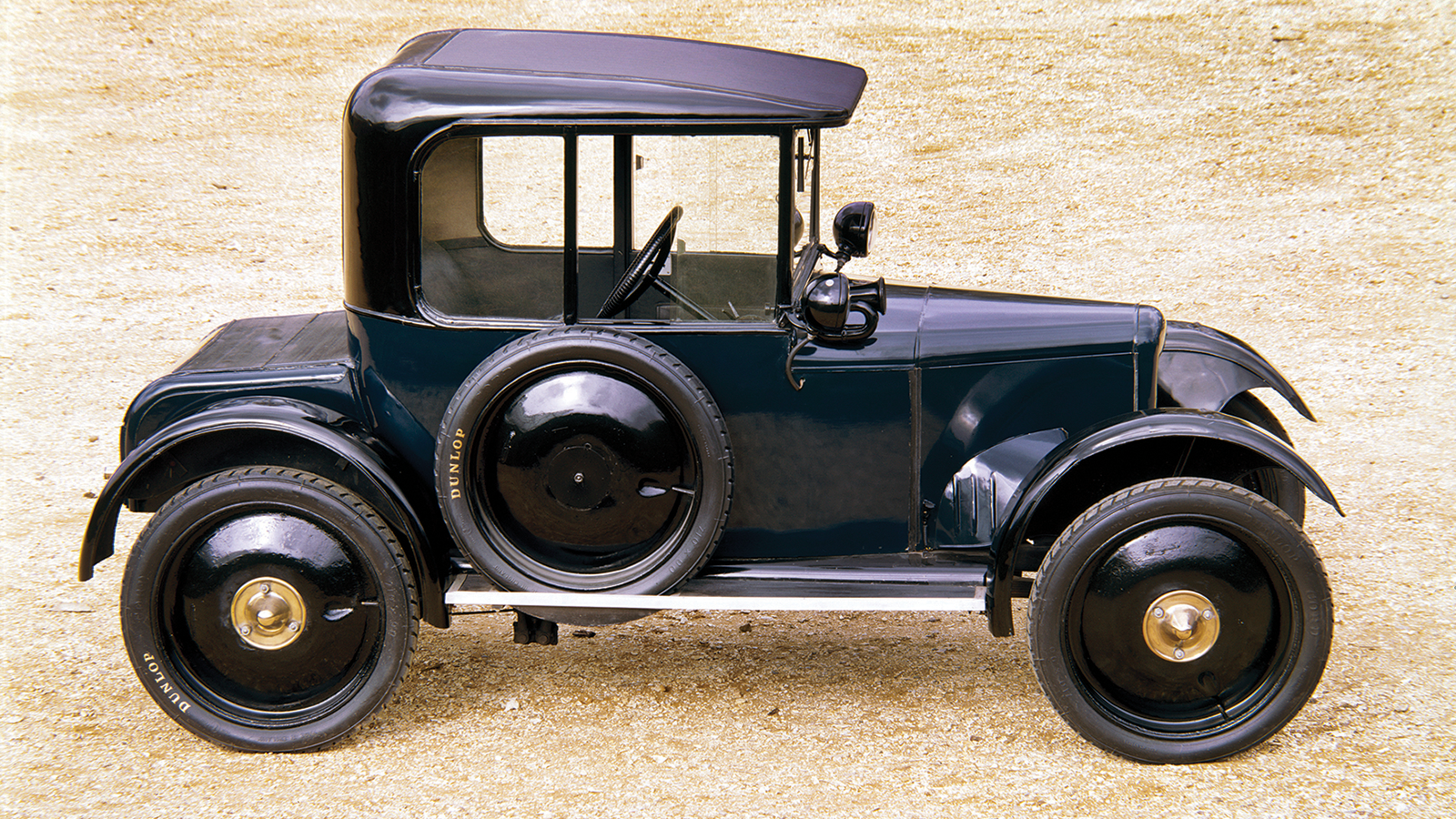 © Haymarket Archive
© Haymarket Archive -
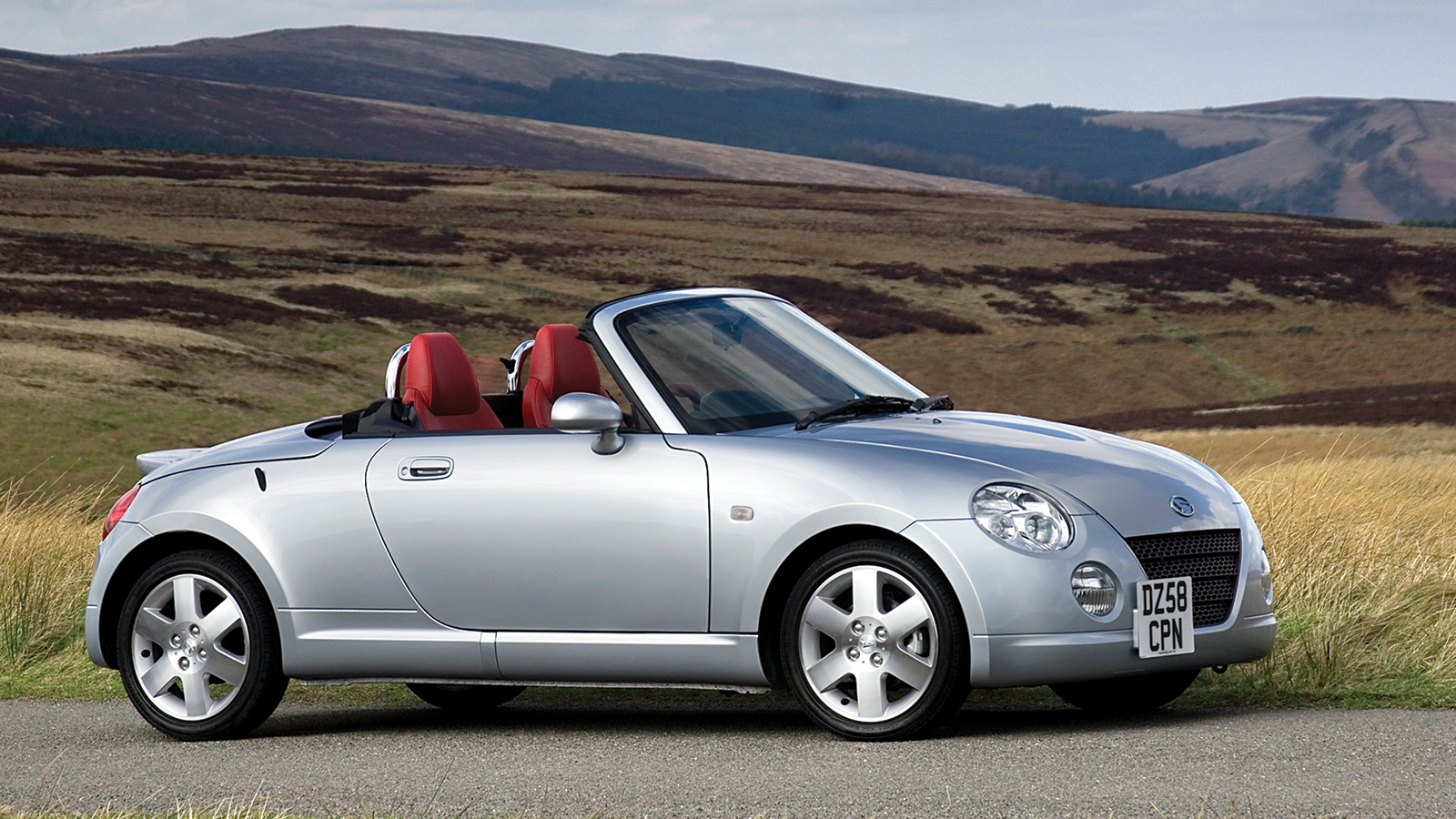 © Haymarket Archive
© Haymarket Archive -
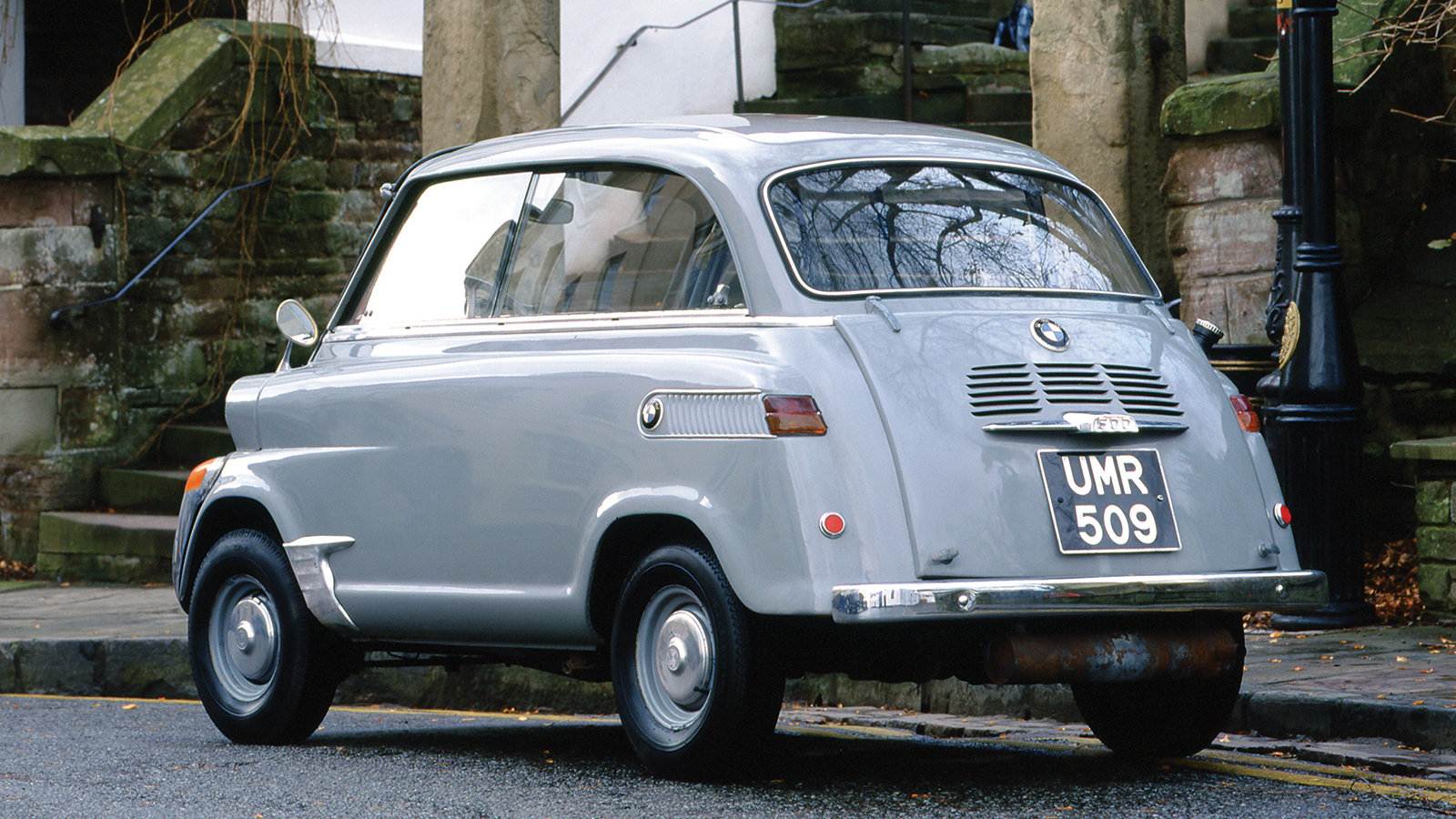 © Haymarket Archive
© Haymarket Archive -
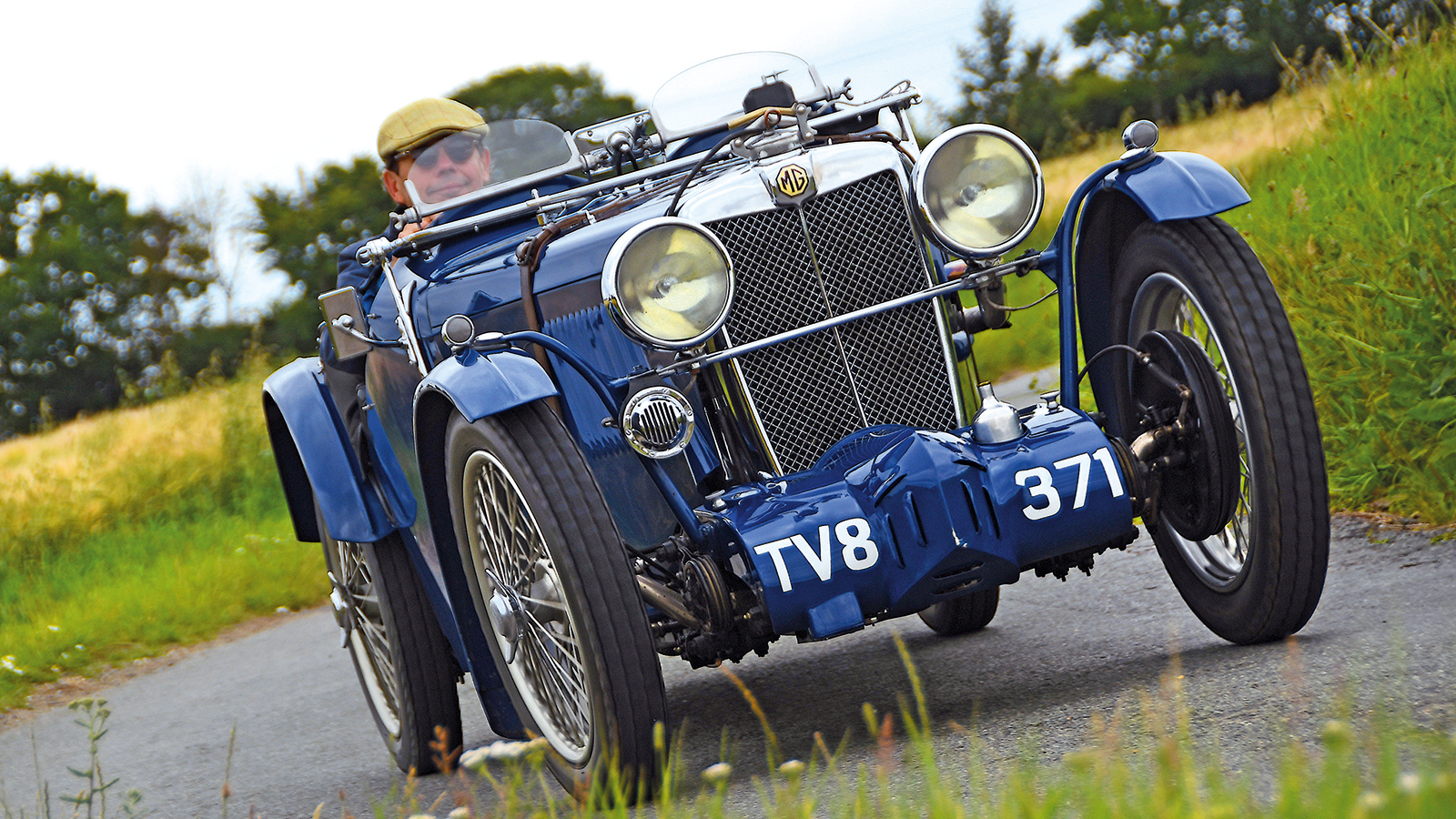 © Haymarket Archive
© Haymarket Archive -
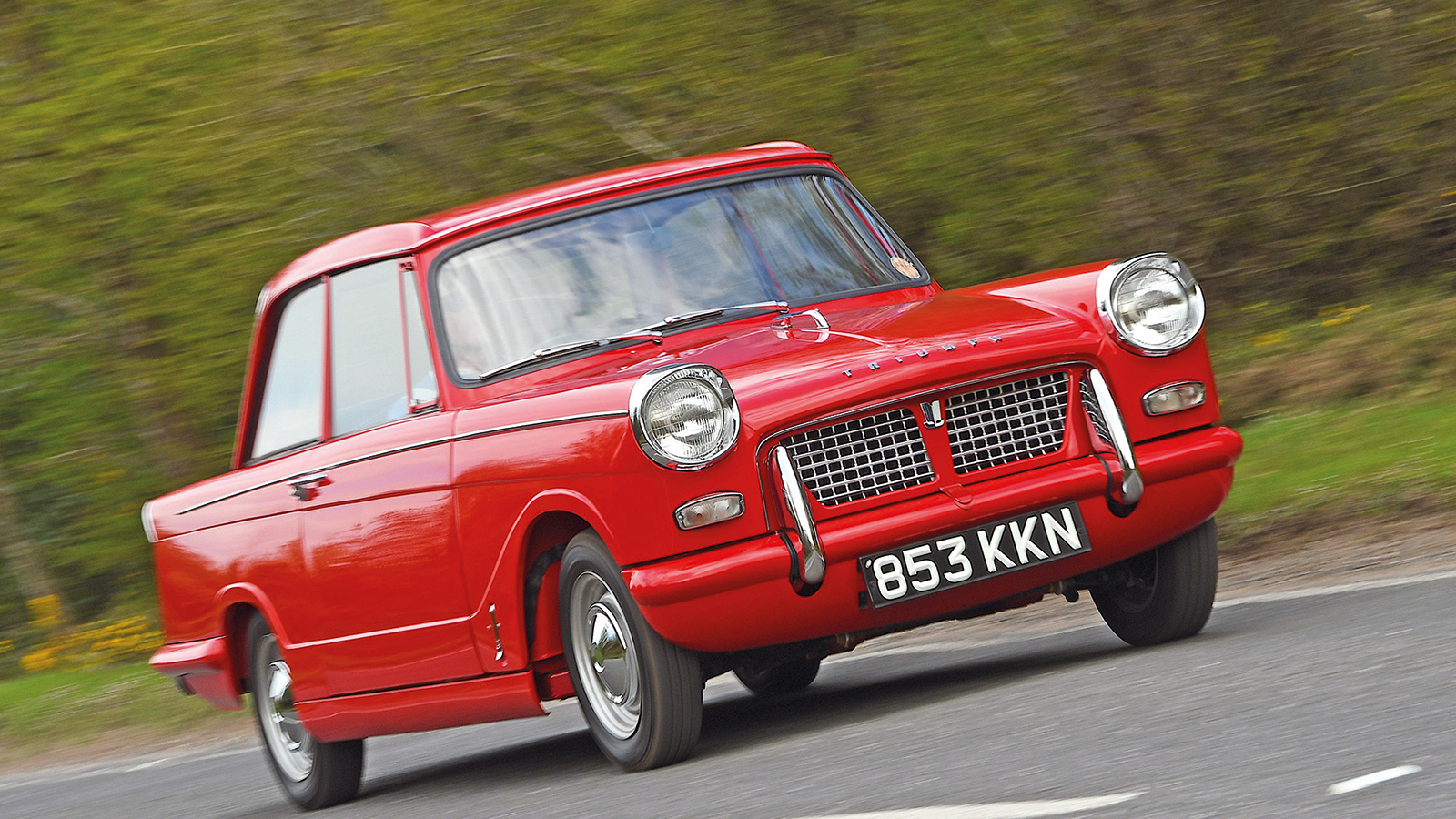 © Haymarket Archive
© Haymarket Archive -
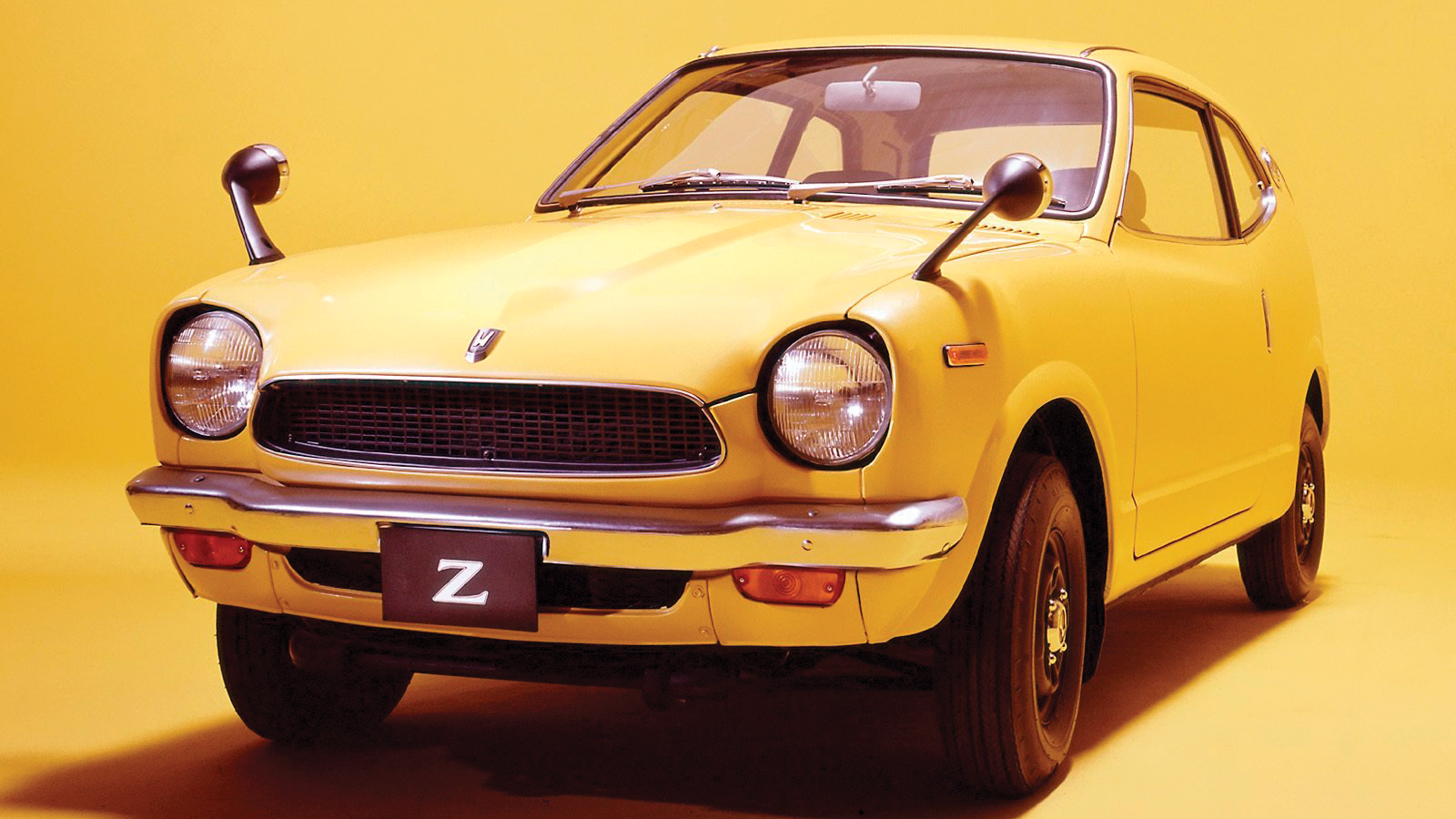 © Haymarket Archive
© Haymarket Archive -
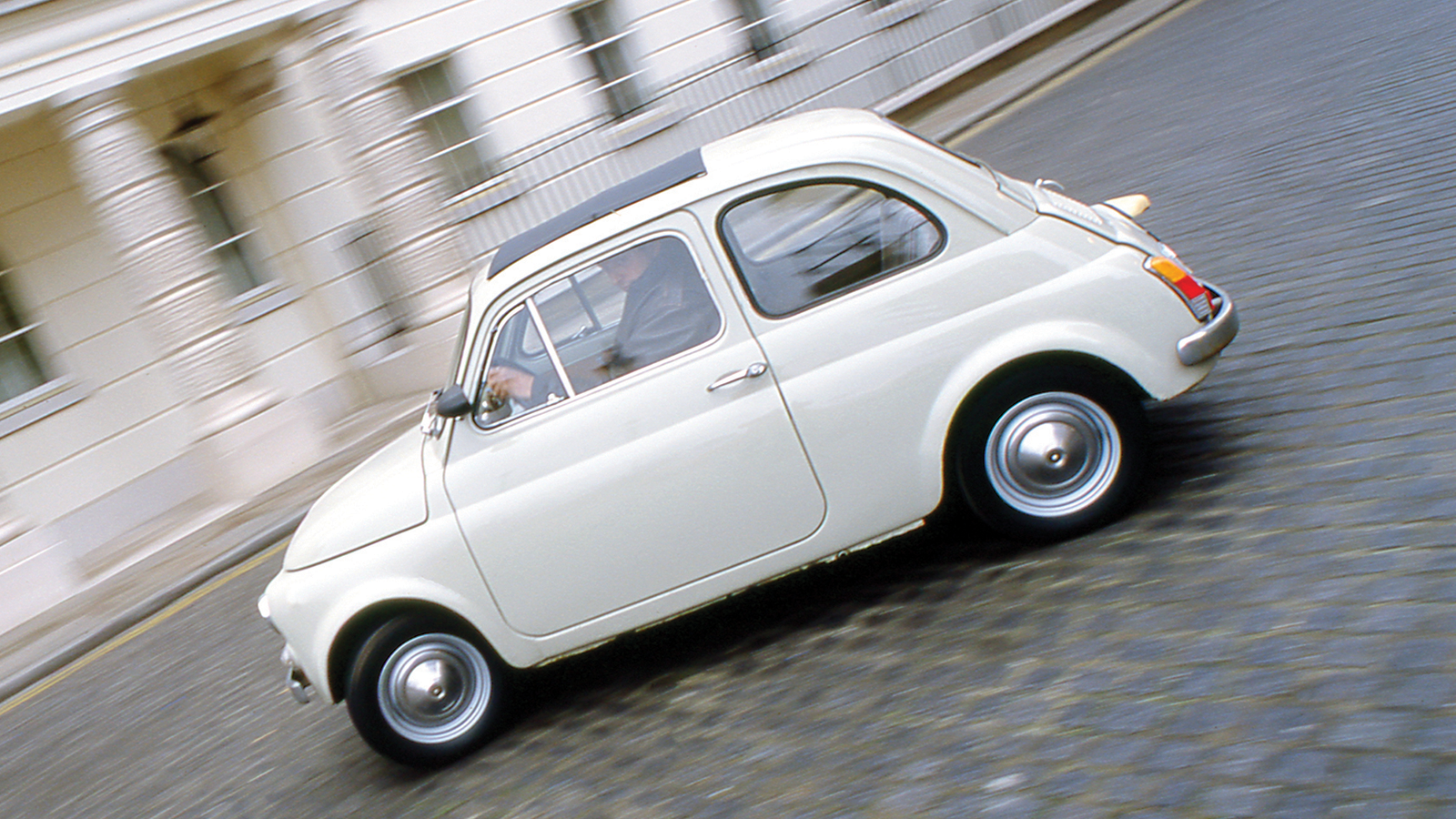 © Haymarket Archive
© Haymarket Archive -
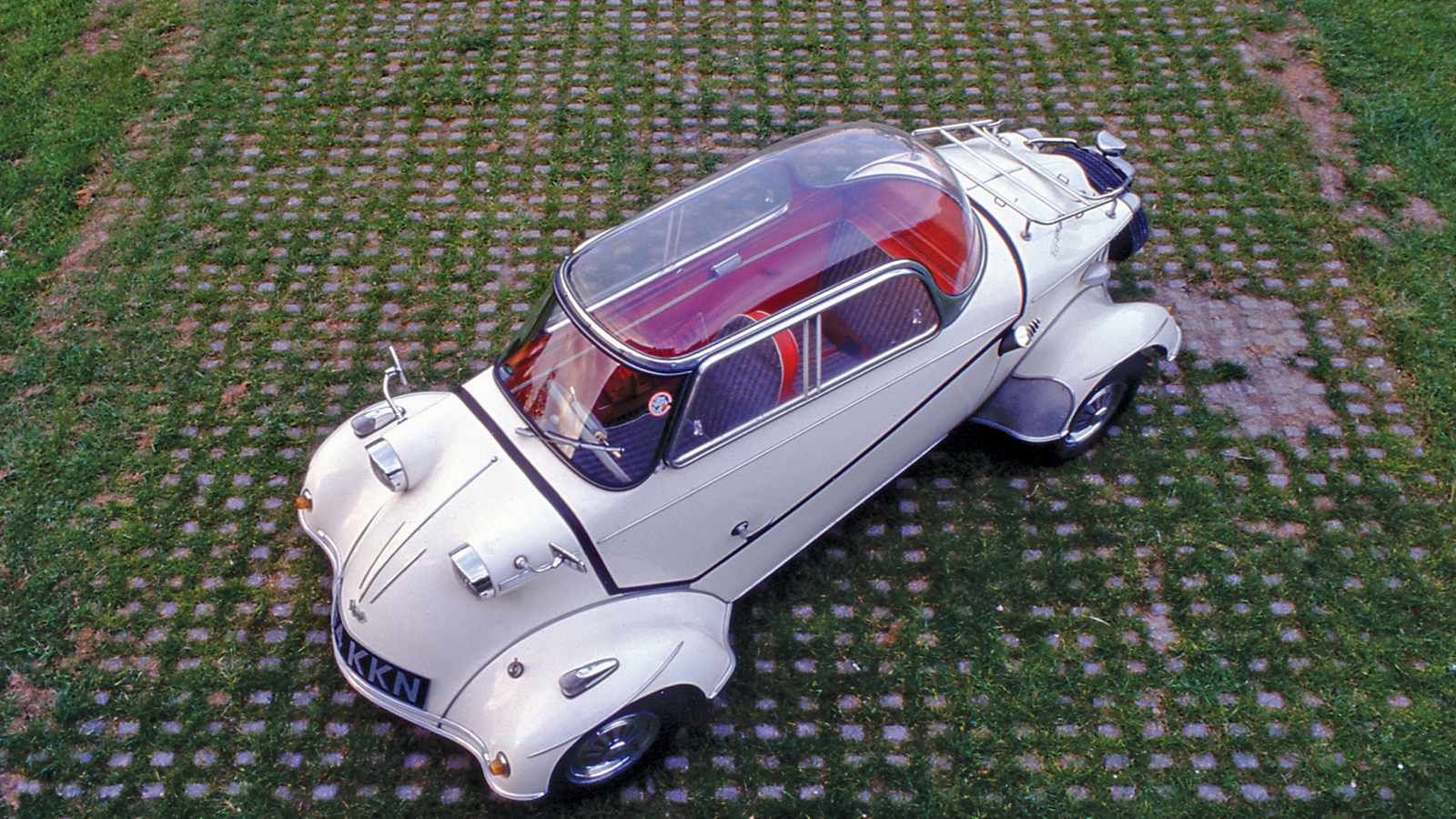 © Haymarket Archive
© Haymarket Archive -
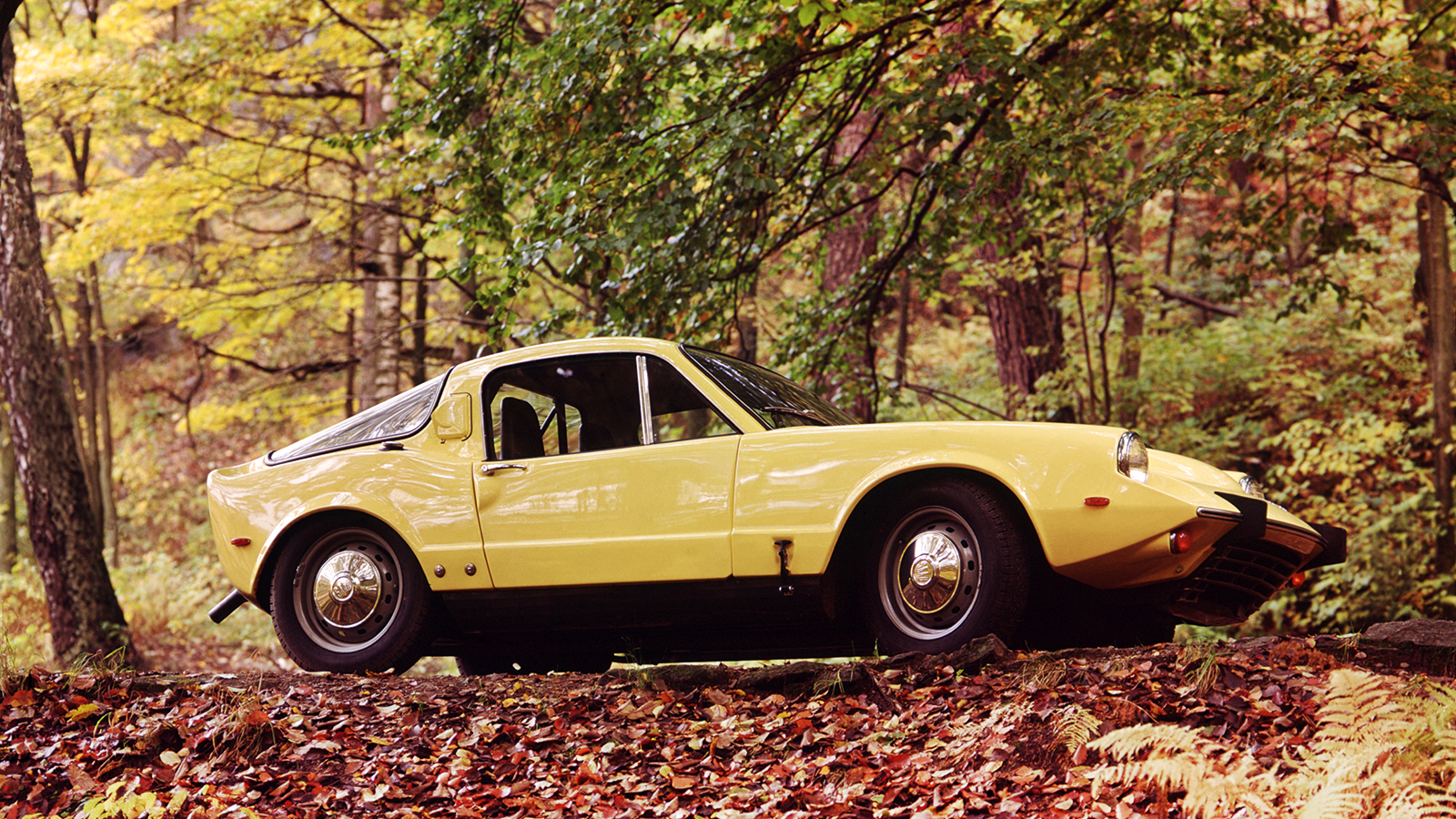 © Haymarket Archive
© Haymarket Archive -
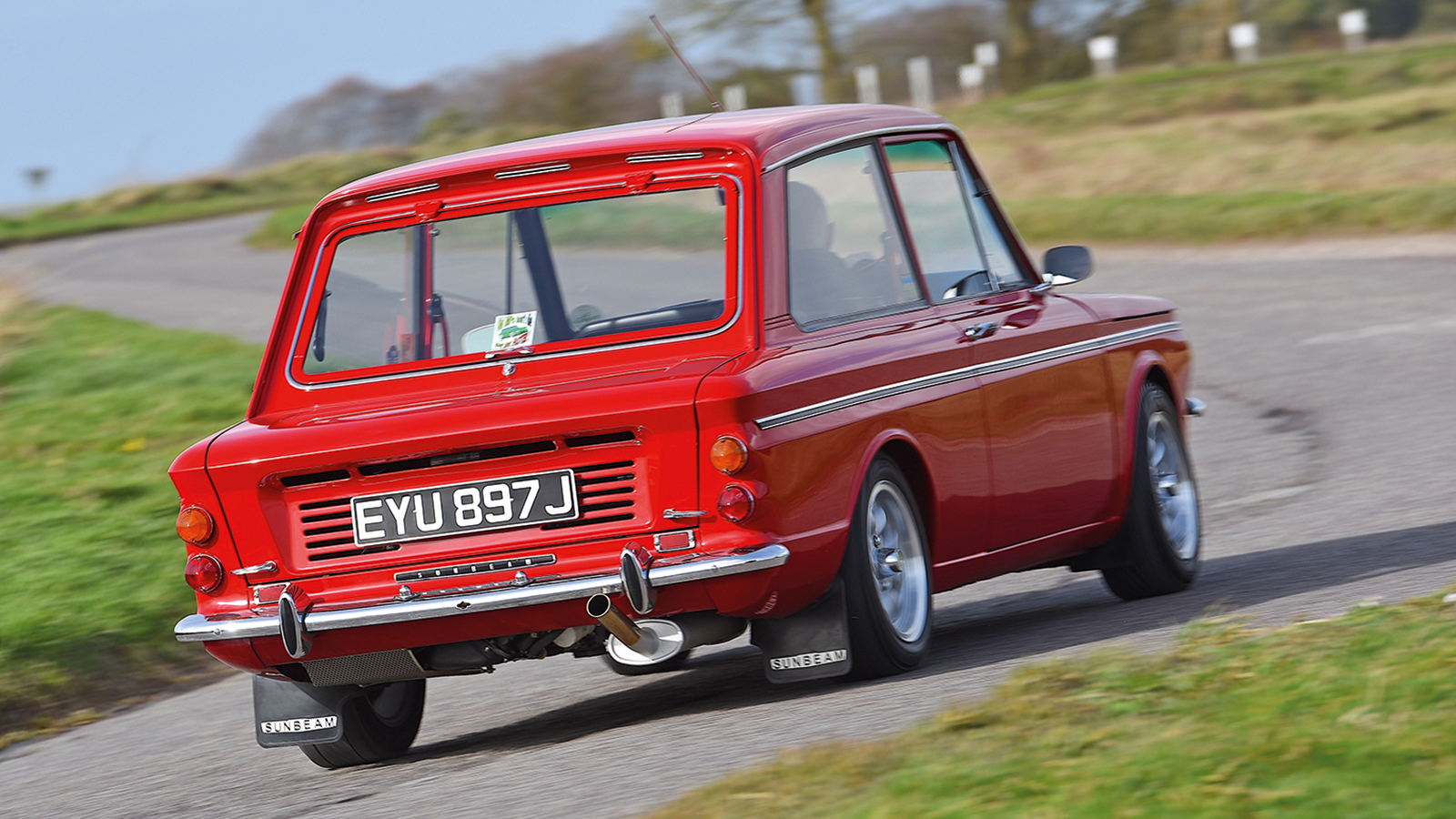 © Haymarket Archive
© Haymarket Archive -
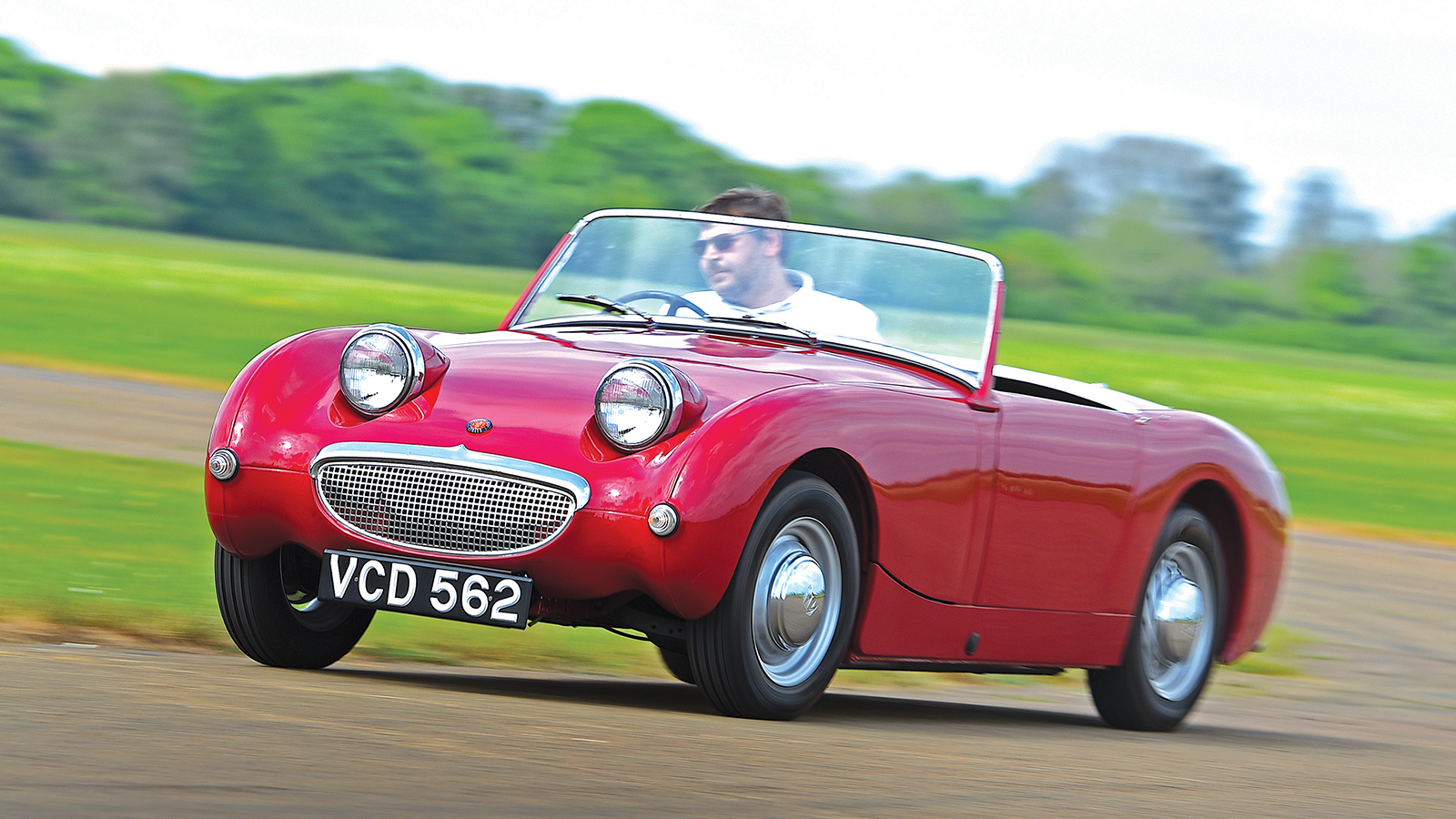 © Will Williams/Classic & Sports Car
© Will Williams/Classic & Sports Car -
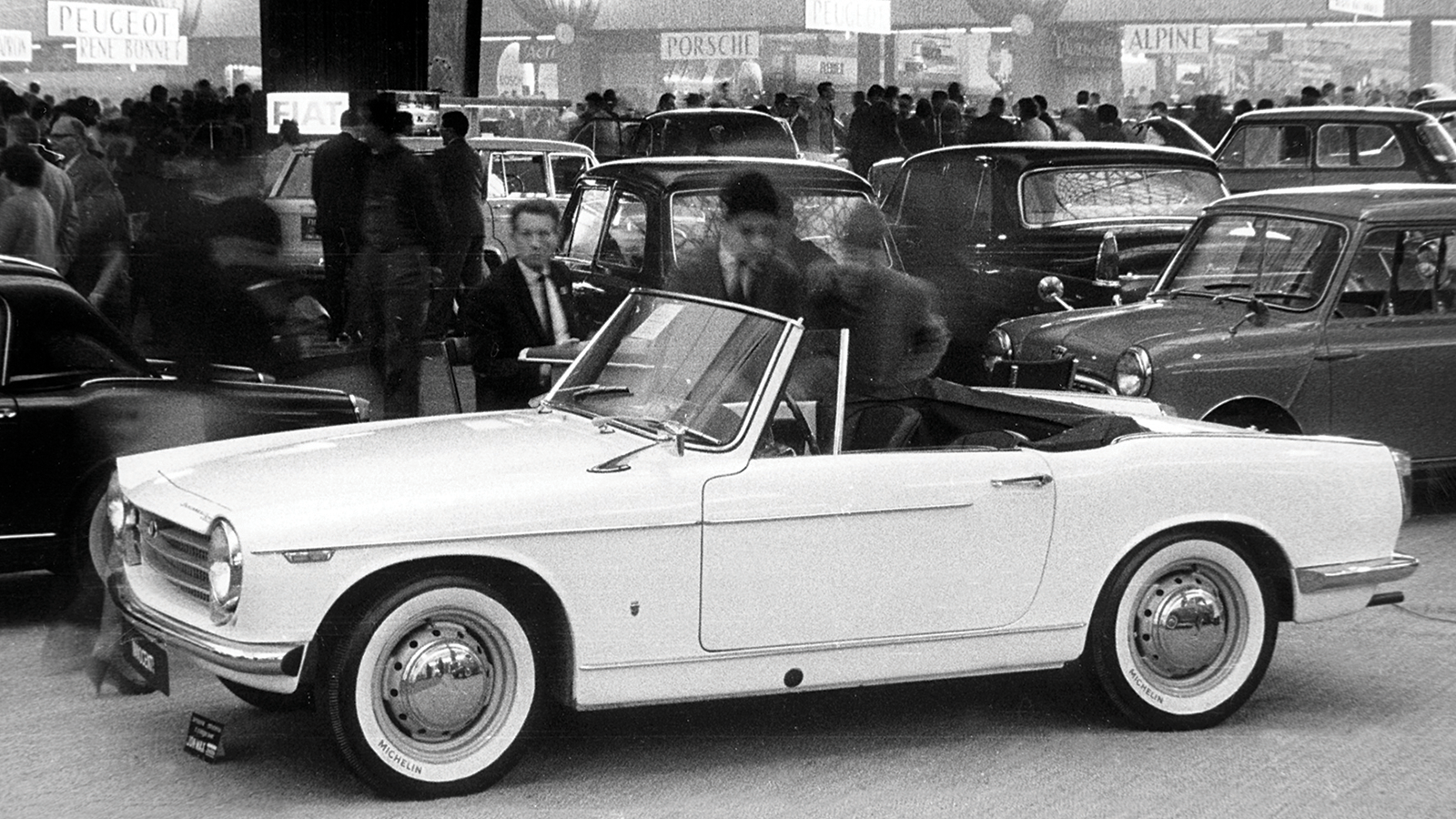 © Haymarket Archive
© Haymarket Archive -
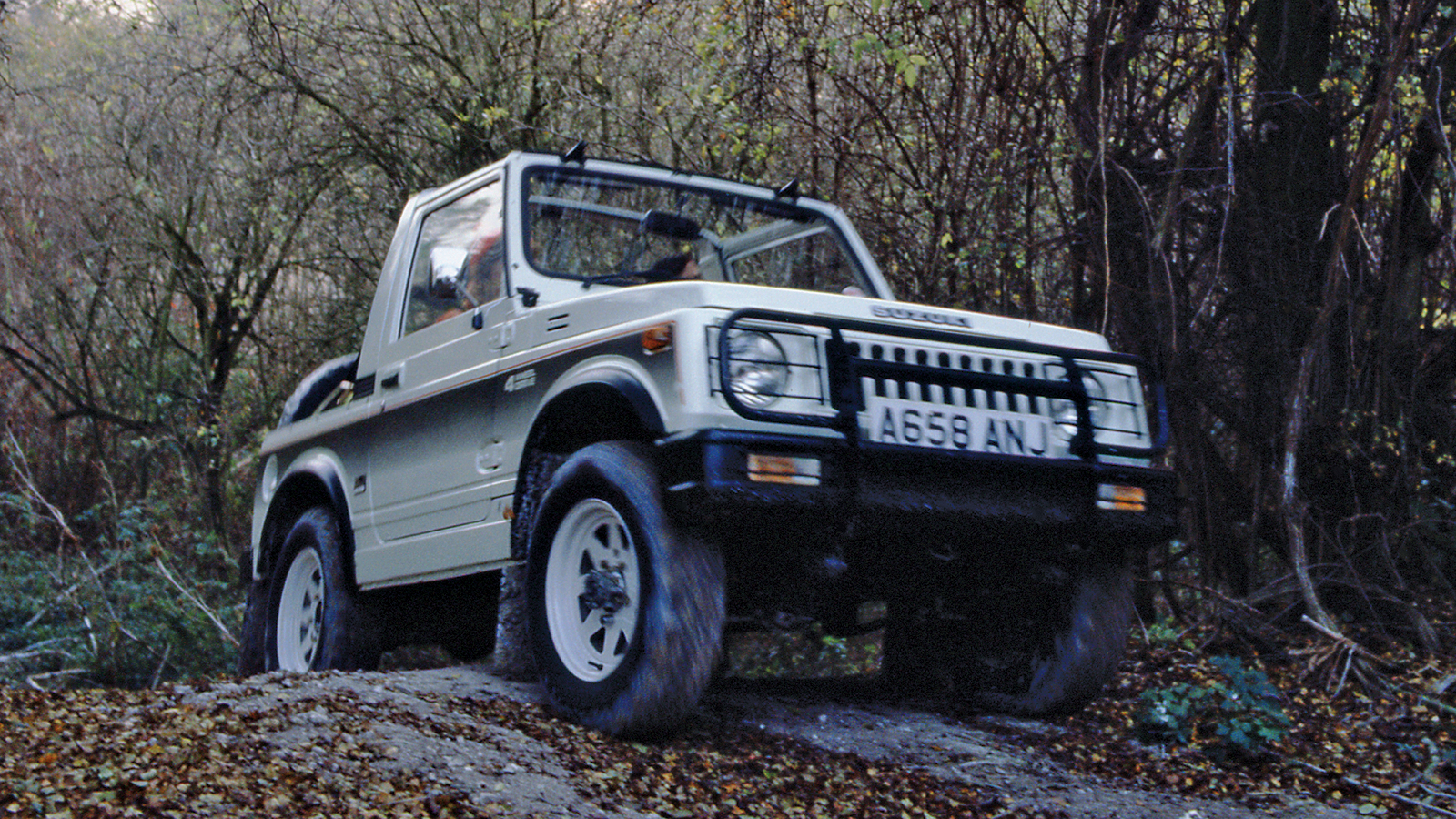 © Haymarket Archive
© Haymarket Archive -
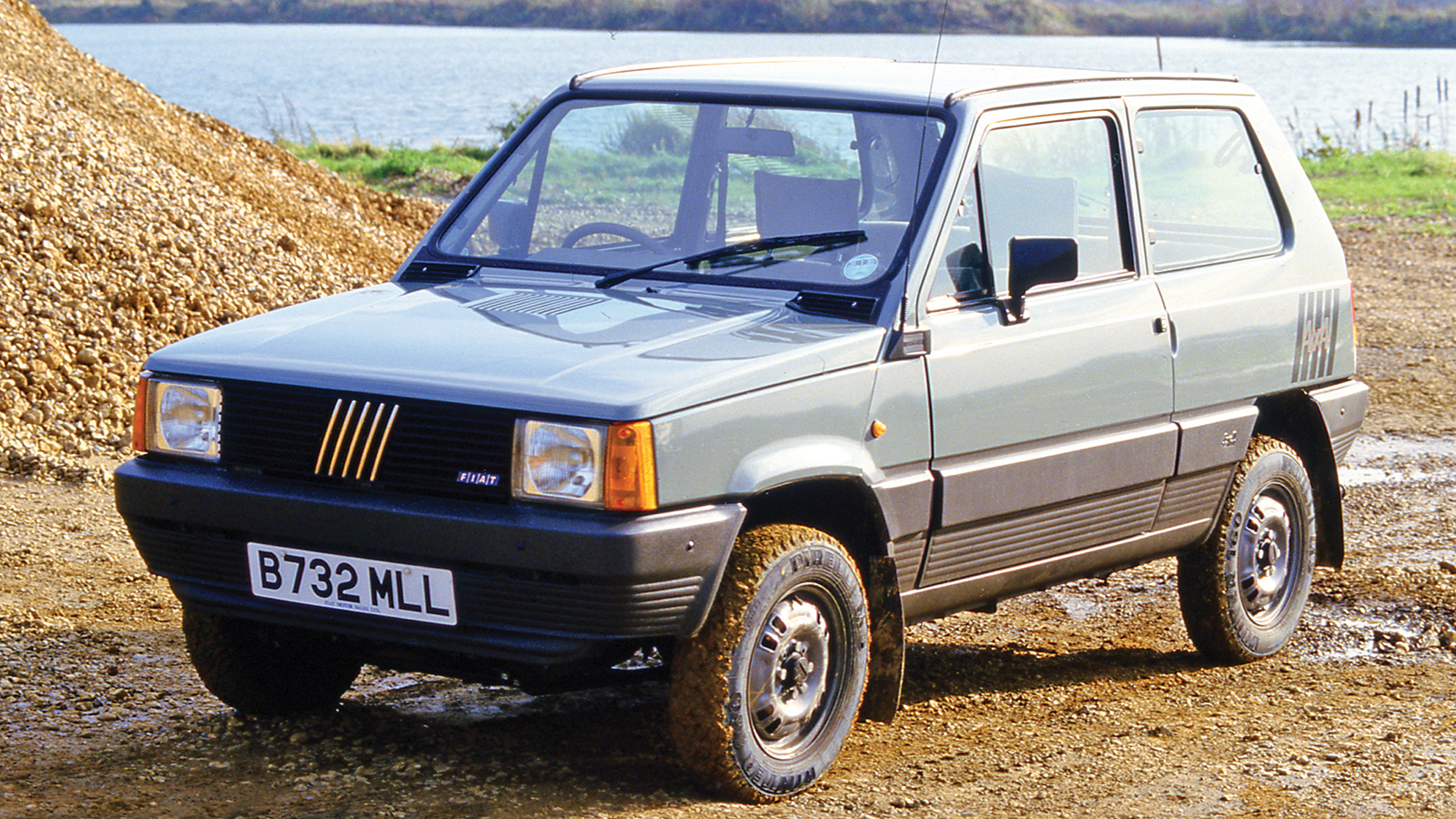 © Haymarket Archive
© Haymarket Archive -
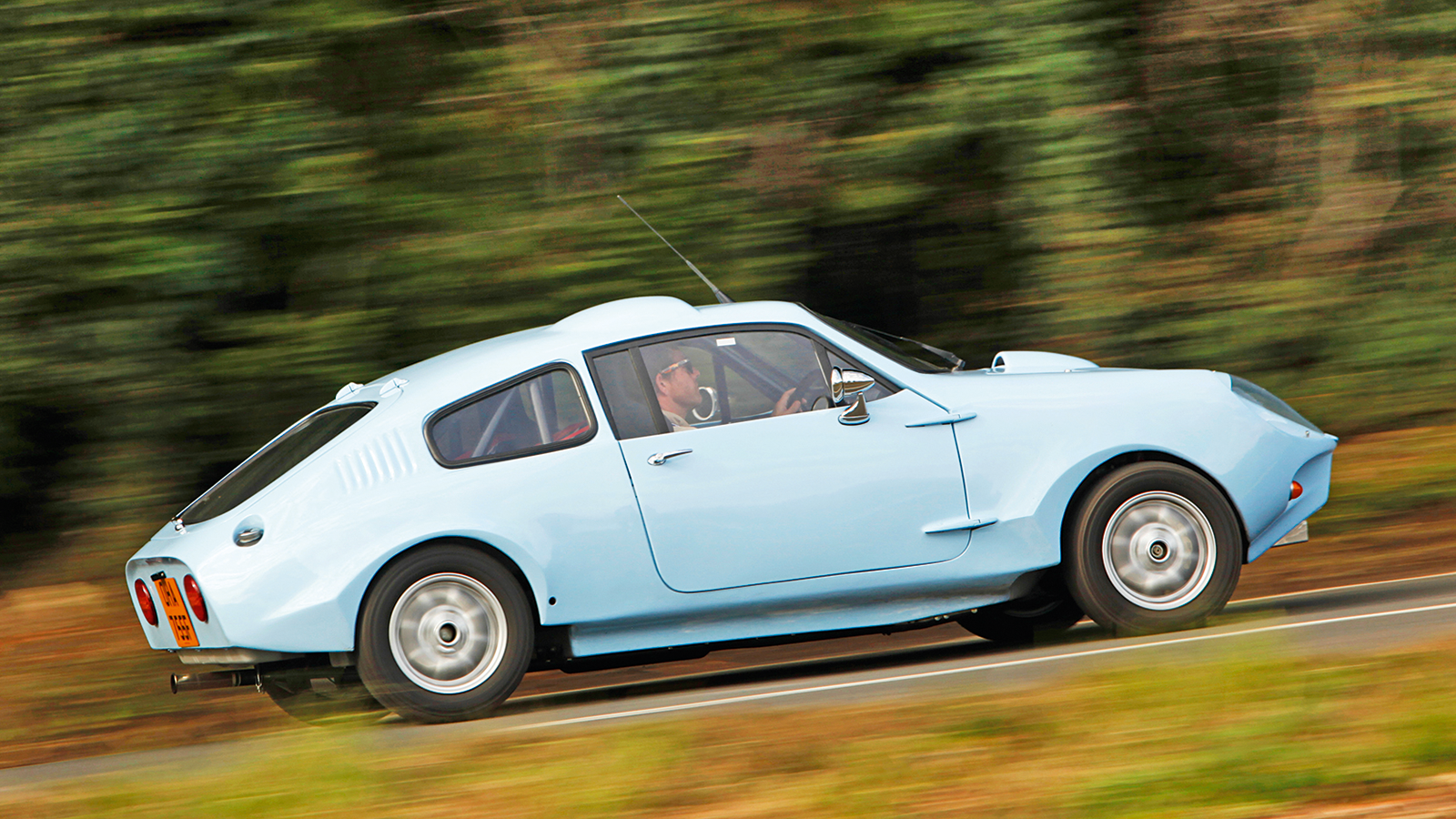 © Haymarket Archive
© Haymarket Archive -
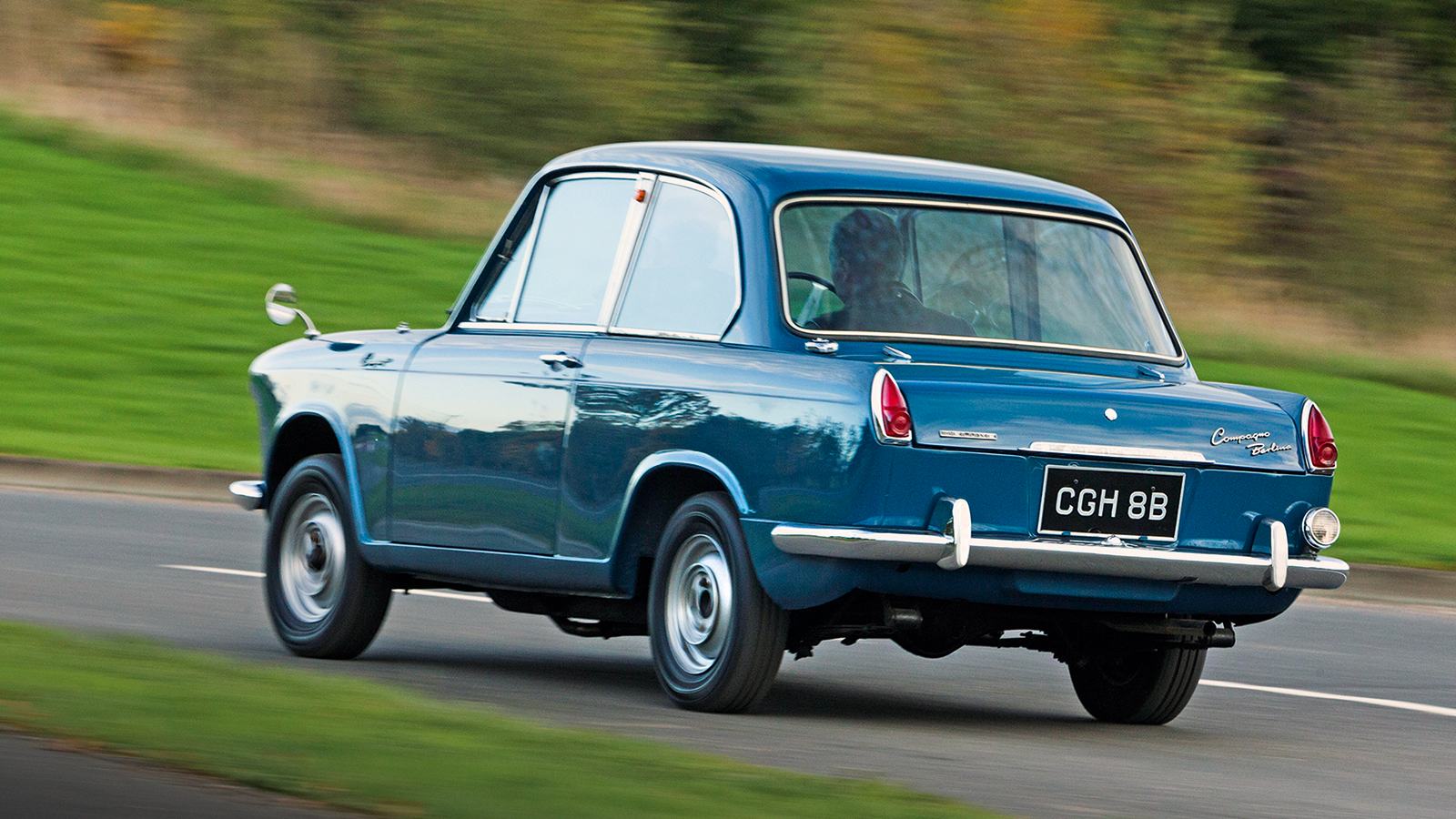 © Haymarket Archive
© Haymarket Archive -
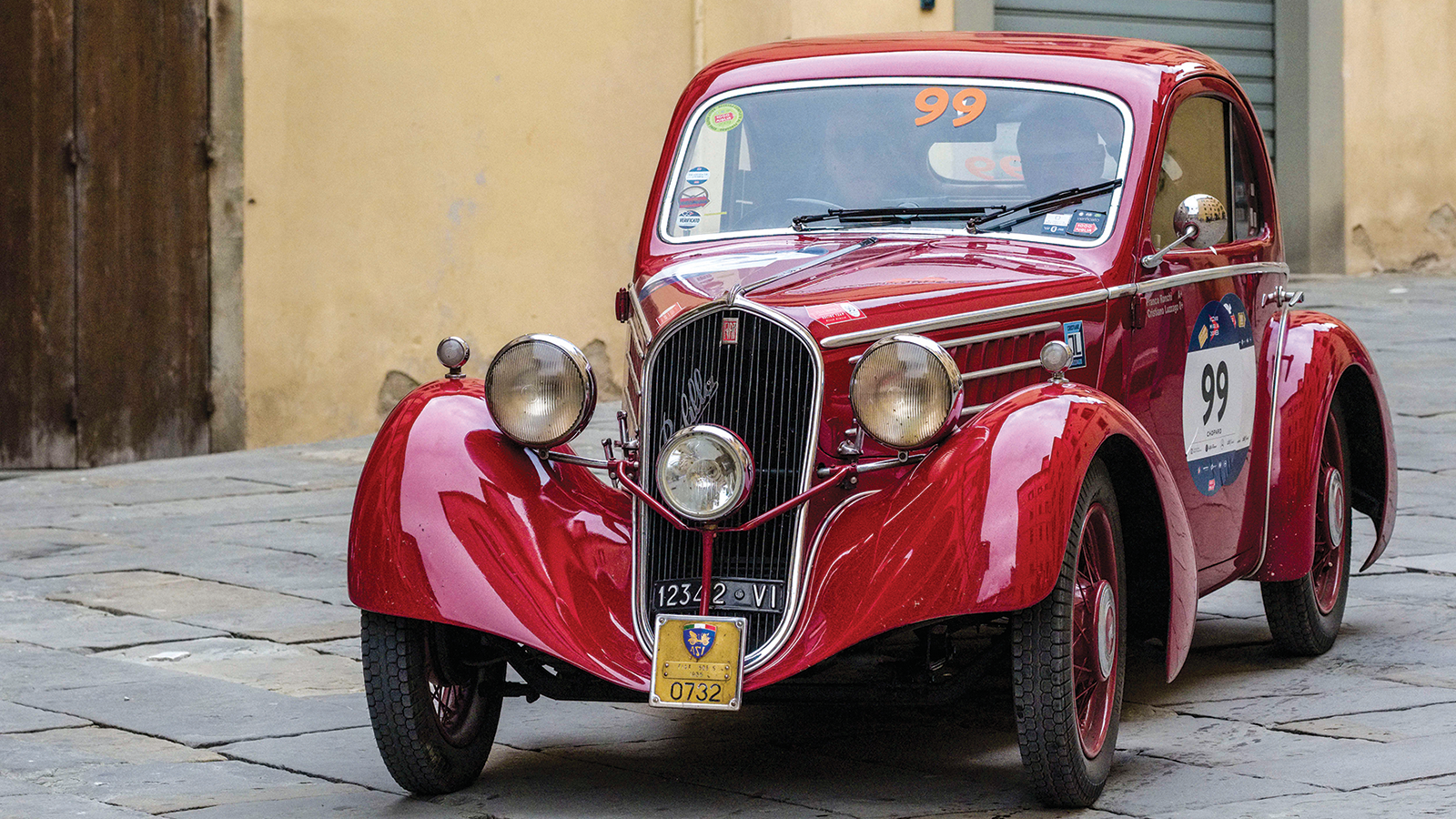 © Haymarket Archive
© Haymarket Archive -
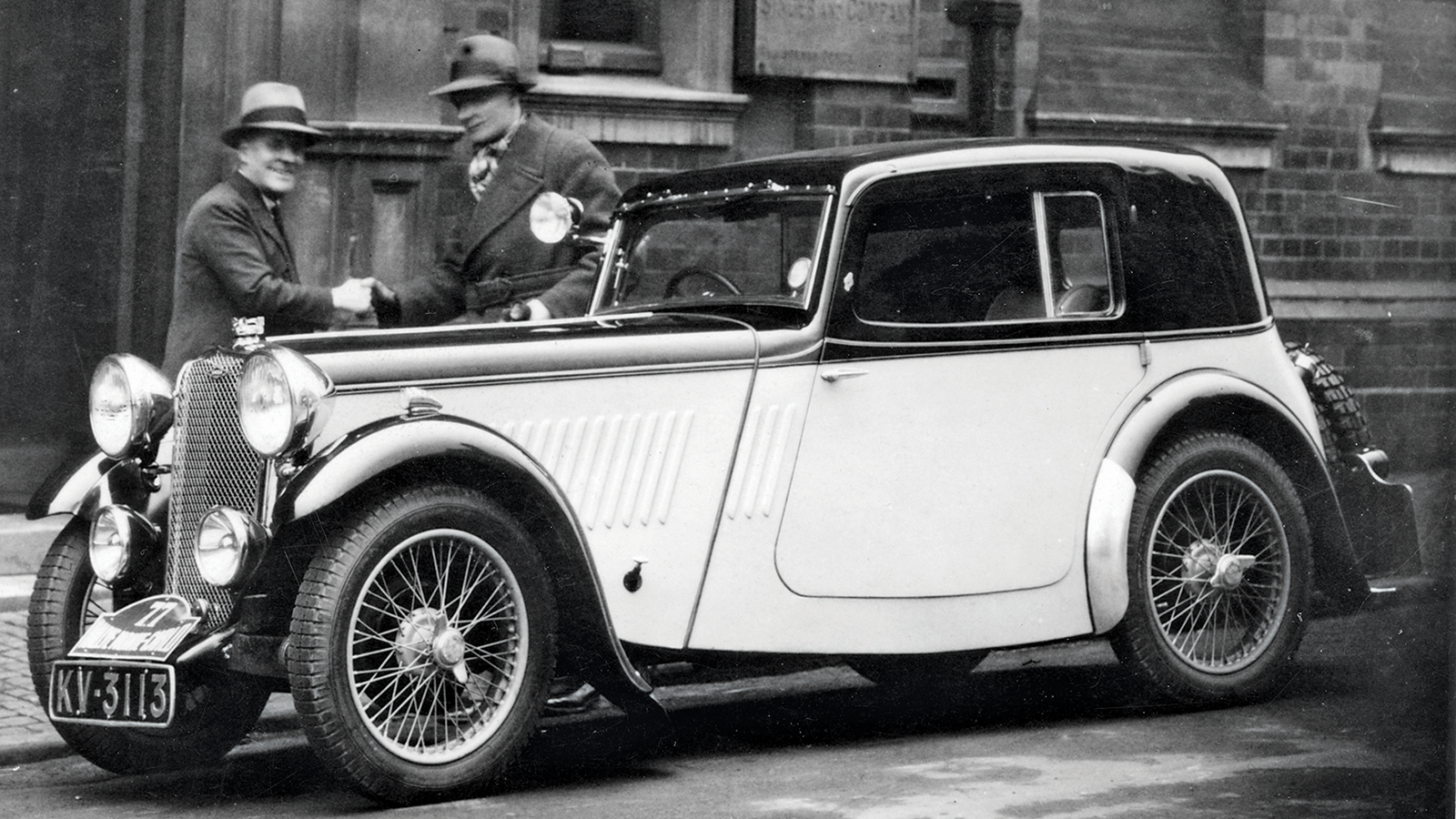 © Haymarket Archive
© Haymarket Archive -
 © Haymarket Archive
© Haymarket Archive -
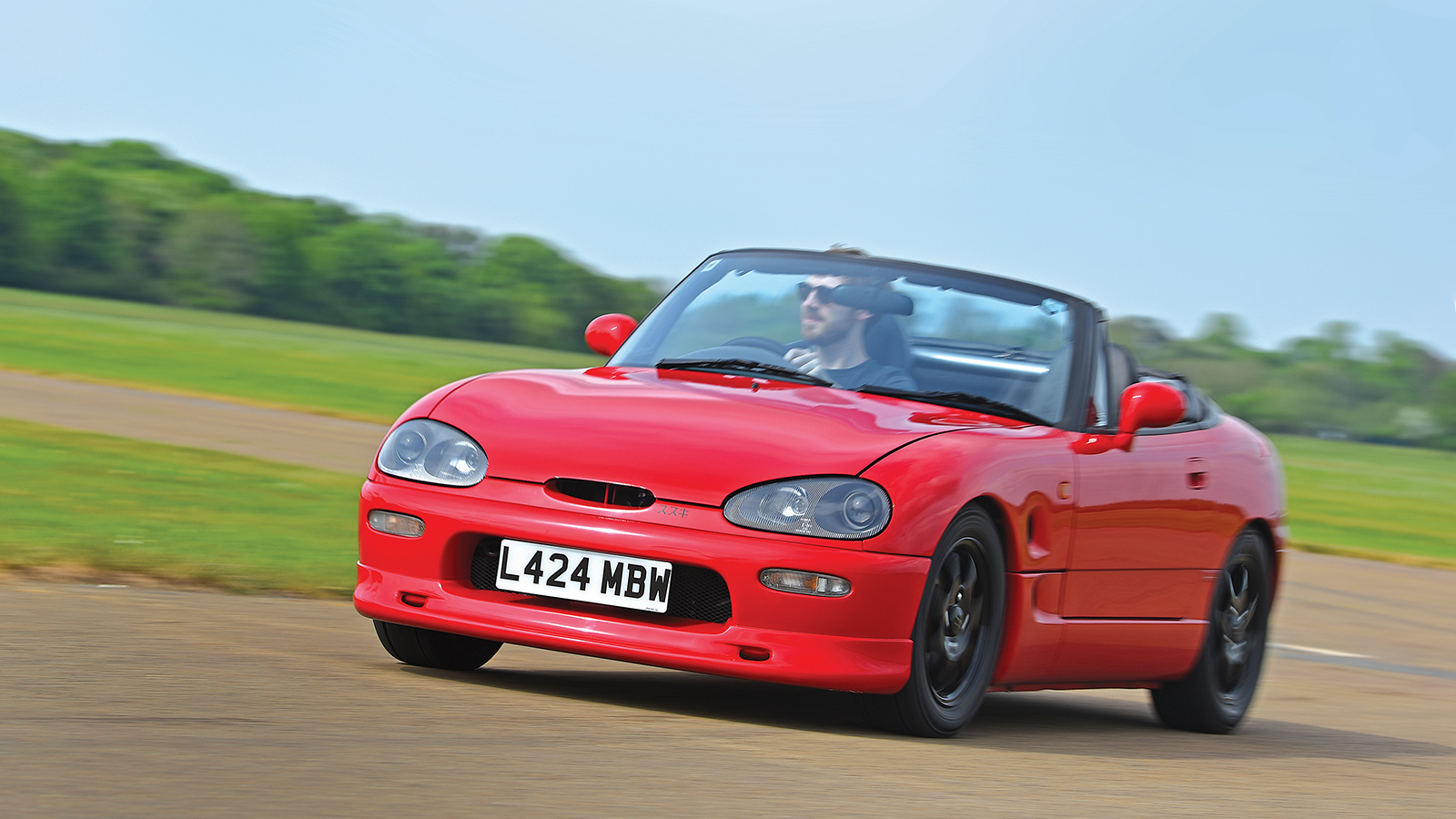 © Will Williams/Classic & Sports Car
© Will Williams/Classic & Sports Car -
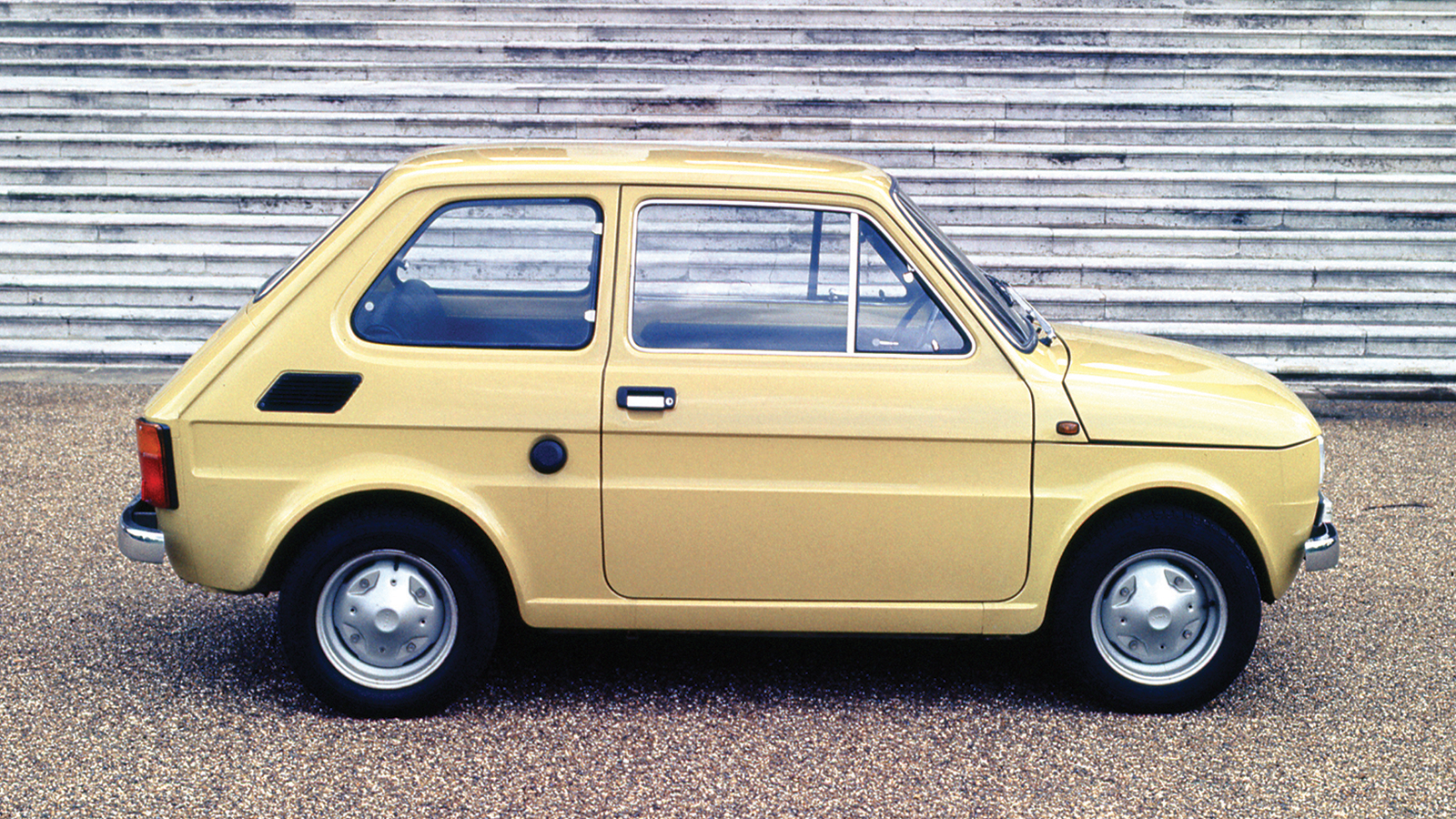 © Haymarket Archive
© Haymarket Archive -
 © Haymarket Archive
© Haymarket Archive -
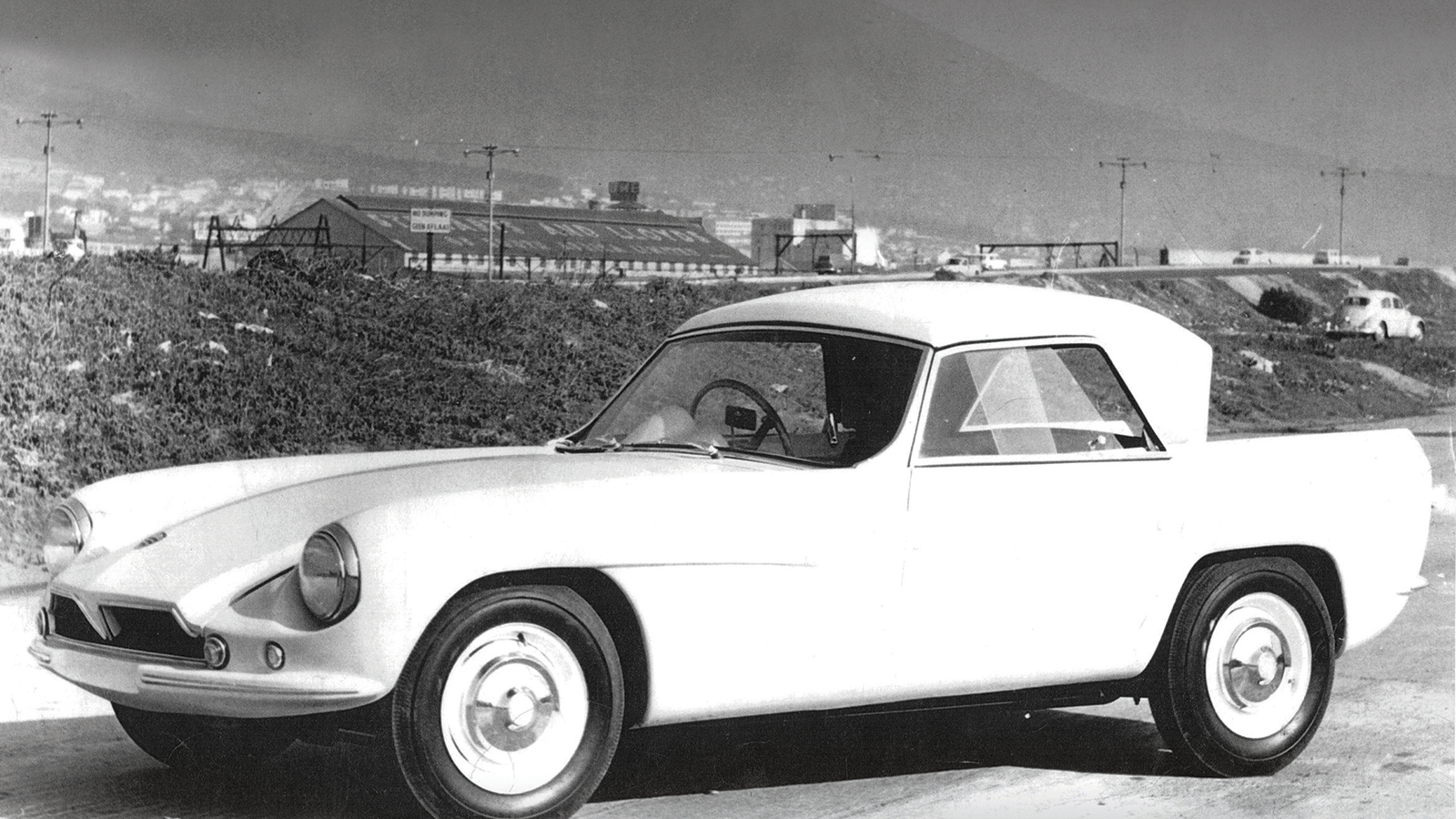 © Haymarket Archive
© Haymarket Archive -
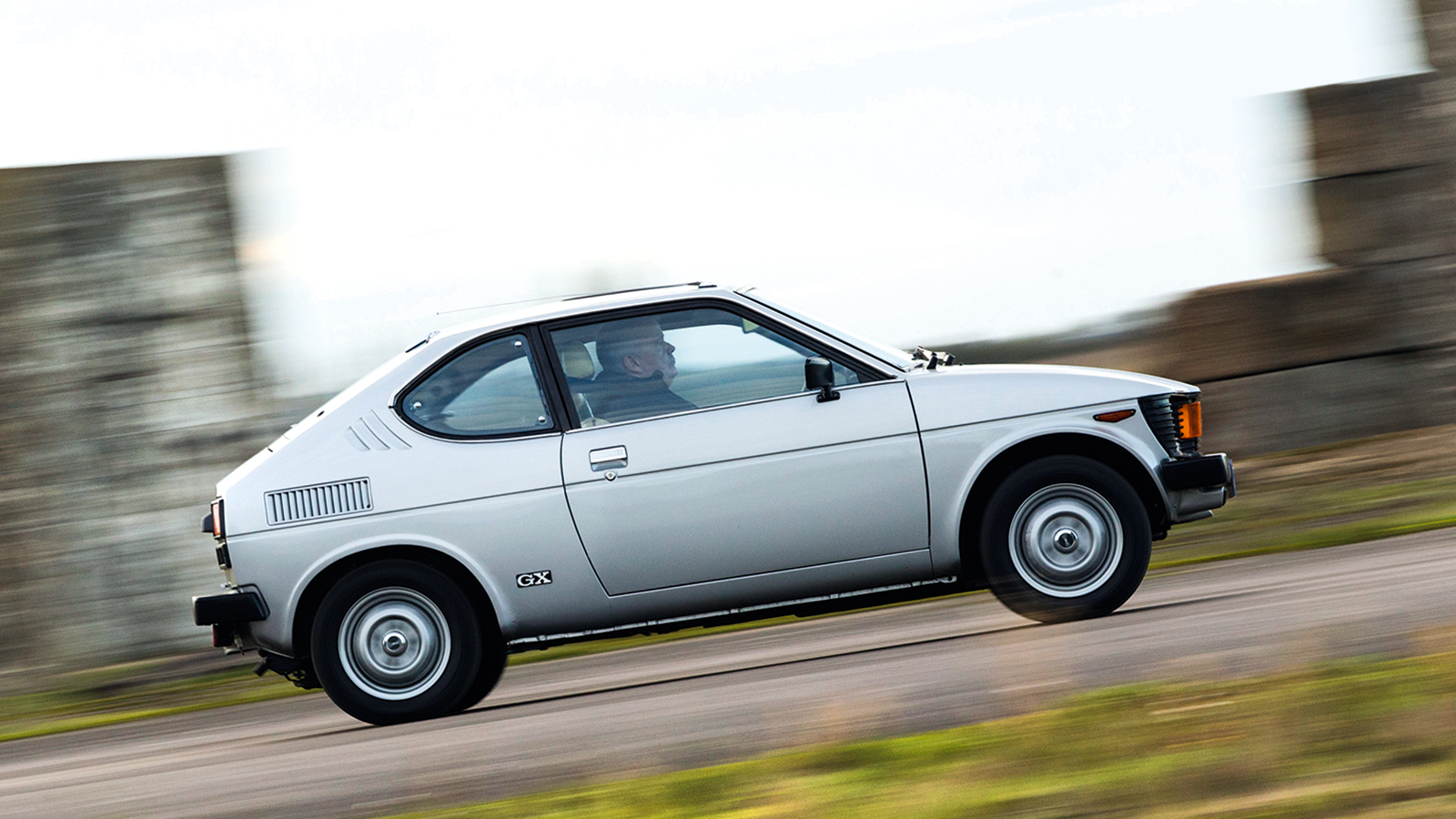 © Haymarket Archive
© Haymarket Archive -
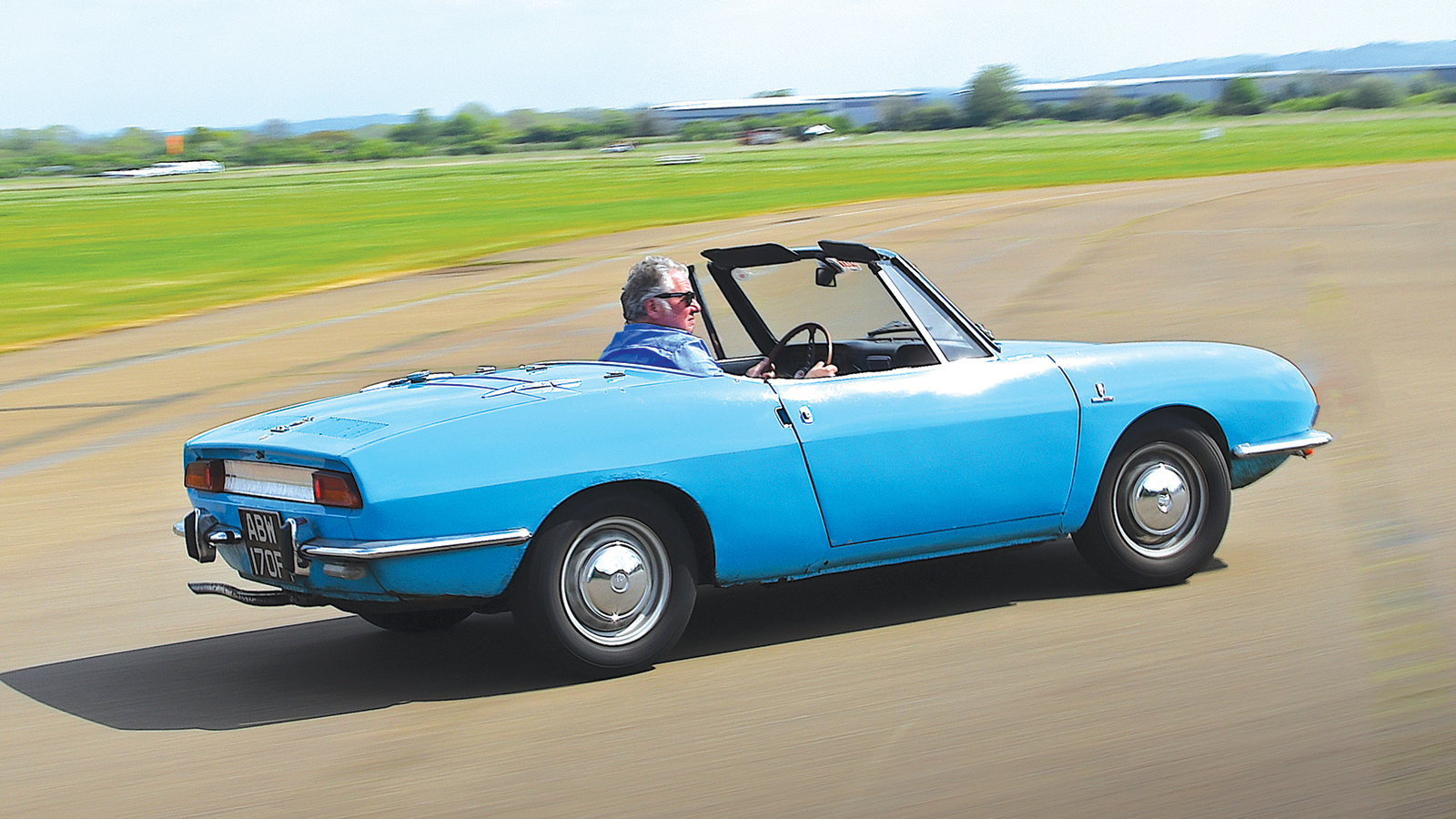 © Will Williams/Classic & Sports Car
© Will Williams/Classic & Sports Car -
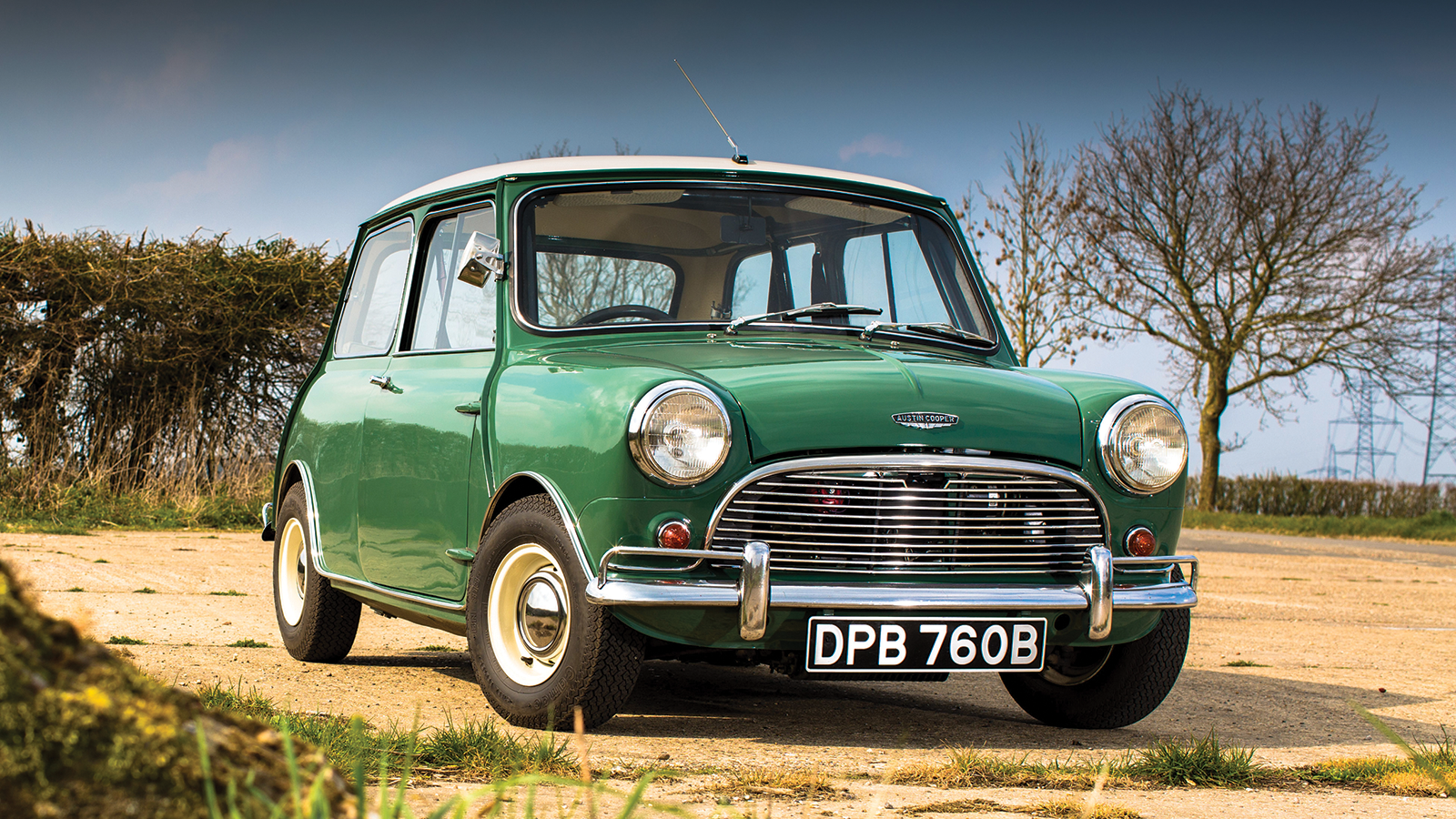 © Haymarket Archive
© Haymarket Archive -
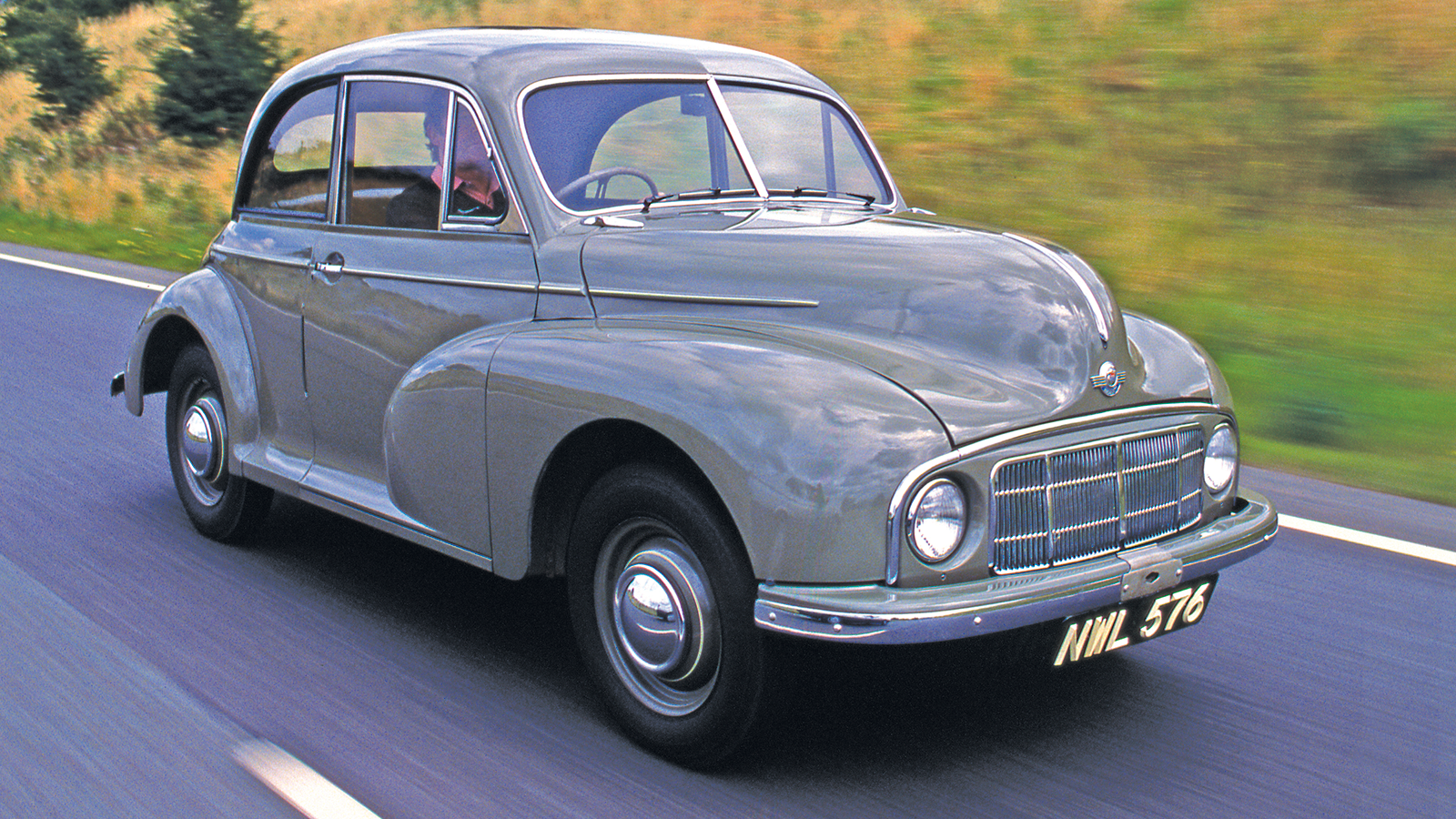 © Haymarket Archive
© Haymarket Archive -
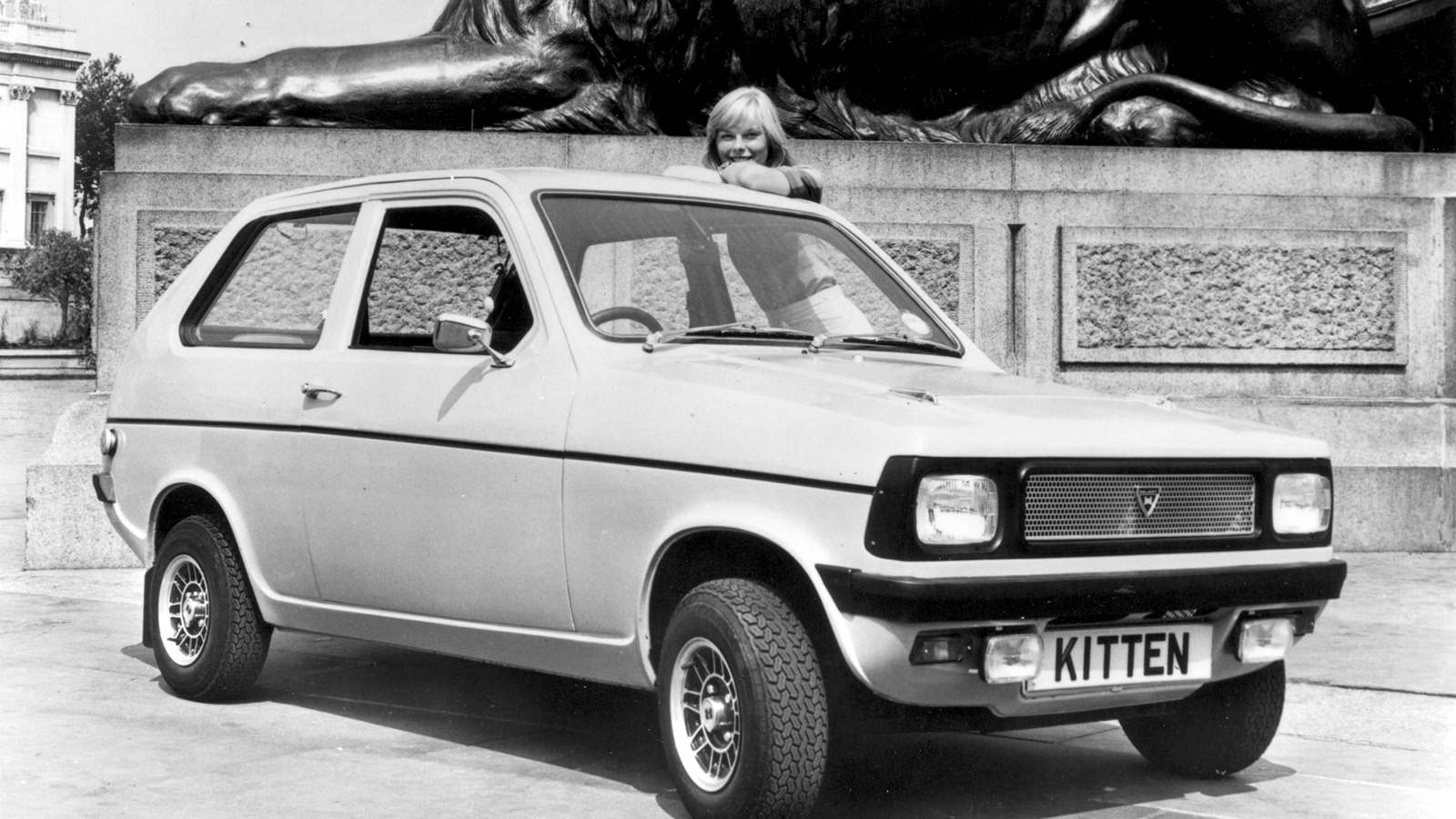 © Haymarket Archive
© Haymarket Archive -
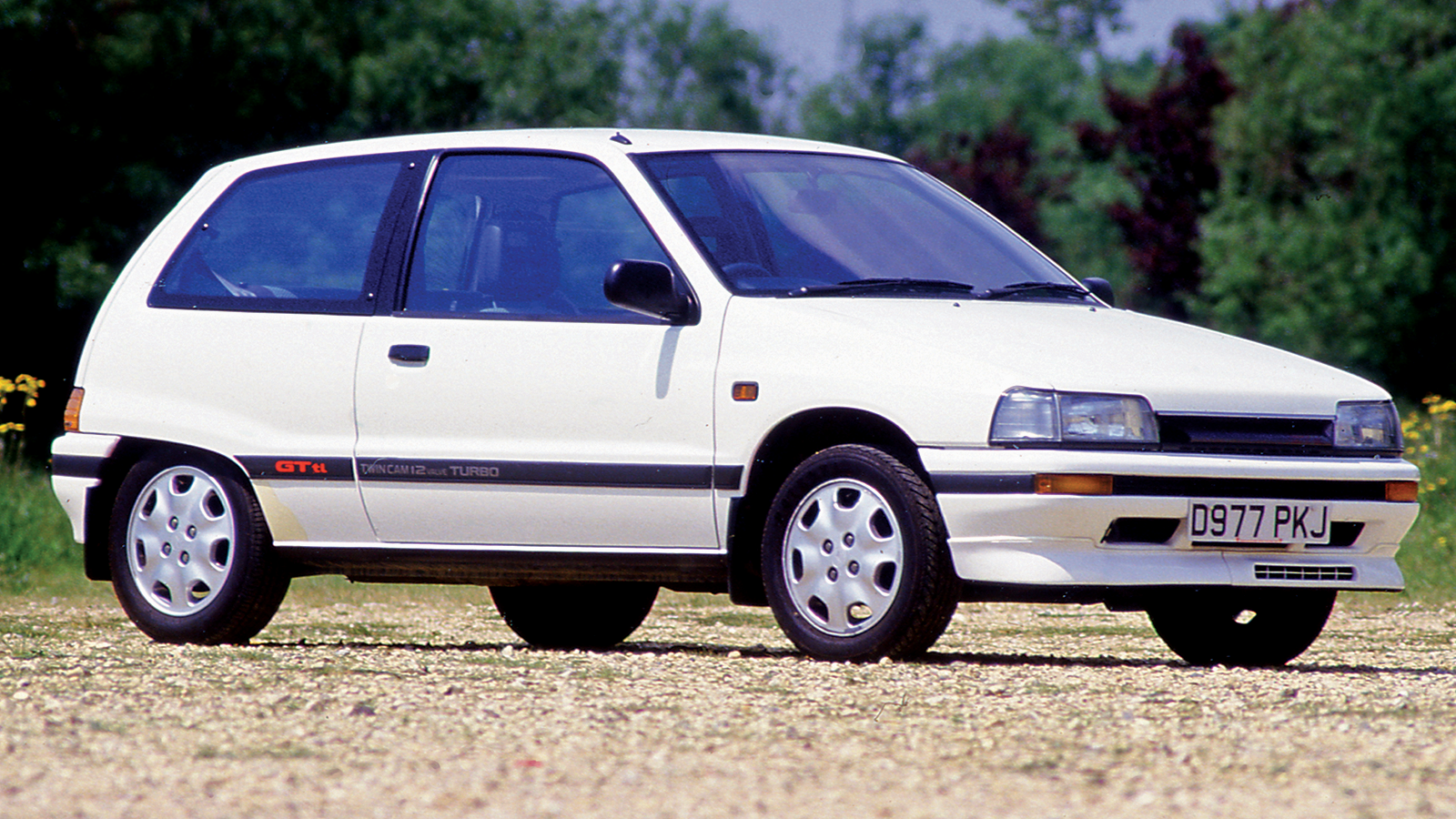 © Haymarket Archive
© Haymarket Archive -
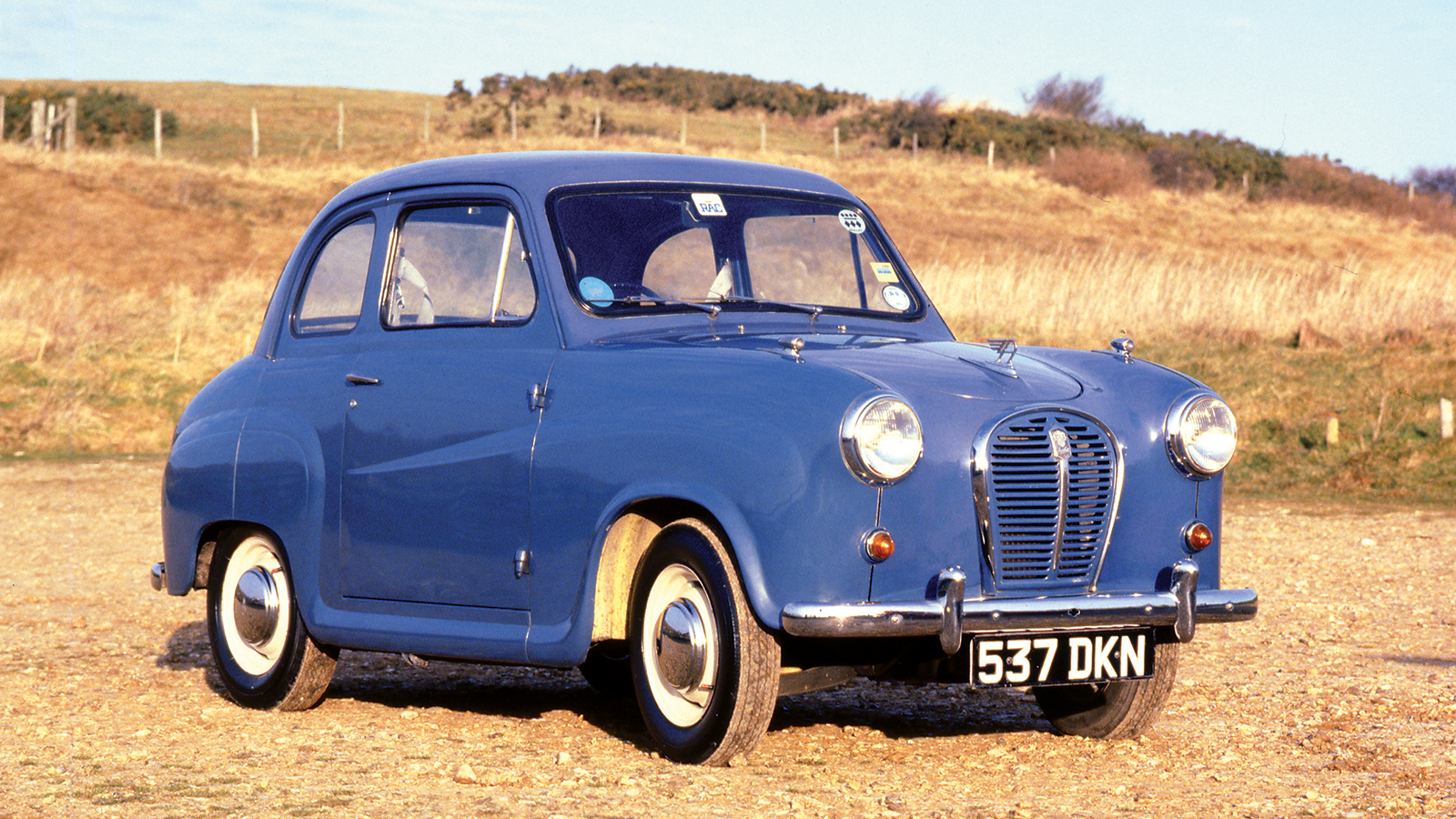 © Haymarket Archive
© Haymarket Archive -
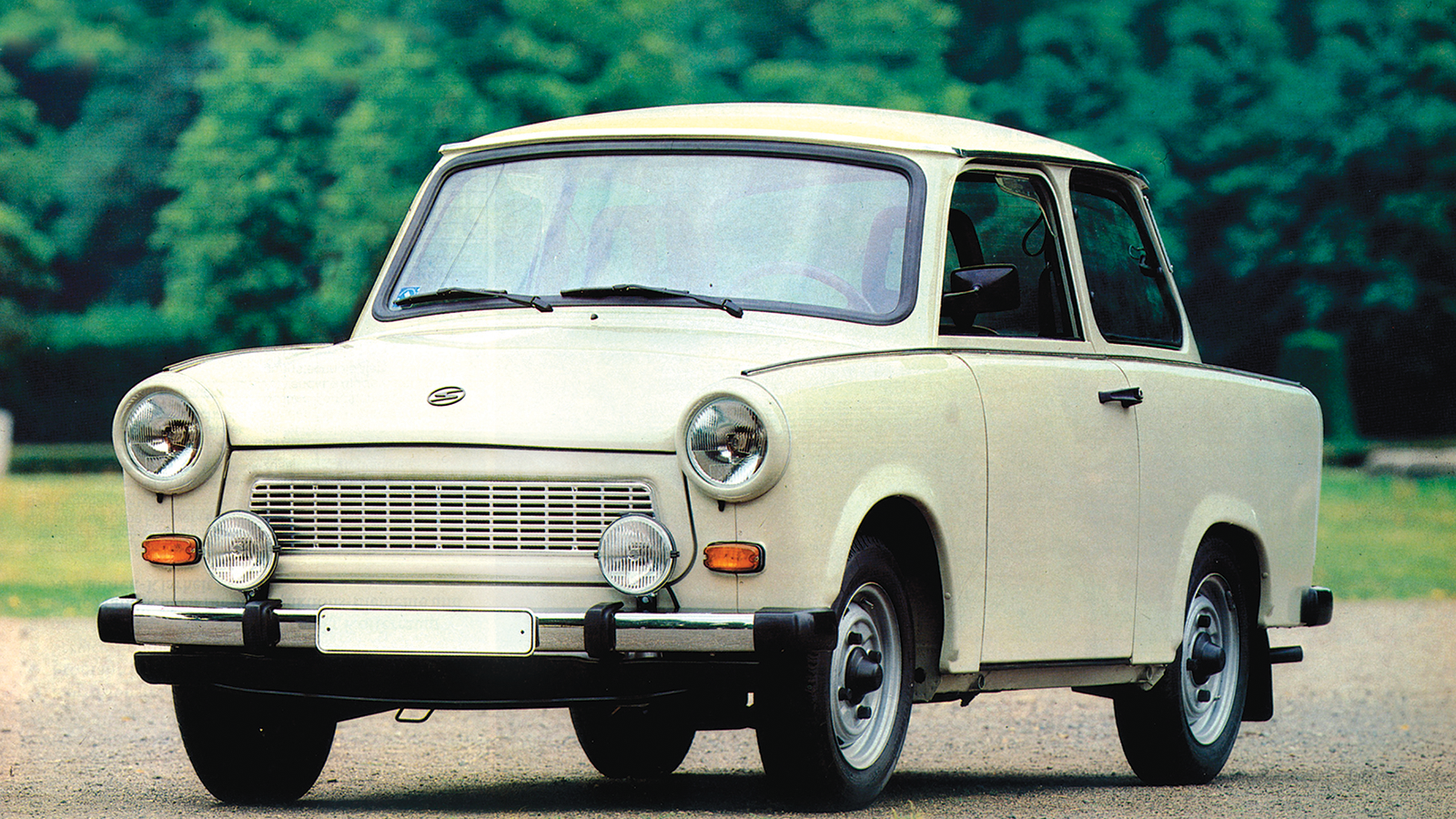 © Haymarket Archive
© Haymarket Archive -
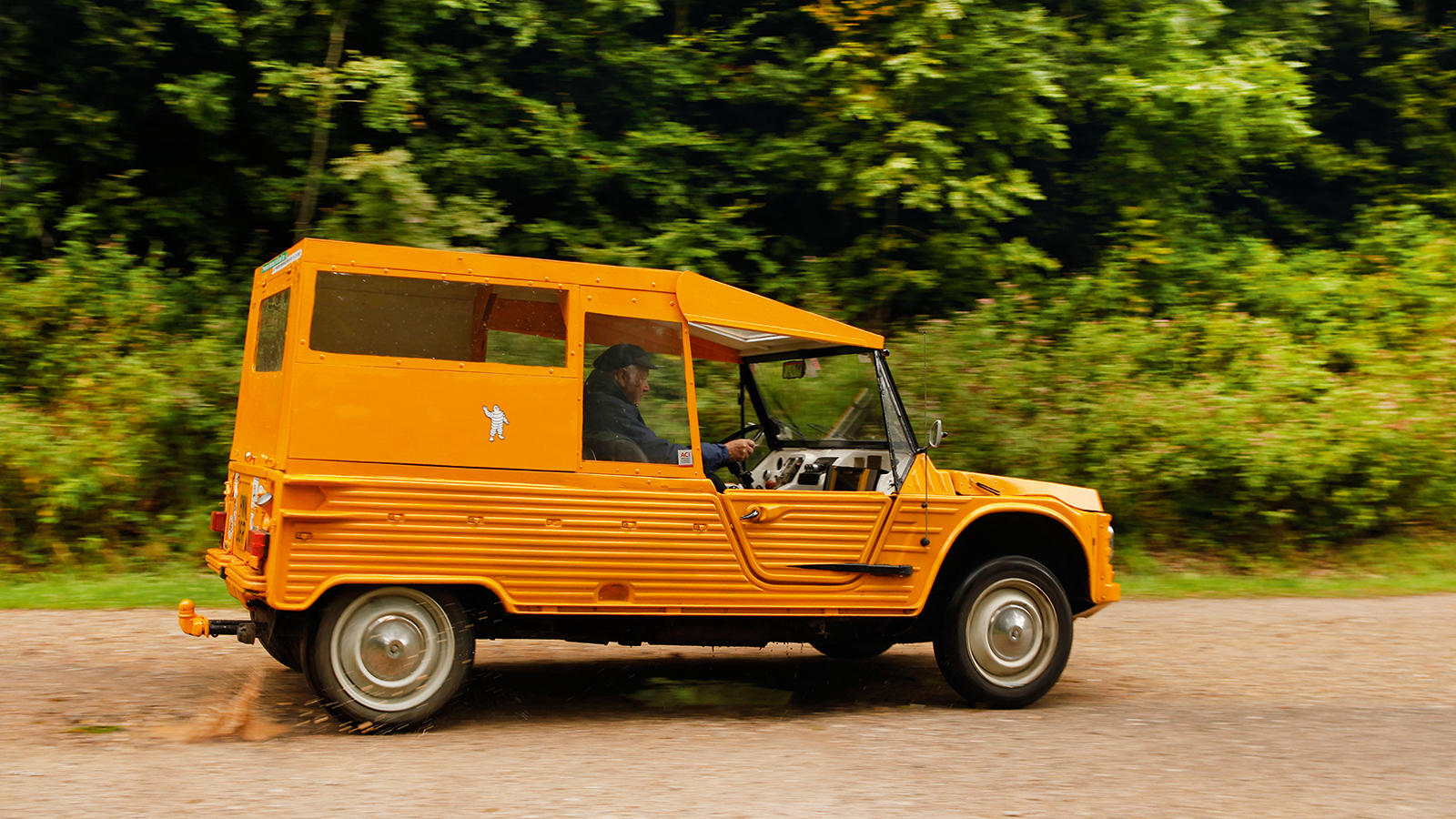 © Haymarket Archive
© Haymarket Archive -
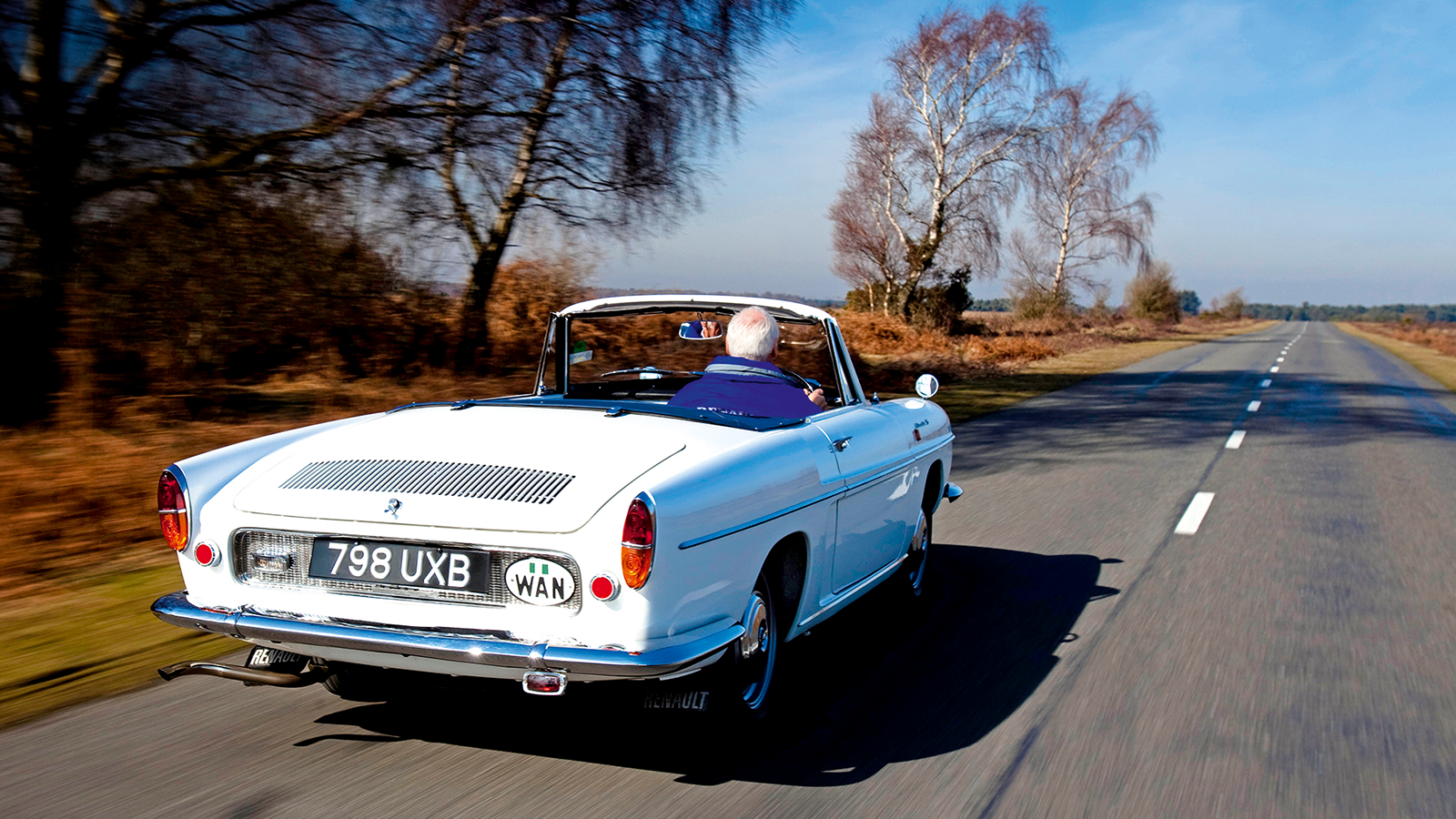 © Haymarket Archive
© Haymarket Archive -
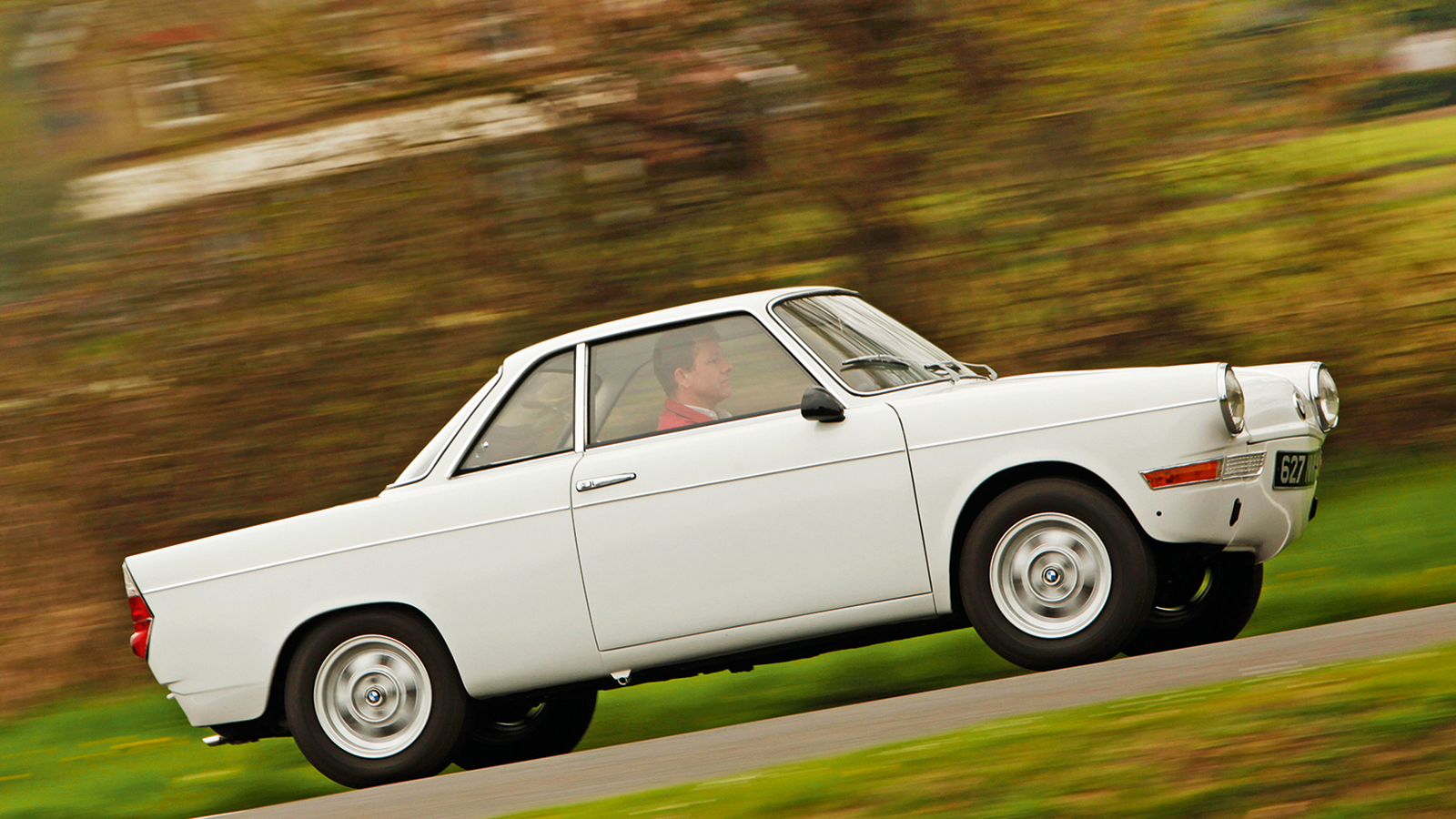 © Haymarket Archive
© Haymarket Archive -
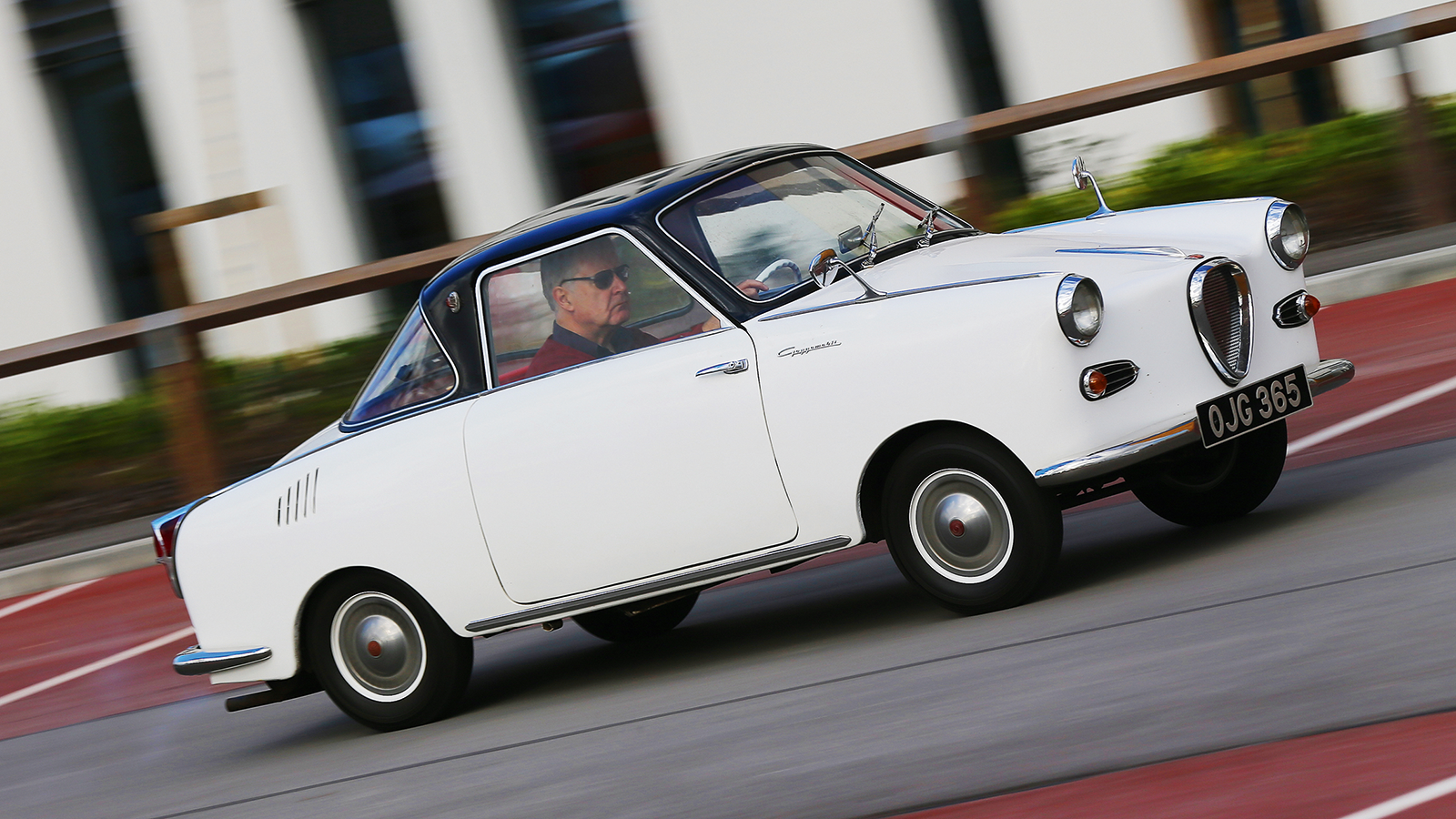 © Haymarket Archive
© Haymarket Archive -
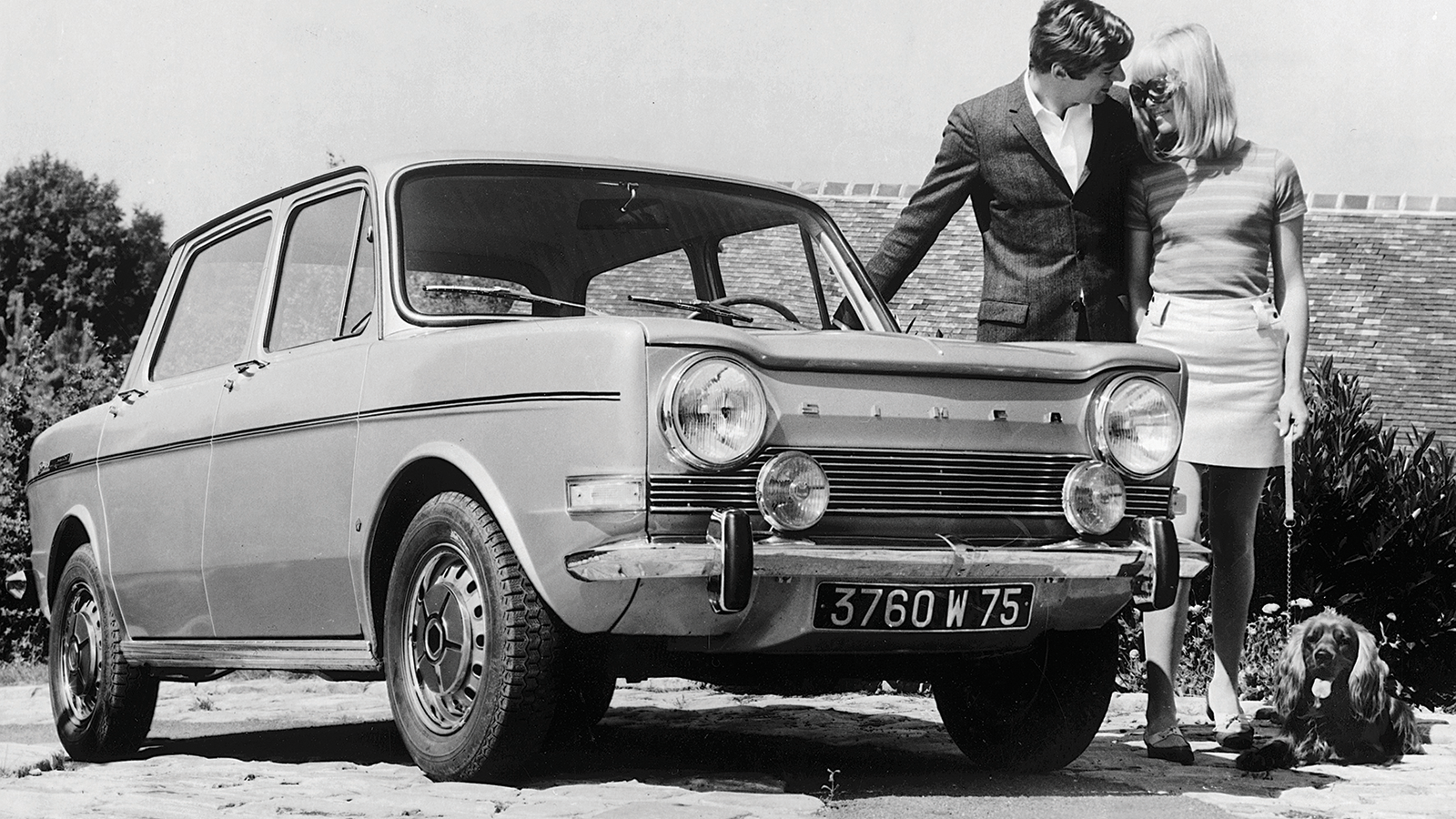 © Haymarket Archive
© Haymarket Archive -
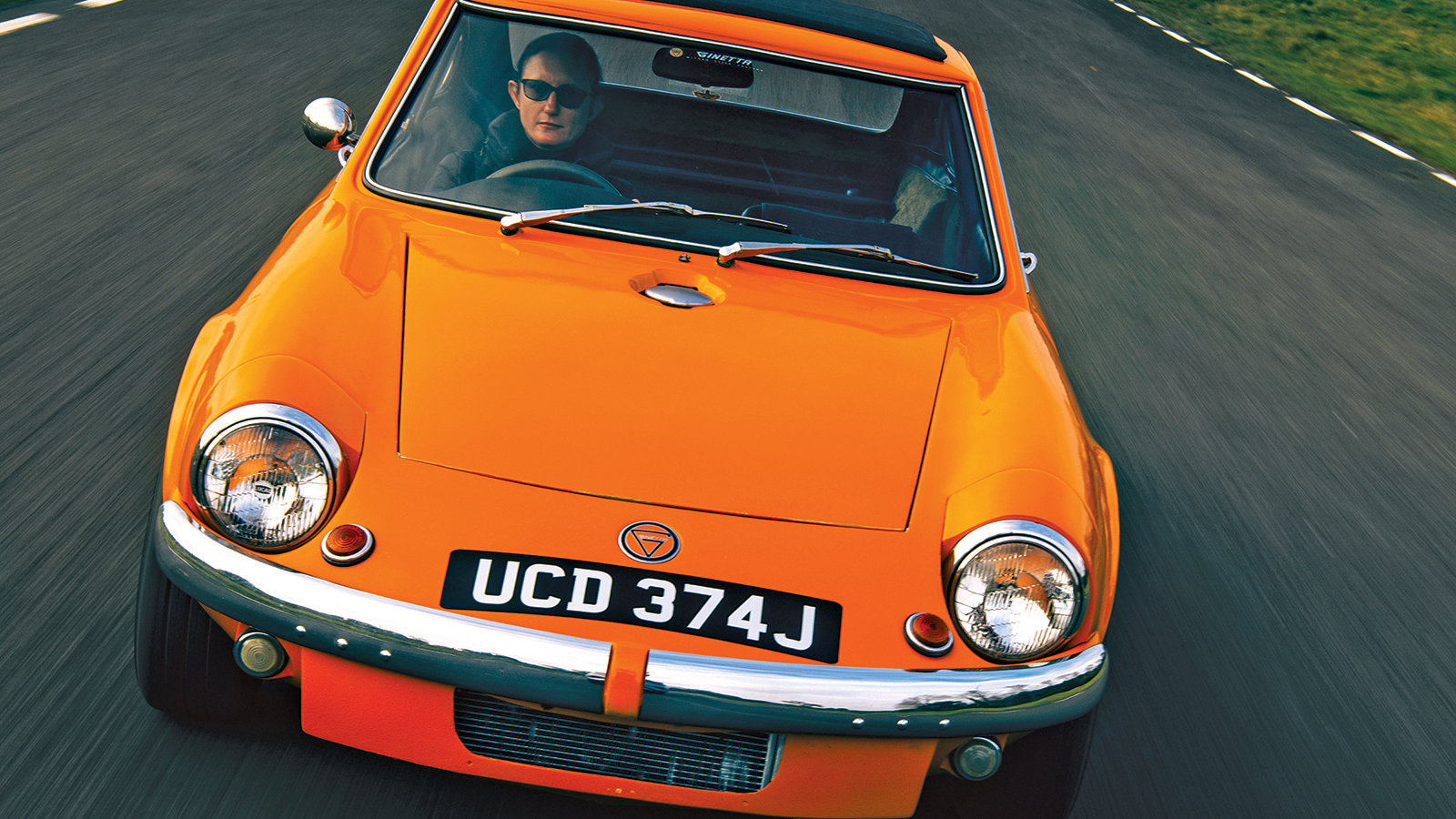 © Olgun Kordal/Classic & Sports Car
© Olgun Kordal/Classic & Sports Car -
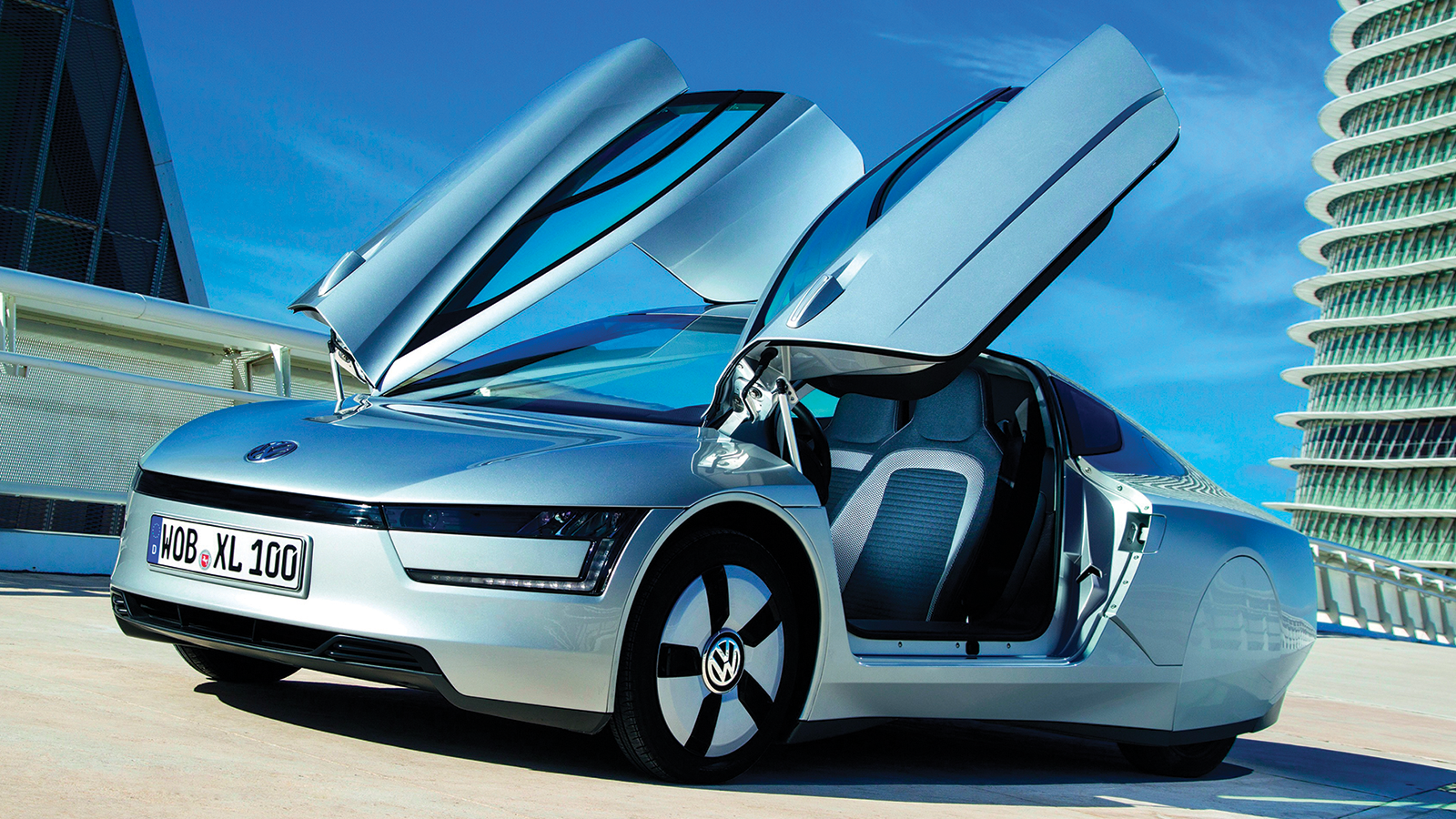 © Haymarket Archive
© Haymarket Archive -
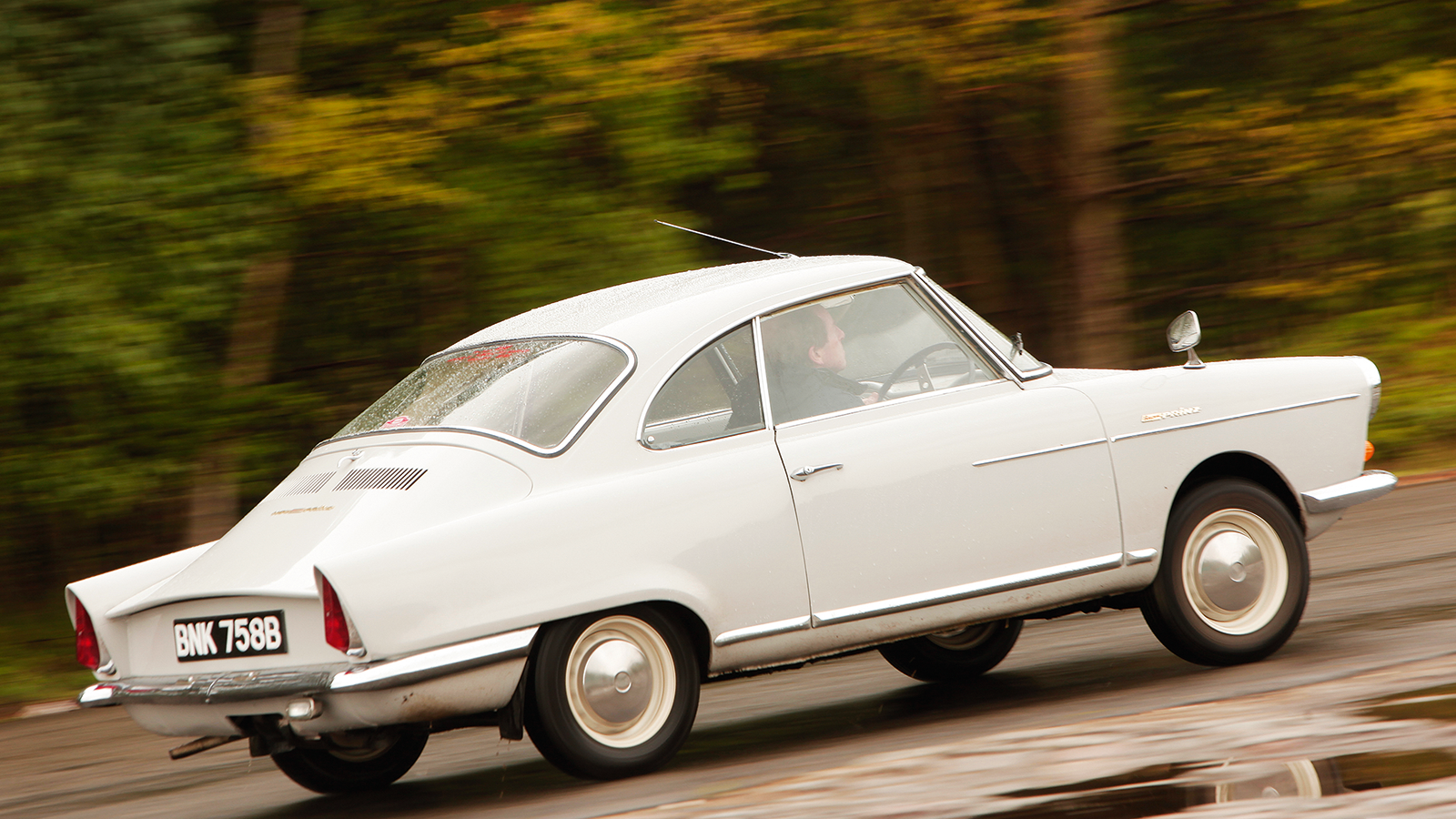 © Haymarket Archive
© Haymarket Archive -
 © Haymarket Archive
© Haymarket Archive -
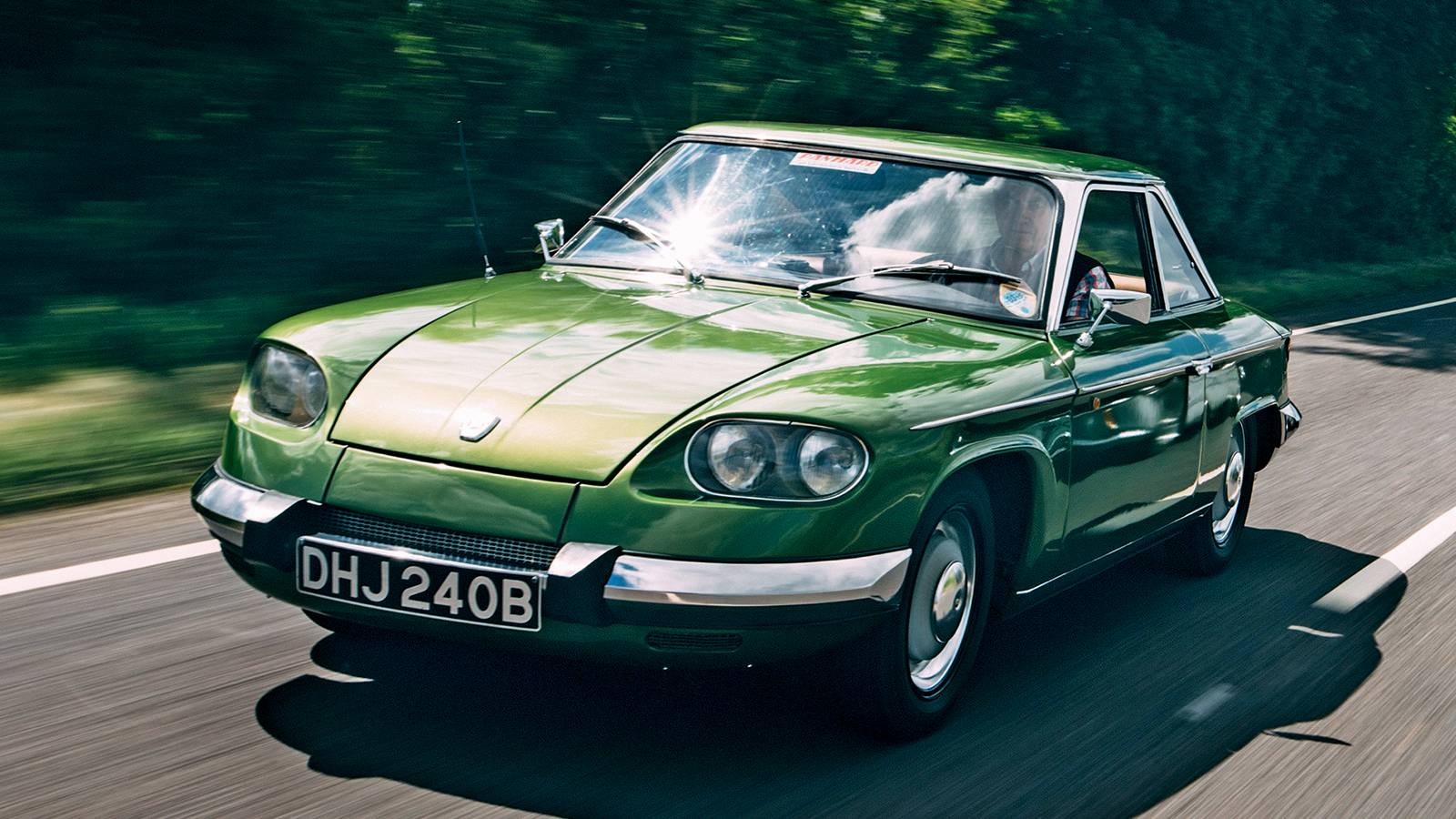 © Haymarket Archive
© Haymarket Archive -
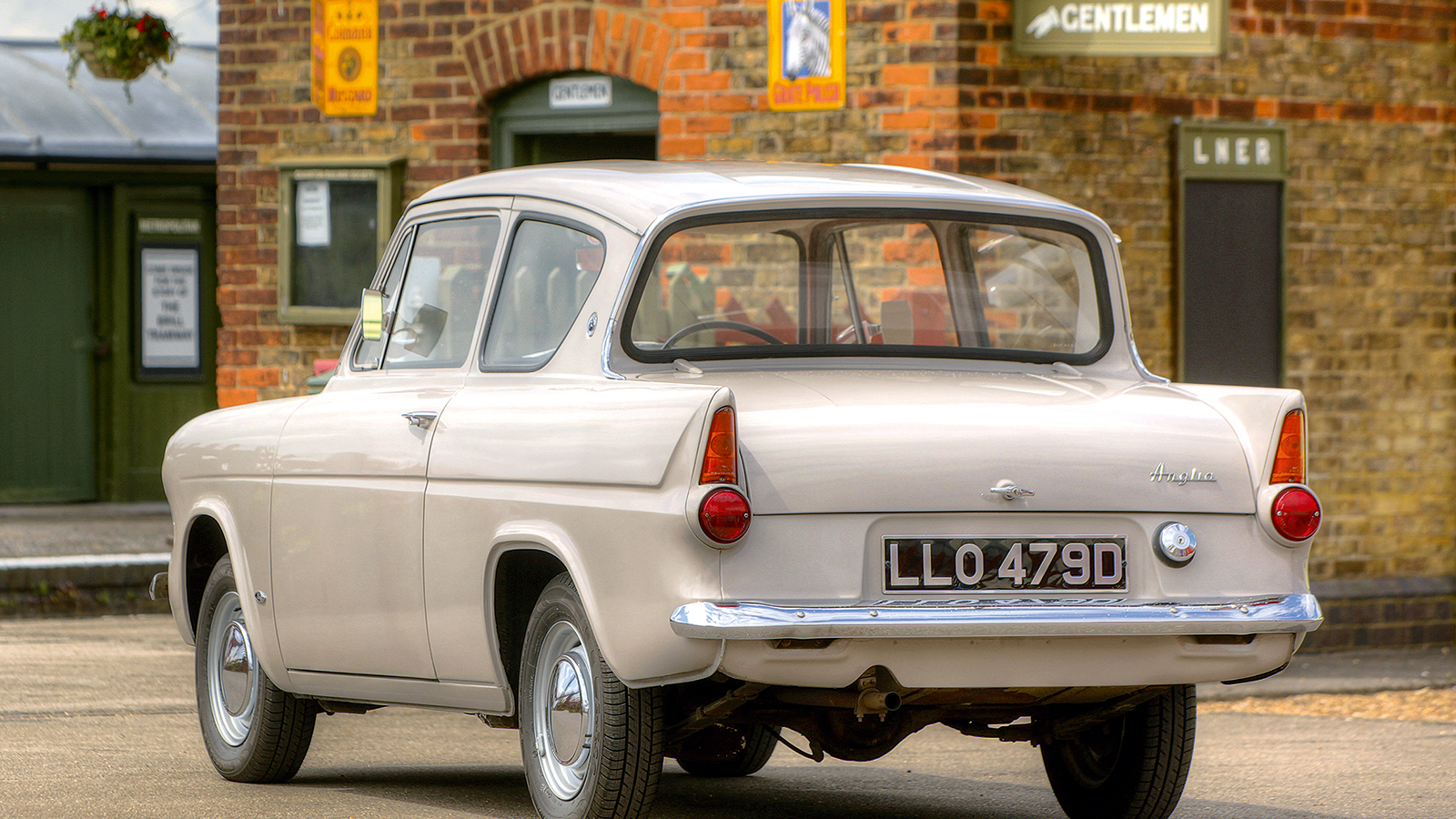 © Haymarket Archive
© Haymarket Archive -
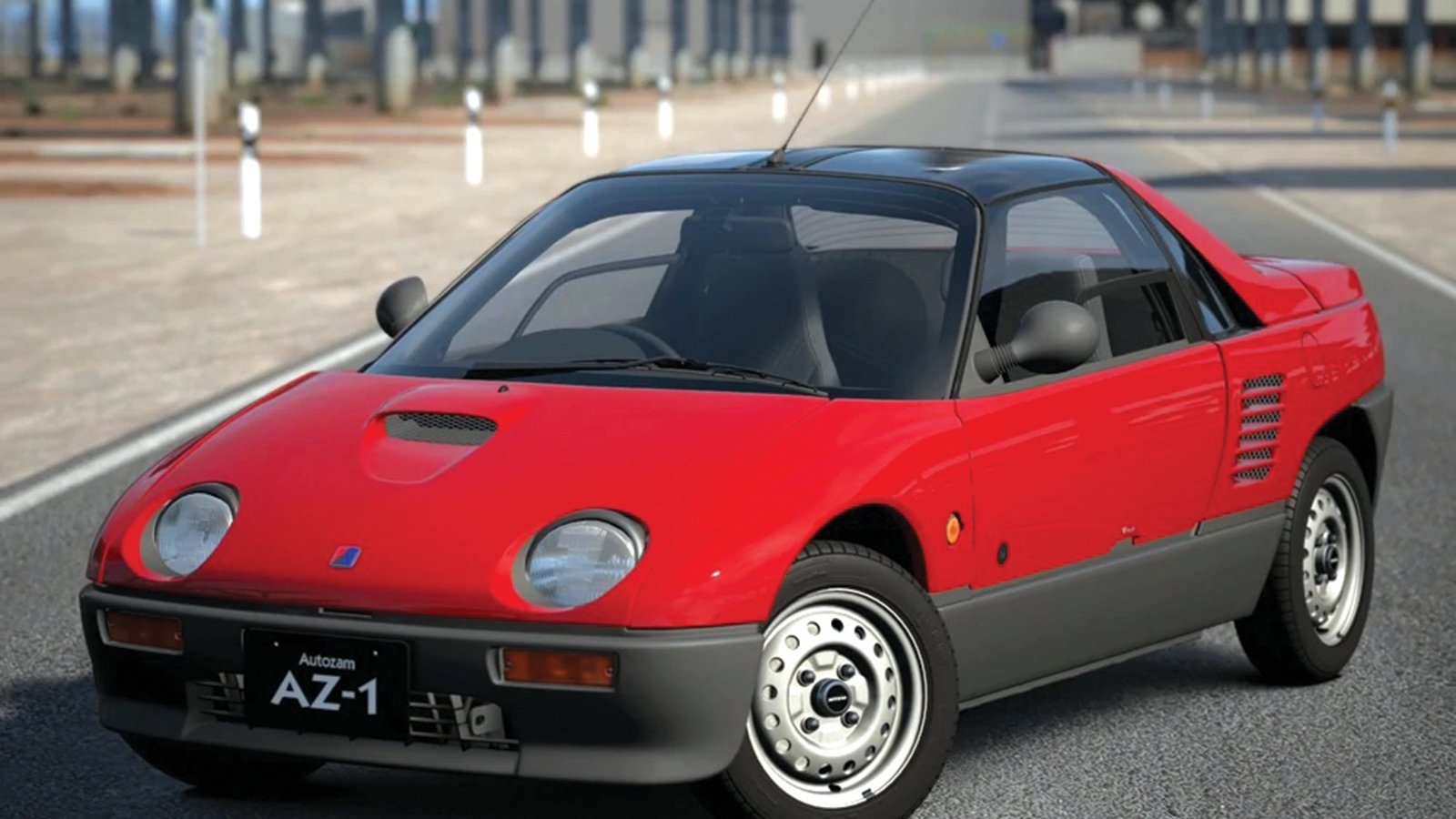 © Haymarket Archive
© Haymarket Archive -
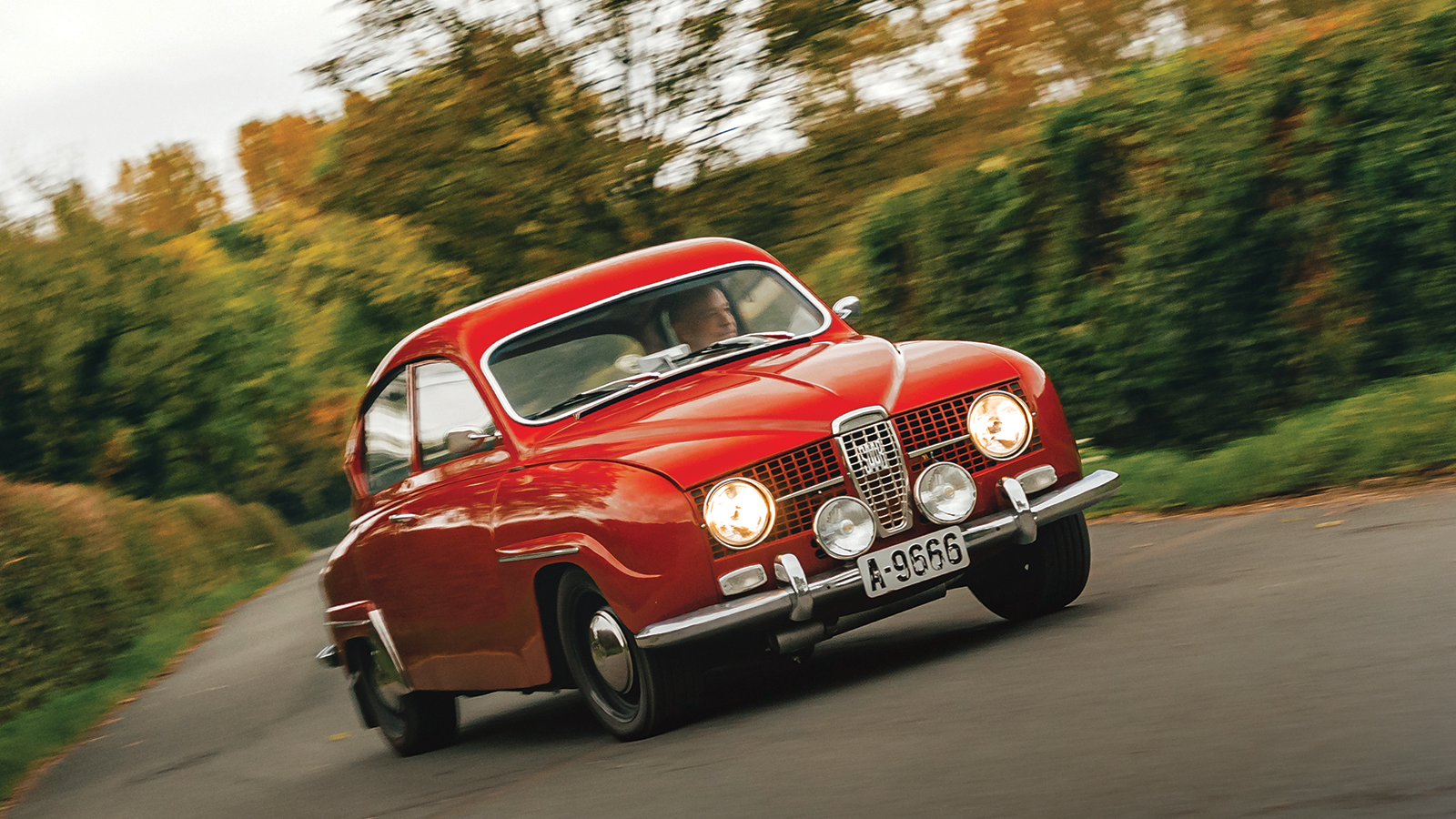 © Haymarket Archive
© Haymarket Archive -
 © Haymarket Archive
© Haymarket Archive -
 © Haymarket Archive
© Haymarket Archive -
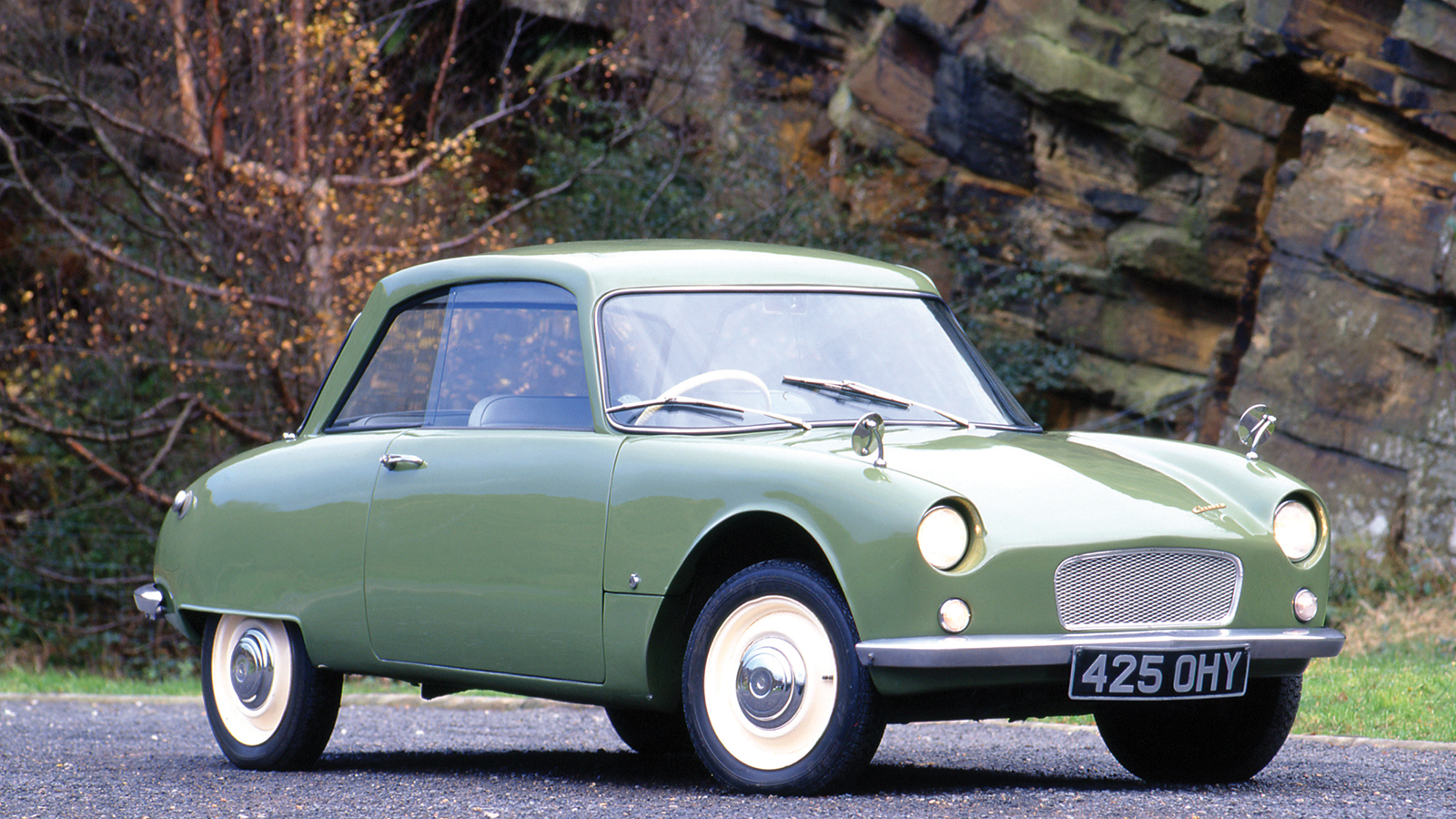 © Haymarket Archive
© Haymarket Archive -
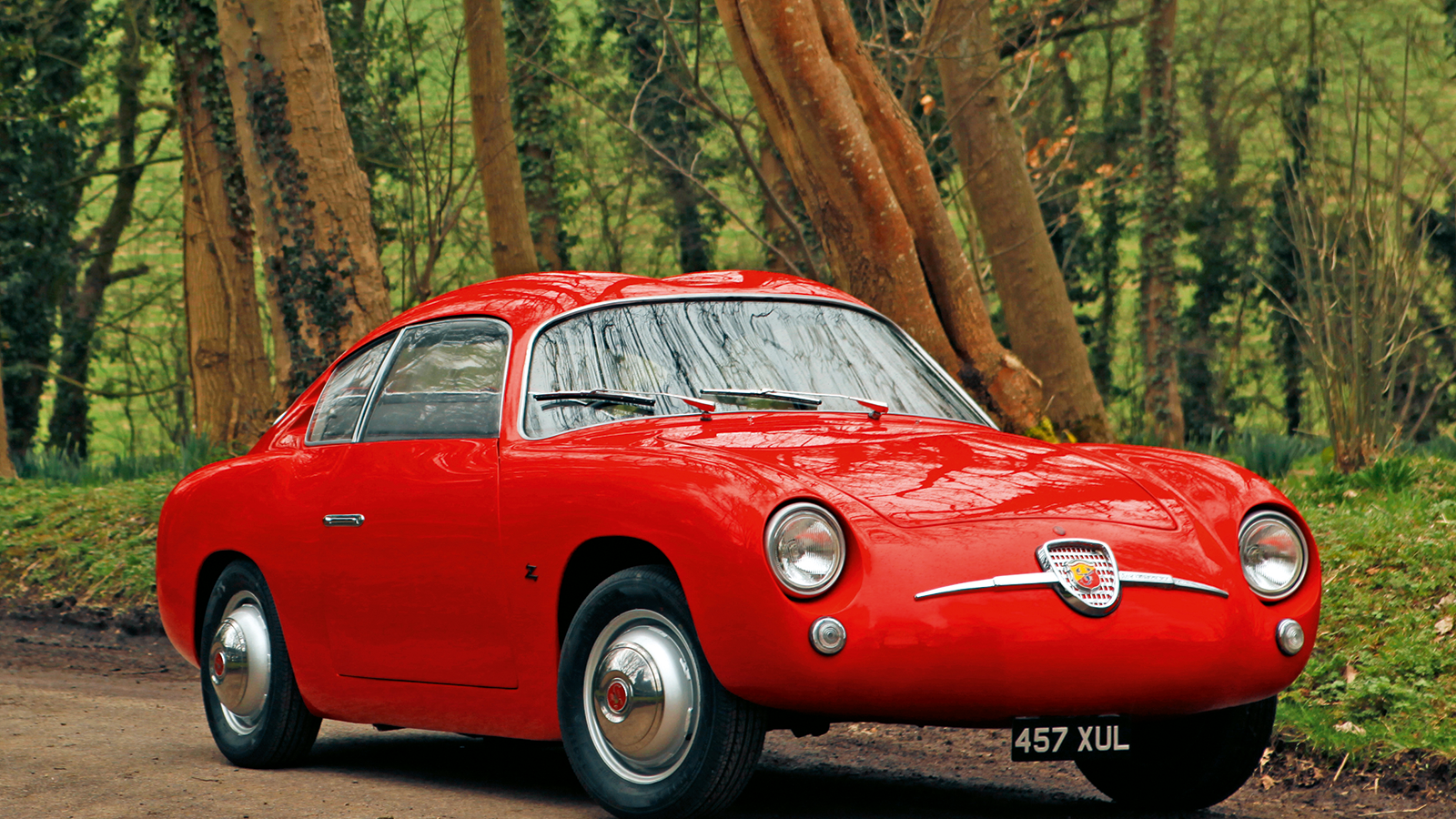 © Haymarket Archive
© Haymarket Archive
-
Frugal but fun
Although it is perhaps not yet officially recognised as a full-blown fuel crisis such as those we suffered in the 1970s, there is little doubt that times are currently pretty tough for fans of the internal combustion engine.
As ever-changing world conditions cause prices at the pump to spiral and thirsty, big-engined machines increasingly become pariahs in the face of the electric revolution, we decided it was time to gather together a group of classic greats with a compact carbon footprint, to prove that you don’t have to give up to go green.
Our rules were simple: each car had to have a proper engine – there are no Enfield Electrics or Zagato Zeles here – with a maximum capacity of 1000cc, and to sit on four wheels: our focus was on genuinely usable machines, rather than wacky bubble cars.
The final stipulation was that they had to be fun, so it came as no great surprise that we arrived at a quintet of drop-top sports cars for our shortlisted set (above). But these are just the tip of the iceberg.
So grab a thimbleful of fuel, pick one of our diminutive selection and prepare to enjoy the classic car hobby with a cleaner conscience…
-
1. Mazda R360
1960-’66, 356cc, c65,000 built, 16bhp, 60mpg
Mazda’s first passenger vehicle, the R360 was V-twin powered, rather than rotary as the name might suggest, and took the nascent kei-car market by storm as the first to offer a four-stroke engine and the choice of either a four-speed manual or two-speed automatic transmission.
Rubber suspension makes for a fun but bouncy ride.
-
2. DKW 3=6 & Auto Union 1000
1958-’65, 177,648 built, 981cc, 55bhp, 28mpg (AU)
DKW was the only one of Auto Union’s brands to survive post-war, and the two- or four-door 3=6 was noted for its generous cabin and composed front-drive handling.
The Auto Union-badged 1000 came five years later, using an uprated version of the two-stroke triple, and was available as a saloon, coupé and roadster.
-
3. Datsun 100A Cherry
1969-’76, 389,807 built, 988cc, 61bhp, 35mpg
Landed at Shoreham, West Sussex, the Datsun 100A was one of the earliest and most significant bridgeheads for the Japanese automotive industry in the UK market.
Sophisticated and already comparable with the best small European machines, the Cherry was a strong seller but rot-prone, and few UK models survive today.
-
4. Subaru 360
1958-’71, c392,000 built, 356cc, 16bhp, 79mpg
Nicknamed ‘Ladybug’, the 2.99m-long 360 was Japan’s first mass-produced kei car.
Powered by a 356cc two-stroke twin and weighing just 900lb (408kg) thanks to its thin steel monocoque and glassfibre roof, Subaru claimed a 60mph top speed.
It was advertised as ‘Cheap and Ugly’ in the US, where one publication branded its performance ‘not acceptable’.
-
5. Lotus Seven S1
1957-’60, c242 built, 948cc, 37bhp, 45mpg
The original road racer came with various engine choices, beginning with an 1172cc sidevalve, but both the 948cc BMC A-series and 997cc Ford Anglia options qualify it for our list, and there can be few more thrilling ways to deploy so little horsepower.
The latest entry-level Caterham Seven 170 revives the concept, with 660cc turbocharged Suzuki power.
-
6. Fiat 600 & Multipla
1955-’69, 2,695,197 built, 633cc, 22bhp, 38mpg
Fiat’s first rear-engined model, the 1955 600, succeeded the popular Topolino.
With four cylinders, four gears and four seats, it mobilised Italian families like never before.
The Multipla derivative (above) came a year later and, with its clever cantilevered steering wheel at the very front, liberated enough space for three rows of seats and six passengers.
-
7. Smart Roadster-Coupé Brabus
2005, 1616 built, 698cc, 100bhp, 44.4mpg
If you like your frugal motoring to be delivered with a sense of humour and more than just a dash of cachet, look no further than the Smart Roadster-Coupé Brabus.
It’s not the last word in driving dynamics – the ride is hard and that gearbox, which you can use as an auto or a clutchless manual via paddles or the gearlever, could never be called slick – but it is entertaining, plus it’s great for keeping your licence clean and helping your petrol go further.
Thanks to: owner Fran Terry and The Real Smart Car Owners’ Club
-
8. Toyota Sports 800
1965-’69, 3131 built, 790cc, 49bhp, 73mpg
Looking for all the world like a shrunken 2000GT, albeit with a targa-style top, this must rank as one of the coolest micro-classics of all.
Rarely seen outside its homeland, it makes more power than a Frogeye from two fewer cylinders and pairs a barely conceivable 73mpg with a top speed just shy of the ton.
-
9. Lancia Ardea
1939-’53, 22,730 built, 903cc, 29bhp, 31mpg
The Ardea bristled with innovation, despite being the Aprilia’s smaller sibling.
Monocoque construction and a pillarless body were rare in this class, but the Ardea’s sophisticated, Vittorio Jano-designed hemi-head V4 engine was perhaps the biggest highlight.
Later Ardeas were arguably the first production cars offered with a five-speed gearbox.
-
10. Deutsch-Bonnet Le Mans
1959-’62, 232 built, 848cc, 50bhp, 37mpg
Making use of air-cooled two-cylinder Panhard engines of varying sizes, DB had consistent success at the world’s most famous 24-hour endurance race in sub-1-litre classes, with the appropriately named Le Mans its most road-focused car.
Performance was equivalent to a contemporary MGA or Porsche 356, thanks to the lightweight glassfibre body.
-
11. Honda S800
1966-’70, 11,536 built, 791cc, 70bhp, 35mpg
Making use of extensive experience in motorbike engines (the early cars were even chain-drive) Honda’s S800 had a 9500rpm redline and a specific output double that of most of its competitors, as well as stylish bodywork.
Available as a coupé and convertible, the lithe and rev-happy S800 was Honda at its groundbreaking best.
-
12. Austin Seven
1923-’39, c290,000 built, 747cc, 24bhp, 40mpg
Released in 1922, the four-cylinder, three-speed, open-topped Austin Seven could seat two adults and two children, all for the modest sum of £155.
By the end of ’26 nearly 15,000 had been built and the car that had started out as a simple open Chummy was maturing into a full range of body styles from the factory and coachbuilders alike.
The Baby Austin remains an accessible way into pre-war motoring, luring those infatuated by the mystique of this far-off era.
Thanks to: owner Dan Geoghegan
-
13. Innocenti Minitre
1982-’87, n/a built, 993cc, 52bhp, 40mpg
Innocenti had first rebodied the Mini as a three-door hatch in 1974, but eight years later the model gained the sohc, three-cylinder 993cc engine from the Daihatsu Charade.
Known as the Minitre from 1984, it was capable of 90mph and handled with brio thanks to the Charade’s front MacPherson struts and independent rear suspension.
-
14. Renault Rodeo 4
1970-’87, c60,000 built, 845cc, 34bhp, 37mpg
Having hesitated and lost the ultra-light utility market to the Méhari, Renault commissioned small French maker ACL to produce the Rodeo.
Based on an R4 van chassis with an 845cc engine and optional four-wheel drive, its polyester body was available in five formats.
The later Rodeo 5 and 6 introduced larger engines and body trim.
-
15. Standard Eight, Ten & Companion
1953-’59, 136,317 built, 803cc, 26bhp, 43mpg (Eight)
Overshadowed by rival Austins, Standard’s new-for-1953 Eight was a worthy and efficient little four-door with ohv engine, four-speed ’box and hydraulic brakes.
Incredibly basic at launch, with sliding windows and a boot accessed through its split rear seat, the Eight was complemented by the 948cc Ten and Companion estate.
-
16. Honda Beat
1991-’96, 33,635 built, 656cc, 63bhp, 47mpg
Originally presented by Pininfarina to Honda, which then bought the design, the Beat is perhaps the most mechanically complex of the kei ‘ABC’ group (including the Autozam and Cappuccino).
Its tiny, mid-mounted three-cylinder engine featured individual throttle bodies and revved past 9000rpm.
Never officially sold in the UK, but many were imported.
-
17. Rover Eight
1919-’25, 17,700 built, 998cc, 13bhp, 45mpg
An early divergence from cyclecars into the more ‘proper’ light-car category, the Rover Eight used an air-cooled flat-twin engine behind a false radiator grille.
The Eight’s low RAC rating, robust perimeter-frame chassis and even four-seater bodies later on earned these little Rovers considerable sales success before the marque moved upmarket.
-
18. Daihatsu Copen
2002-’12, c50,000 built, 659cc, 67bhp, 44mpg
Daihatsu had the kei sports car market to itself in the 2000s, and the folding-hardtop Copen was officially supplied to the UK, too.
Powered by a tiny turbo ‘four’, the cutesy Daihatsu doesn’t quite match the performance of the Suzuki Cappuccino thanks to the extra weight of its roof mechanism, but makes a better car as an everyday cruiser.
-
19. BMW 600 & Isetta
1957-’59, 34,813 built, 582cc, 19bhp, 70mpg (600)
BMW’s three-wheeler Isetta evolved into the four-wheel 300, using an uprated 13bhp, 298cc version of the air-cooled, single-cylinder engine and topping 94mpg.
The 600 (above) upped the ante with a two-cylinder ‘boxer’ engine, a longer body and seating for four, though driver and front passenger still entered via the car’s opening front section.
-
20. MG M-/J-/P-type Midget
1928-’36, 8227 built, 847cc, 20-36bhp, 38-35mpg
The MG ‘Midgets’ offered 60mph performance for just £185 in 1929.
That value proposition only got better through the improved J-types with twin carbs and four-speed ’boxes, then the more famous P-types that were all over the burgeoning amateur motorsport scene and which inspired a new US audience for British sports cars.
-
21. Triumph Herald
1959-’70, 510,614 built, 948cc, 35bhp, 40mpg
The pretty Mk1 Herald offered economy with a cut of style beyond its contemporaries, especially in convertible and coupé forms – the latter of which is how Giovanni Michelotti originally designed the car, rather than the more ubiquitous saloon.
Practical and entertaining, and tuning options abound thanks to shared componentry with the sporty Spitfire.
-
22. Honda Z600
1970-’74, 40,586 built, 597cc, 36bhp, 40mpg
Based on the N600, itself a kei car adapted for western markets with a (slightly) larger engine, the Z600 reflected ’70s styling tastes precisely with its bulbous shape and lurid colours.
Marketed as the Z in its home market with a 360cc twin, the tiny Honda offers revvy low-speed thrills and features interesting details such as a glass rear hatch.
-
23. Fiat 500
1957-’75, 3,893,294 built, 479cc, 13bhp, 63mpg (Nuova)
Both created by Fiat’s Dante Giacosa, the Topolino and later Nuova democratised car ownership in Italy.
While the front-engined Topolino was a technologically advanced two-seater, the 1957 rear-engined Nuova 500 could accommodate four within its 3m-long body.
Its all-alloy, Lampredi-designed air-cooled motor powered it to a top speed of 53mph.
-
24. Messerschmitt Tg500 Tiger
1958-’61, 320 built, 494cc, 20bhp, 43mpg
Double the power of the KR200 meant the addition of an extra rear wheel for the Tiger and, with 78mph potential, it needed it.
The Fritz Fend-designed body had tandem seats, accessed through an aircraft-style canopy.
With direct steering and a potent, air-cooled, two-stroke ‘twin’, the Tiger was also a demon hillclimber.
-
25. Saab Sonett II
1966-’67, 258 built, 841cc, 59bhp, 34.5mpg
The original Sonett had been a limited-production roadster introduced in 1955, but in 1966 came a pretty coupé aimed squarely at the American market.
Most had the 1.5-litre V4 that would also successfully power the Sonett III, but the first 258 featured the 841cc two-stroke triple from the 96 Sport – enough to push the slippery coupé to 106mph.
-
26. Hillman Imp
1963-’76, 440,032 built, 875cc, 37bhp, 43mpg
With an easy-to-tune ohc aluminium engine, rear drive and a light, cleverly designed body, an Imp can be a real driver’s car if you can get over jokes about unreliability – largely caused by people forgetting to use corrosion inhibitor.
Coupé variants are particularly desirable, especially in plush badge-engineered Singer Chamois or Sunbeam Stiletto forms.
-
27. Austin-Healey Sprite Mk1
1958-’61, 48,987 built, 948cc, 42.5bhp, 43mpg
The original ‘Frogeye’ set the blueprint for the affordable, frugal, no-frills sports car, and it’s no coincidence that many other small sports cars echo its cheeky face.
Austin and Healey became bedfellows in 1952 with the 100, and little brother Sprite followed six years later.
With 42.5bhp from its 948cc A-series engine, this 664kg charmer delivers thrills that a supercar won’t at twice or three times the speed (and many more times the cost).
Thanks to: Classic Car Auctions
-
28. Innocenti 950 Spider
1961-’63, 4790 built, 948cc, 46bhp, 40mpg
One of the early instances of the Italians taking a good but very traditionally styled British series production car and giving it a much sharper body, the 950 Spider was essentially a Mk2 Austin-Healey Sprite under the skin, but with a wider track, wind-up windows and a more spacious interior.
A treat both to look at and to drive.
-
29. Suzuki SJ410 & Santana
1981-’89, 1,693,000 built, 1000cc, 44bhp, 34mpg
Suzuki’s tough SJ gave ’80s buyers the chance to live their off-road dreams without breaking the bank.
Part-time 4WD, an 850kg kerbweight and a separate chassis gave mud-plugging cred, though being top-heavy and narrow meant care was needed on-road, even with a 68mph top speed.
Spanish-built cars were called Santanas from ’85.
-
30. Fiat Panda 4x4
1983-’90, 4.49m built (all), 965cc, 45bhp, 35mpg
Giorgetto Giugiaro’s utilitarian micropiece was most versatile in 4x4 specification: adding a part-time Steyr-Puch system and low-ratio first gear, the Panda became prolific across Europe and especially in the Alps.
Early 965cc versions are rare, while later 999cc models in adventure-themed Sisley trim are increasingly sought-after.
-
31. Mini Marcos & Midas Bronze
1965-’96, n/a built, 848cc, n/a, 35mpg (Marcos)
Marcos boss Jem Marsh sold this glassfibre monocoque kit car for £199 at launch, using Mini running gear and subframes.
Engine options began with the 850, though most were more potent, with pin-sharp handling.
It was developed into the Midas, but the Marcos returned as the MkV and is still sold as the Heritage MkVI.
-
32. Daihatsu Compagno
1963-’70, c120,000 built, 797cc, 41bhp, 36mpg
The first Japanese car officially sold in the UK, the Compagno featured attractive Vignale-styled bodywork and, while it struggled to make an impact in Britain thanks to import tariffs, even Autocar couldn’t deny it was better built than much of the homegrown opposition, despite its antiquated separate chassis.
-
33. Fiat 508S Balilla
1933-’37, c2000 built, 995cc, 36bhp, 31mpg
Born out of the Depression years, the Balilla 508S was designed to broaden Fiat’s market share and, while its separate chassis and 995cc in-line ‘four’ (overhead-valve from ’34) were conventional, its light weight made it a competitive motorsport tool.
Mainly sold as a two-seater tourer in the UK, the Balilla was produced with a wide range of body styles.
-
34. Singer Nine Sports
1933-’37, 2358 built, 972cc, 26bhp, 35mpg
Perhaps not quite as glamorous as rival MG models, but every bit as capable, the Nine Sports had chunky good looks and a decent turn of speed from its 972cc sohc ‘four’.
Highly tunable, and with hydraulic brakes as standard, even the most basic Nine could top 66mph, with the Le Mans mustering 40bhp and 70mph.
-
35. Mini Moke
1964-’93, 50,518 built, 848cc, 34bhp, 45mpg
Rejected by the military and farmers alike, the Moke finally found its place as a beach buggy and ‘island car’ – basically, wherever the journeys are short and the weather is hot, the Moke is one of the best ways to travel.
Built in three main variations: identify a Longbridge car by its 10in wheels, an Australian by 13s and Portuguese by 12s.
-
36. Suzuki Cappuccino
1991-’97, 28,010 built, 657cc, 63bhp, 50mpg
Suzuki, arguably the kei car master, produced the Cappuccino to create a more exciting image for the brand heading into the 1990s.
The revvy 12-valve 657cc unit propels the 725kg Cappuccino to 60mph in eight seconds, and the superb gearbox and unassisted steering make it a very capable driver’s car, too.
Thanks to: Paul May and Suzuki GB
-
37. Fiat 126
1972-’80, 1,352,912 built, 594cc, 23bhp, 53mpg
The Sergio Sartorelli-designed 126 replaced the long-lived 500, but launched at a time when rear-engined cars were on the wane.
Despite that, it became the 26th most long-lived single-generation car in history, its life extended by licenced manufacturing outside Italy.
Engine capacity increased to a mighty 704cc before production ended in 2000.
-
38. Renault 4CV & Dauphine
1956-’67, 2.15m built, 845cc, 27bhp, 40mpg (Dauphine)
The 4CV gave post-war France a practical, pared-down, four-seater mobility solution for families, though its rear-mounted 760cc ‘four’ struggled on the new French autoroutes.
The Dauphine joined it in the range 10 years later, using the 4CV’s underpinnings but offering more space inside, improved performance and still 40mpg.
-
39. GSM Delta
1960-’64, c35 built, 997cc, 57bhp, 45mpg
Based on the Dart by South African firm Glass Sport Motors – a model owned by legendary Formula One designer Gordon Murray, no less – the British Delta was assembled in West Malling, Kent, with tuned Ford Anglia power giving a claimed 100mph.
Popular among club racers, it was available with roadster or quirky coupé glassfibre bodies.
-
40. Suzuki SC100 GX
1978-’82, 4693 UK sales, 970cc, 47bhp, 42.4mpg
Developed from the Giugiaro-styled Japanese-market Fronte Coupé, the wider ‘Whizzkid’ (badged Cervo for export markets) swapped the original kei car’s triple for a sweet-revving sub-1-litre ‘four’ shared with the Suzuki Rascal van and SJ410 jeep – albeit mounted in the tail and driving the rear wheels, like a back-to-front Mini Cooper.
-
41. Fiat 850 Spider
1965-’72, 124,669 built, 843cc, 49bhp, 38.5mpg
The Bertone-styled and built Fiat 850 Spider was produced between 1965 and 1972, latterly as the 850 Sport Spider.
It features a good-sized front boot, a neatly hidden hood and lots of space around the four-cylinder engine.
While no rocketship, it’s sprightly and civilised with direct steering and a supple ride – but keep in mind that parts are few and far between, and the fact that the £300 rear lights are shared with the Lamborghini Miura means it will never be as carefree to run as a Sprite or a Midget.
Thanks to: Rob Taylor and Fiat Motor Club GB
-
42. Mini & Mini Cooper
1959-2000, 5,378,776 built, 848cc, 34bhp, 43mpg
With great handling, fantastic spares support and iconic looks, the Mini showed, perhaps more than any other car, that small engines need not mean a lack of fun.
Early 850s are charming, while later 998cc Austin/Rover Minis are ideal for more regular use.
For real sporting and collector appeal, try the 997, 998 and 970cc Cooper and ‘S’ variants.
-
43. Morris Minor
1948-’53, 176,002 built, 918cc, 27bhp, 42mpg (MM)
Both the pre- and post-war Minors make our list, the original having been an 850cc Austin Seven rival built from 1928-’34.
The name returned in 1948 for the Minor MM (pictured), powered by a sidevalve ‘four’, but capacity remained sub-1-litre through the Series II and early Minor 1000 models until a more potent 1098cc A-series was introduced in 1962.
-
44. Reliant Kitten
1975-’82, 4551 built, 848cc, 40bhp, 42mpg
Combining the corrosion-resistant glassfibre bodies and fuel-saving talents of the Robin with a fourth wheel, the Kitten was one of the UK’s last rear-wheel-drive hatchbacks.
Gaining in power over its predecessor, the angular Rebel, the 848cc Kitten had enough performance to raise a smile, matched to sharp steering and entertaining handling.
-
45. Daihatsu Charade GTti
1987-’93, n/a built, 993cc, 100bhp, 37.3mpg
A decade after the launch of your grandparents’ runabout, the third-generation Charade finally offered something to tempt enthusiasts: a screaming 12-valve, twin-cam triple sending 100bhp to the front wheels.
That was enough to punt the 808kg supermini from rest to 60mph in 7.8 secs, and on to a top speed past 110mph.
-
46. Austin A30, A35 & A40 Farina
1951-’67, 867,720 built, 948cc, 34bhp, 40mpg (A35)
Whether you prefer the styling of the traditional A30/A35 or the sharp A40 Farina, both cars have predictable rear-wheel-drive handling that can offer fun at low speeds – or higher speeds if you join one of the historic race series that these cars dominate.
The A40 Countryman has a Range Rover-style split tailgate.
-
47. Trabant 601
1964-’90, 2,818,547 built, 594cc, 22-25bhp, 36mpg
Despite being poorly built and unreliable, the Trabant has somehow achieved cult status.
Powered by a smoky two-cylinder, air-cooled, two-stroke engine, it could top 62mph, though economy was nothing special.
The ‘Trabi’ is perhaps best-known for its Duroplast body panels, which kept weight down to 600kg and, it was claimed, gave it a lifespan of 28 years.
-
48. Citroën Méhari
1968-’87, 144,953 built, 602cc, 29bhp, 45mpg
The 2CV was famously effective over a ploughed field, so it made total sense to create a more rugged version and the Méhari sold well as a fun utility vehicle and military workhorse.
The plastic body and generous load bay were practical, and a high ride height added to the 2CV’s mountain-goat prowess – particularly in rare 4x4 form.
-
49. Renault Floride & Caravelle
1958-’68, 117,113 built, 956cc, 45bhp, 35mpg
A slice of French Riviera style that fits right in with the yachts of St Tropez, but with tiny running costs.
Dauphine-based up to 1962 – at which point Renault wasn’t producing any cars with an engine larger than 1000cc – after which it was R8-based, gaining in performance and road manners, but losing some visual charm.
-
50. BMW 700 Coupé
1959-’64, 188,121 built, 697cc, 32bhp, 48mpg
Based on the diminutive 600, the 700 Coupé added a Michelotti-designed body giving it ‘proper car’ credibility, though it still measured just 11ft 7in (3.54m) in length.
Powered by a rear-mounted 697cc flat-twin, a Sport model soon joined the range and with 40bhp enjoyed success on Germany’s hillclimb circuit, and even at the Nürburgring.
-
51. Goggomobil
1955-’69, 284,491 built, 298cc, 15bhp, 51mpg (TS 300 Coupé)
Produced by Hans Glas GmbH in Bavaria, the sub-3m ‘Goggo’ could be had as a saloon, coupé or even a commercial vehicle.
Its rear-mounted, air-cooled, two-stroke engine gave a 60mph top speed, and surprisingly advanced all-independent suspension by coils and swing-axles meant it was relatively civilised to drive.
-
52. Simca 1000
1961-’78, c1.5m built, 944cc, 44bhp, 44mpg
Born out of a post-Suez Crisis demand for sub-1-litre cars, the 1000 was a spiritual successor to Simca’s pre-war Cinq model.
The two-door four-seater challenged the Renault Dauphine, and was powered by a new and advanced rear-mounted, water-cooled ‘four’ with a five-bearing crank.
Not a class-leader dynamically, but spacious for such a small car.
-
53. Ginetta G15 & Clan Crusader
1968-’74, c800 built, 875cc, 55bhp, 43mpg (G15)
Like the Coventry Climax unit that inspired it, the all-alloy Hillman Imp engine was loved by lightweight sports car makers.
Ginetta deployed it to fine effect in the rear-engined G15, as did County Durham-based Clan with its similarly effective but rather less pretty Crusader.
Honourable mention for the long-running Davrian, too.
-
54. Volkswagen XL1
2013-’16, 200 built, 800cc, 47bhp, 313mpg
Capable of 100km on a single litre of fuel, hence the ‘L1’ name, the VW returns a mind-boggling mpg figure to make this the most fuel-efficient (and expensive) car in this list.
When new, £100,000 bought you a technological tour de force with a two-cylinder diesel plug-in hybrid drivetrain, carbonfibre body panels and a featherlight weight of just 795kg.
-
55. NSU Prinz & Sport Prinz
1959-’68, 20,831 built, 583cc, 30bhp, 48mpg (Sport Prinz)
The Sport Prinz was a pretty two-seater coupé, styled by Bertone and based on the first-generation Prinz saloon, from which it took its 583cc air-cooled twin to achieve a creditable 75mph top speed.
The second-generation Prinz saloon came two years later, with more refinement and interior space, as well as a Chevy Corvair-style body.
-
56. Riley Elf & Wolseley Hornet
1961-’69, 59,367 built, 998cc, 38bhp, 40mpg
The Elf and Hornet weren’t just Minis with a boot, they also gained more luxurious interiors, especially the pricier Riley, and the 1963 Mk2 added a 998cc engine that was previously only seen in Coopers.
The ‘custom from the factory’ approach anticipated the upgraded Mini trend from the likes of Radford and Wood & Pickett.
-
57. Panhard Dyna Z, PL17 & 24CT
1954-’67, c299,000 built, 848cc, 60bhp, 45mpg (24CT)
Streamlined and fine-riding, the six-seater Dyna saloons were powered by frugal air-cooled 848/851cc flat-twins that punched above their weight.
The later PL17 spawned a cabriolet and estate, but in 1964 parent Citroën’s designers created the attractive 24CT (above), with four-wheel disc brakes and a 90mph top speed.
-
58. Ford Anglia 105E
1959-’67, 1,288,956 built, 997cc, 39bhp, 41mpg
A breath of fresh air not just because of the styling, the Anglia 105E also gave a debut to the Kent engine and a four-speed gearbox for Ford of Britain.
Long a favourite of hot-rodders, the Anglia’s MacPherson strut front and live-axle rear are simple but effective.
For more post-modern styling, see Michelotti’s Italian-market Ford Anglia Torino.
-
59. Autozam AZ-1
1992-’94, 3878 built, 657cc, 63bhp, 80mpg+
Like a Group C racer that’s been through a boil wash, the Suzuki-based, Mazda-built AZ-1 is a gullwing-doored, rear-engined, dumpling-sized mini supercar.
Created to be fast and furious all the way to the 9000rpm redline, the tiny rocketship is all kinds of fun.
Built for the Japanese market only, but a handful of émigrés made it to the UK and rightly command big money.
-
60. Saab 92, 93, 95 & 96
1947-’68, 740,826 built, 841cc, 42bhp, 22mpg (96)
Saab’s wind-tunnel testing drove the original 92’s design, which remained recognisable through the 93, 95 (estate) and 96 models.
Strong, functional and sweet-handling, all models used Saab’s two-stroke engine (two-cylinder in the 92, a triple in the 93, 95 and 96) until 1968, when it was replaced by a – more frugal – four-stroke V4.
-
61. NSU Wankel Spider
1963-’67, 2375 built, 497cc, 50bhp, 32.9mpg
After chopping the top off the Sport Prinz, the pretty Spider swapped the coupé’s air-cooled twin for a single-rotor Wankel rotary with a Solex carb.
Free-spinning and powerful, giving a 95mph maximum, it was also fragile – most have had multiple engine swaps over the years – and disappointingly thirsty for such a diminutive unit.
-
62. Renault 4
1961-’92, 8,134,424 built, 747cc, 27bhp, 37mpg
The world’s third-best-selling car after 30-plus years in the market, the R4 had been Renault’s riposte to the 2CV, with simplicity, toughness and practicality driving its remit.
Long-travel suspension gave go-anywhere appeal (albeit with lots of roll), plus there was rack-and-pinion steering and tidy handling.
You could even take out the rear hammock seats.
-
63. Citroën 2CV, Ami, Dyane & Bijou
1948-’90, 7,152,123 built, 425cc, 12bhp, 49mpg
Rugged, affordable and useful, the 2CV trailblazed innovation with its simple platform chassis, air-cooled flat-twin and clever all-round independent suspension.
Citroën GB created the glassfibre-bodied, 2CV-based Bijou (above) as a second car for DS owners from 1959, but against the new Mini only 211 were sold.
-
64. Abarth 750
1956-’60, 500 built, 747cc, 42bhp, 35mpg
Today Abarth is probably most famous for its hot Fiat 500s, but in the small-but-mighty 750 the tuning marque produced a car all of its own.
Based on the Fiat 600, but with a bored-out engine and Zagato-crafted coupé bodywork, the pretty little 750 came to dominate small-capacity competition.
Most have Zagato’s famous ‘double-bubble’ roof.
Thanks to Bicester Heritage and Scramblers
